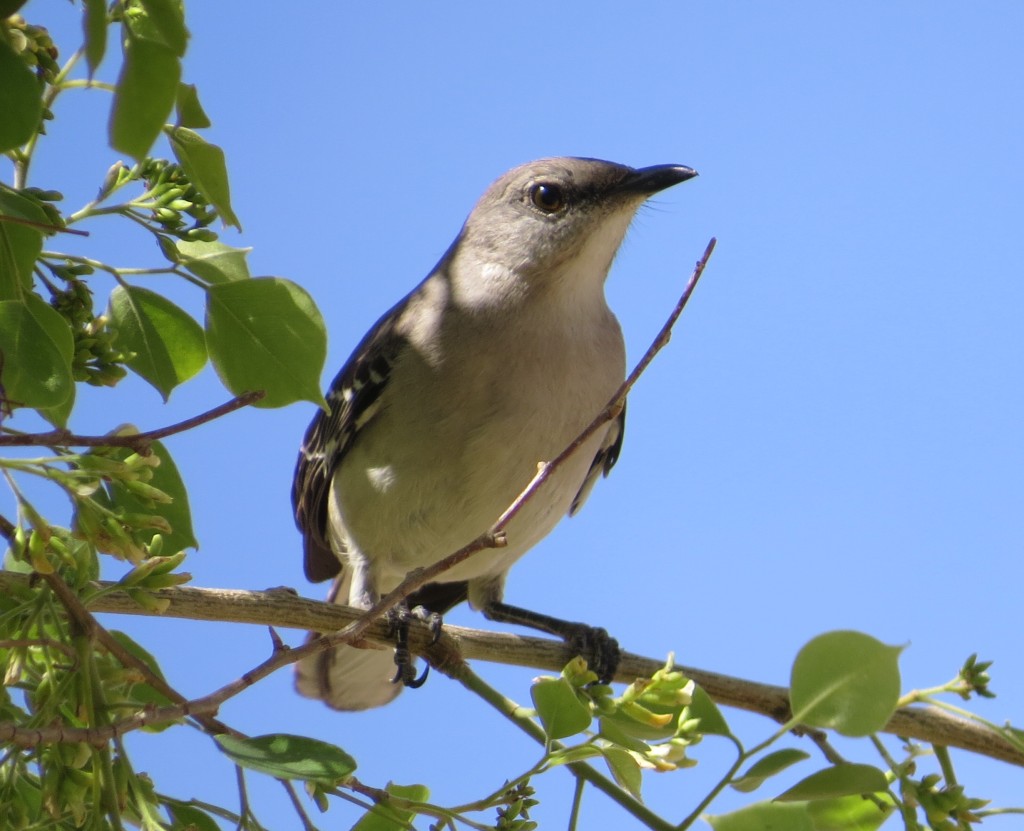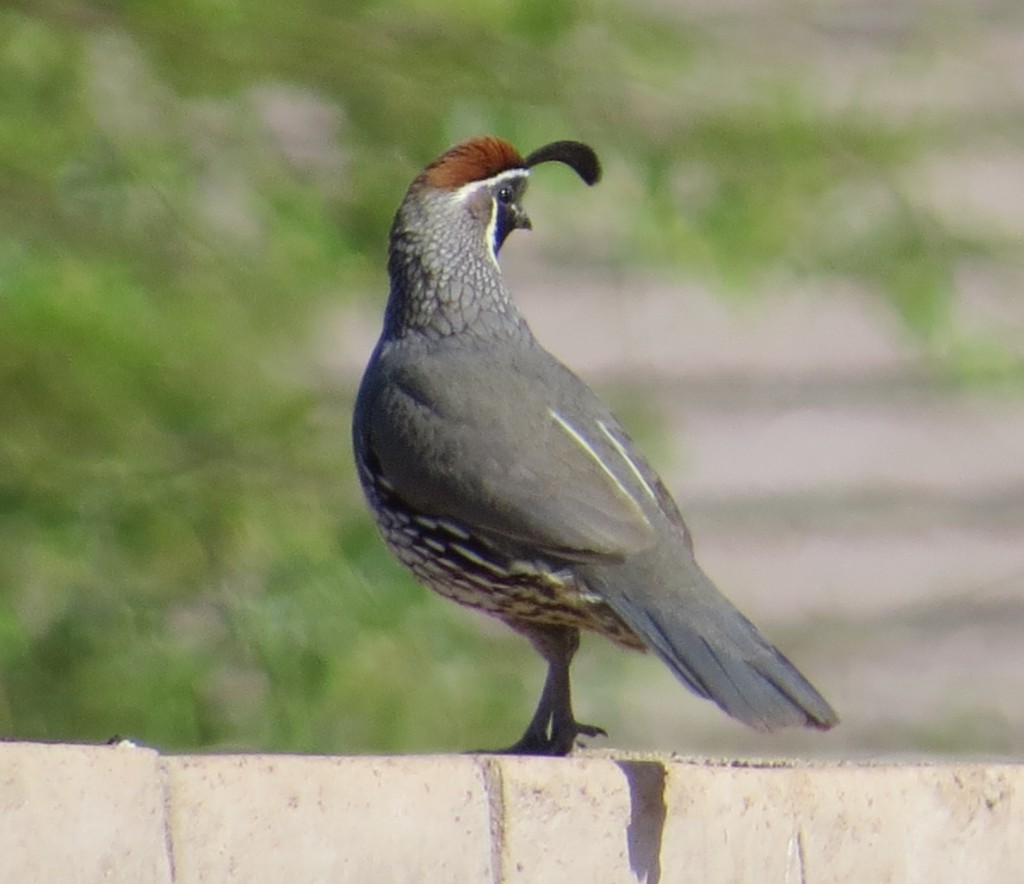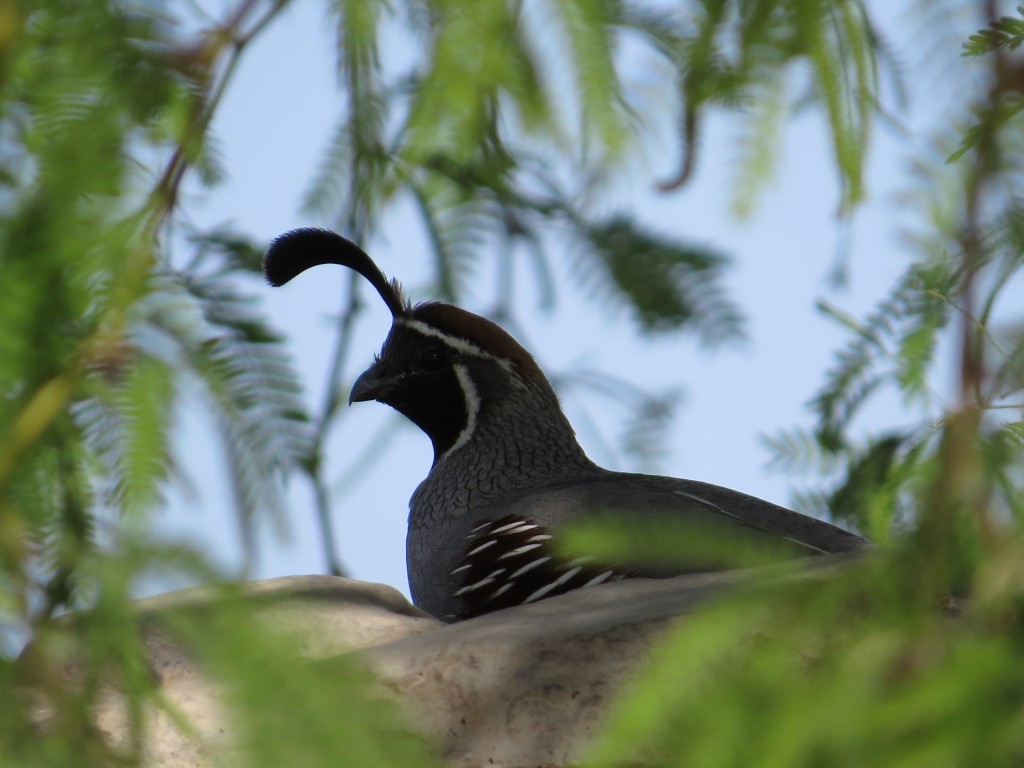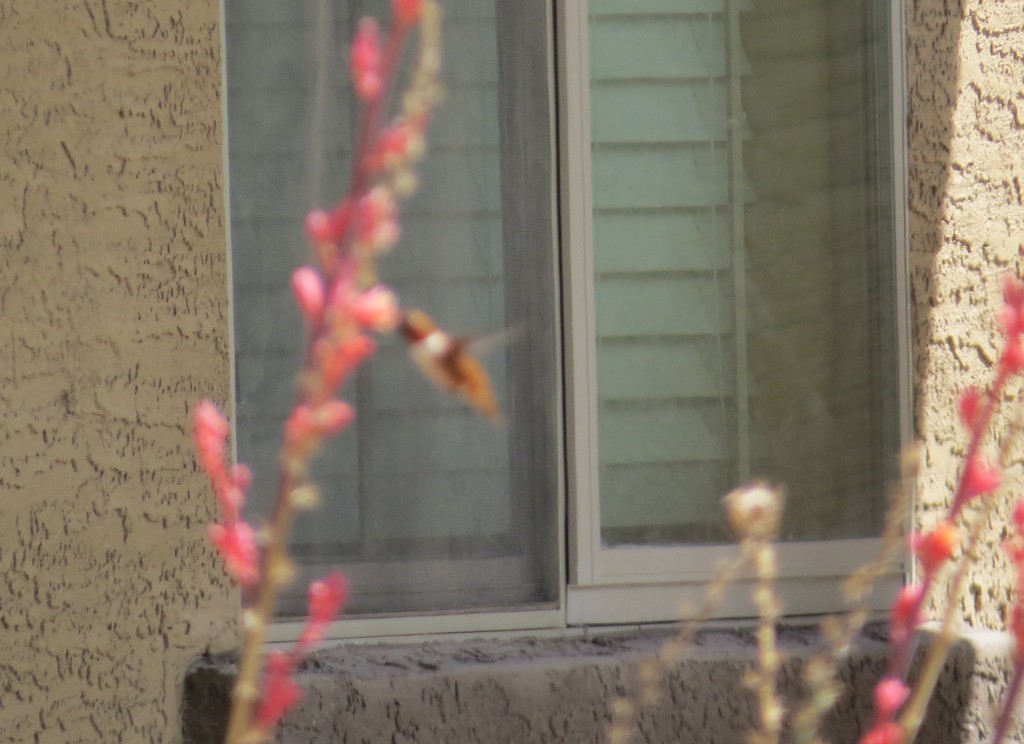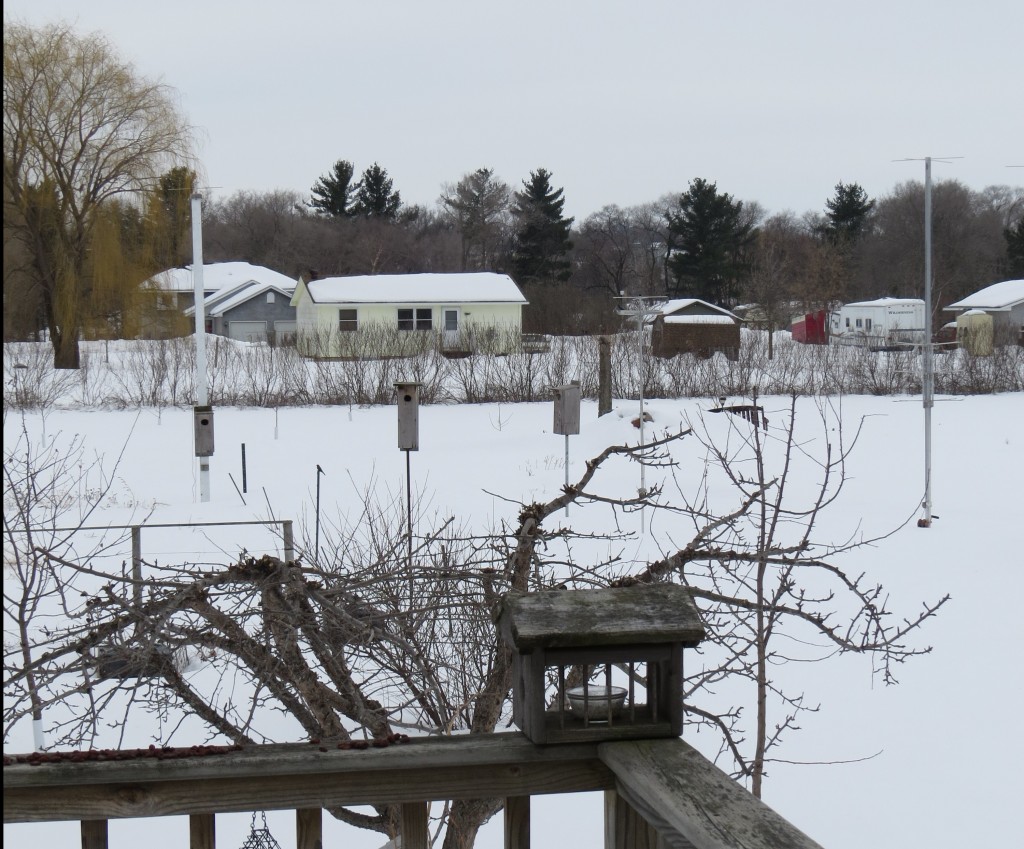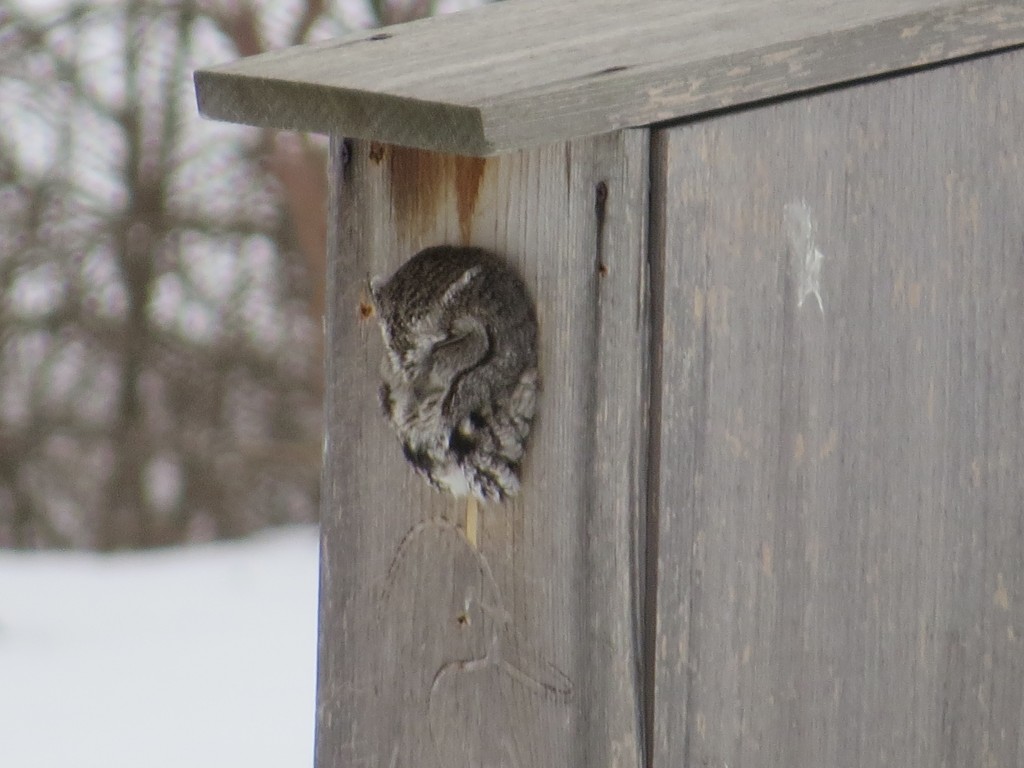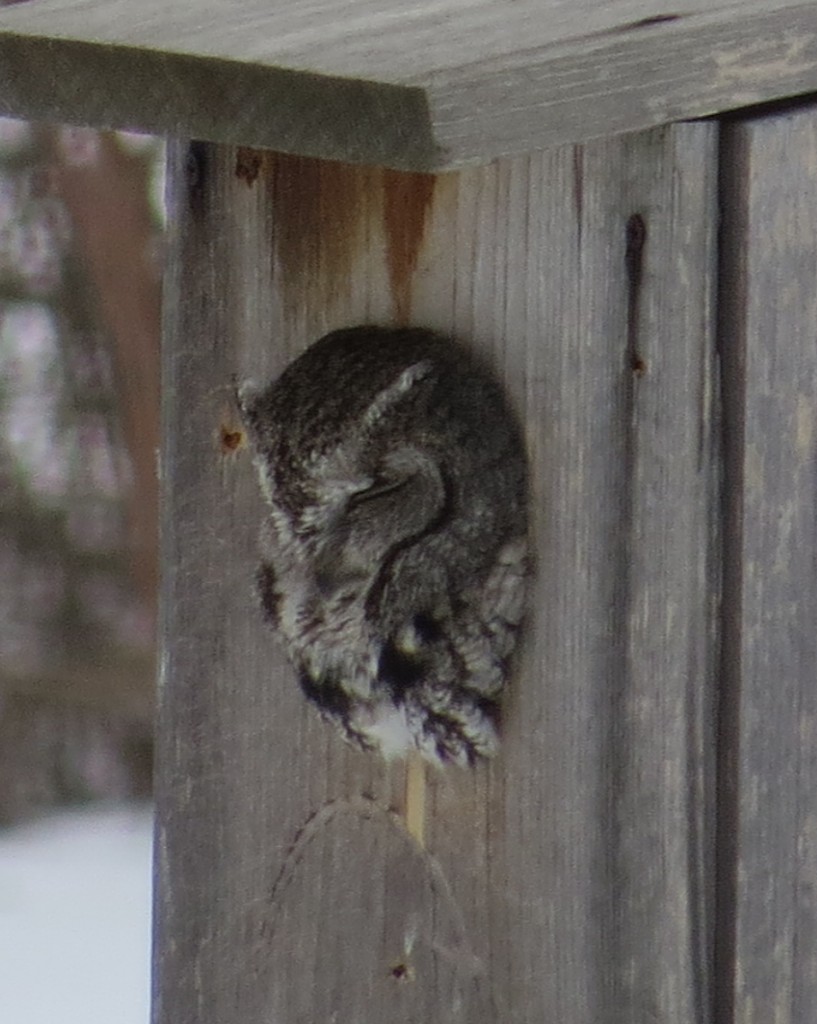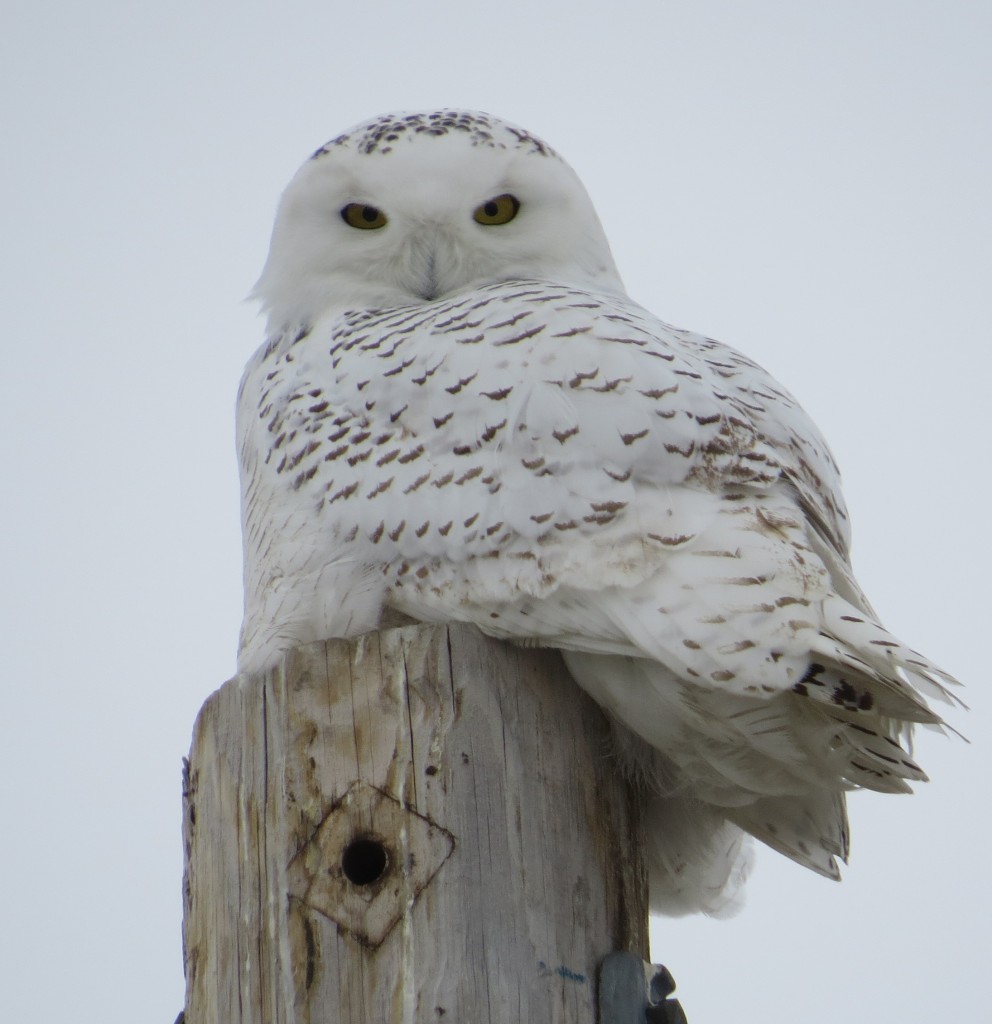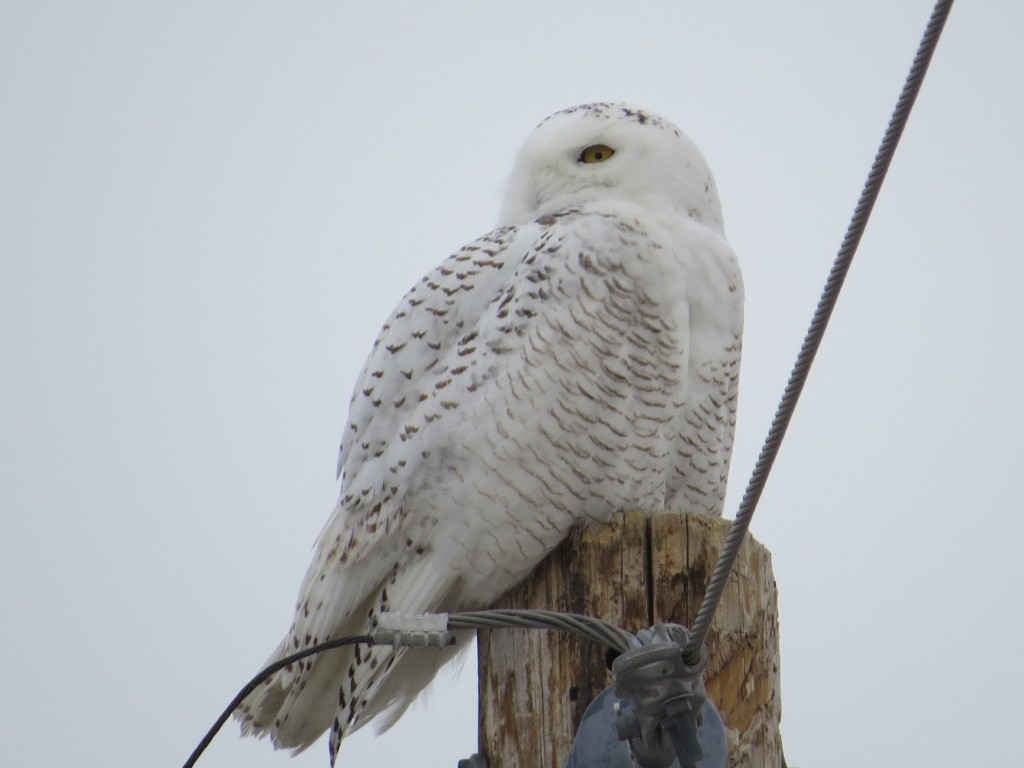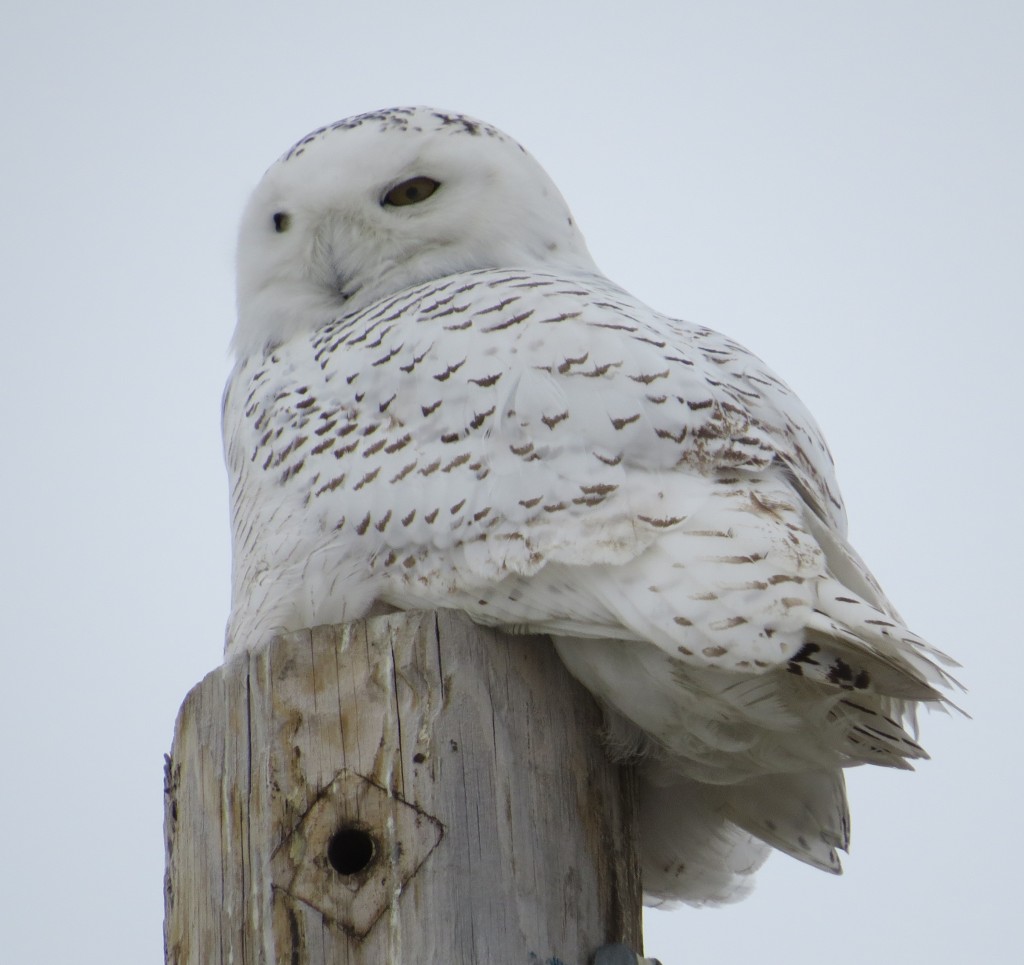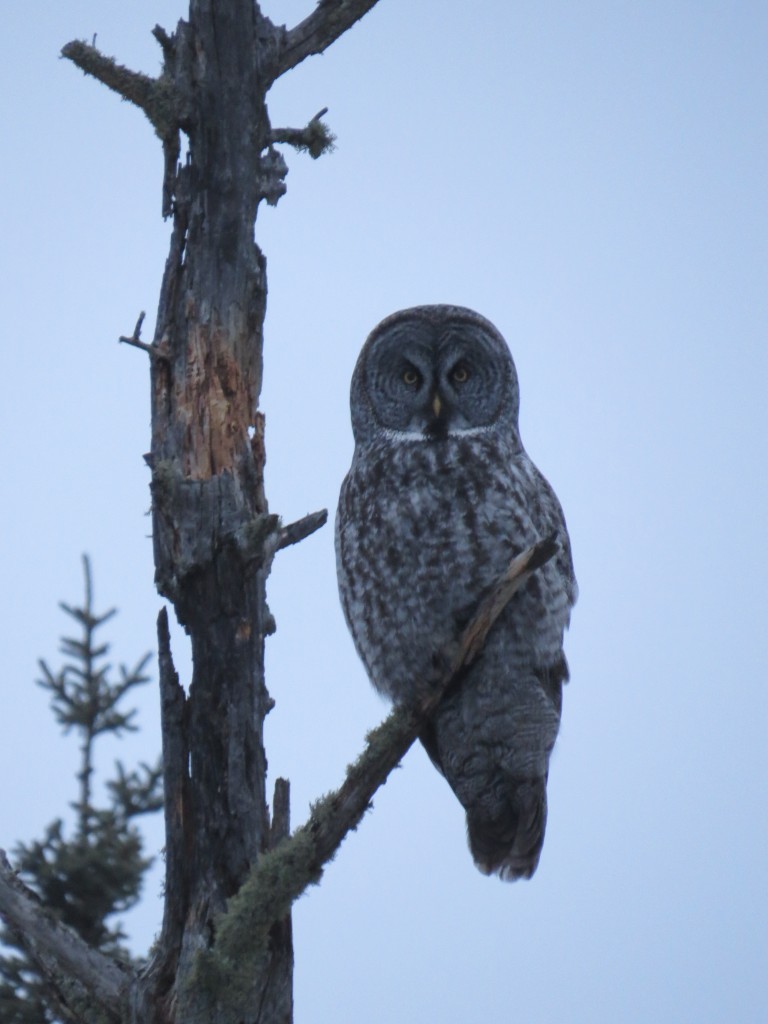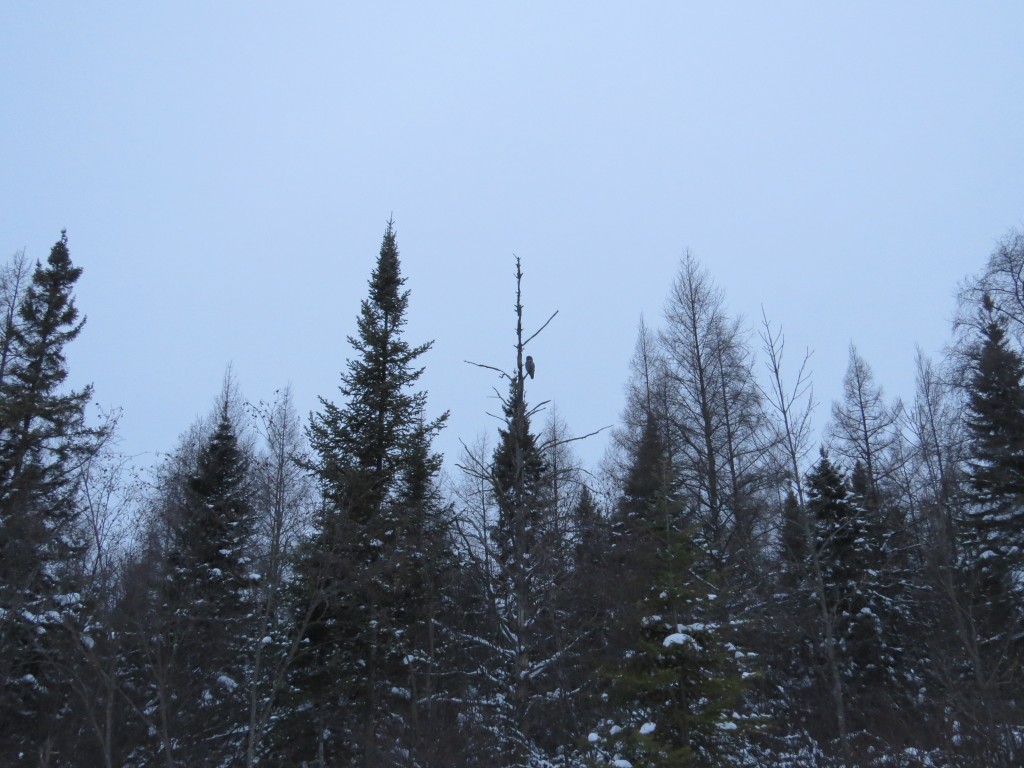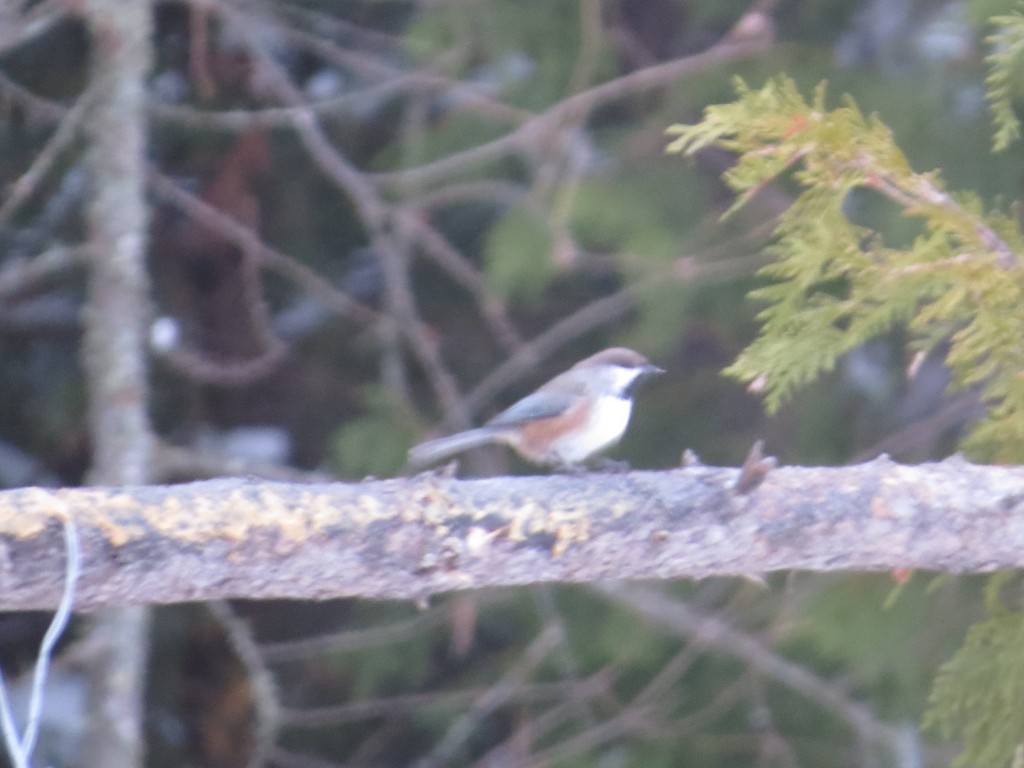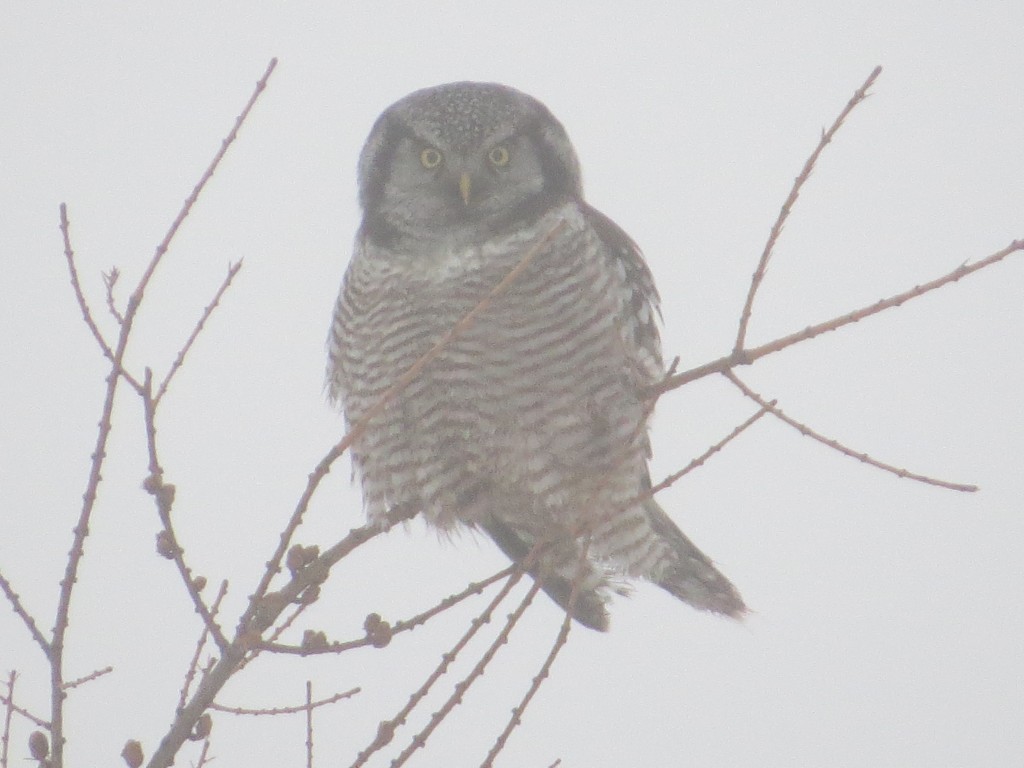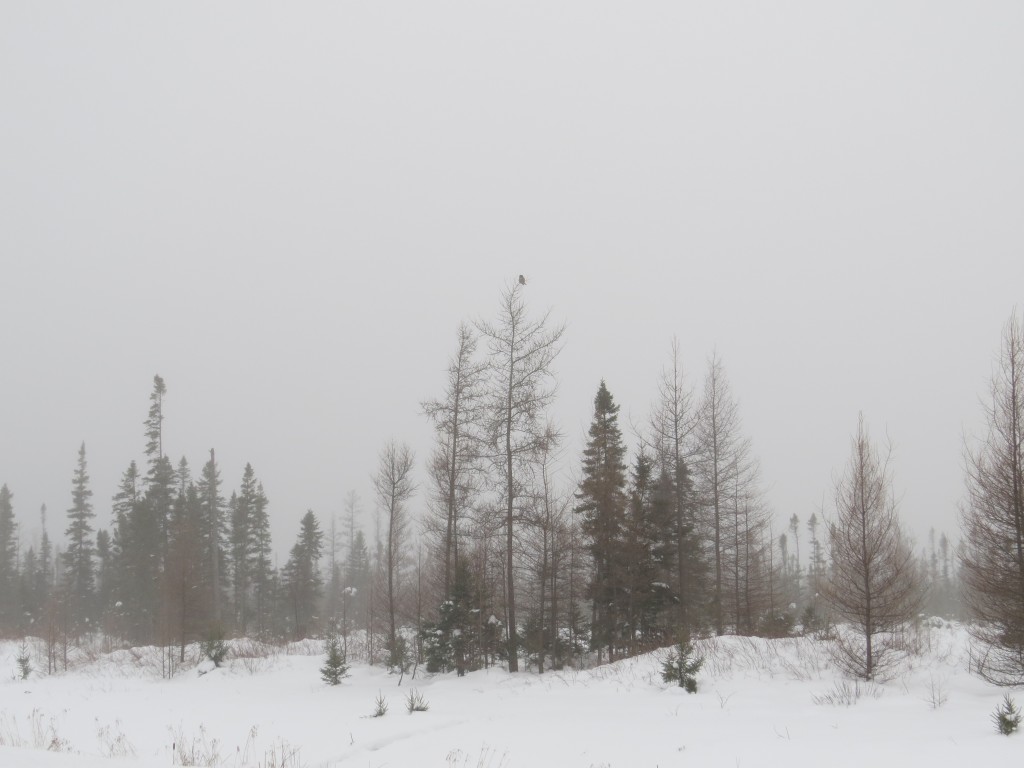Sometimes a perfect storm comes along that produces some great birding. No, I’m not talking about Wednesday’s blizzard whose 11 inches of snow and limited visibility thrust us back into the heart of winter. Instead, I’m referring to Melissa having a planned crafting night with some girlfriends and me wanting to go see an easy-pickings Eastern Screech Owl in Hutchinson. The problem with this owl is that it is nesting in a Wood Duck nesting box and only pokes its head out close to dark. Normally that’s not a problem, but when it’s nearly an hour’s drive and the sun sets around 8:00, it gets too late to bring Evan along, especially on a school night. But this was no school night and I was fed up with being housebound by the snow when I should be out doing anything, really.
So I got the van set up with the DVD player, rented Cloudy with a Chance of Meatballs 2, and the kids and I set sail for Hutch. They were excited to be in their pajamas watching a movie in the car and going on another one of dad’s owl quests. As we drove I did my best to tally species and count birds for an eBird checklist. Ordinarily that’s easy to do in the winter when we hardly have anything with feathers to look at. Now, though, there are birds everywhere. I quickly gave up counting and only made note of the notable ones – go figure. Mostly the birds were migrating waterfowl. Since we’ve nearly seen all we can see in that department, I did not slow down for the birds. I had to keep focused on the mission of getting to Hutch. I did keep one eye open for American Black Ducks – an uncommon bird here, getting even harder to find with each day of migration that passes by. I imagine that to see them, though, I’ll have to man up and stand in the freezing cold to sort through hundreds of Mallards and thousands of Canada Geese when the only thing creating open water is the incessant paddling of the ducks and geese.
Anyhow, as we cruised through Cosmos and were traveling by a good-sized slough, I saw a small, white water-bird of some sort constantly flying over the water and touching down every now and then. It was quite small with a black head. What the? Was it a tern of some sort back already? In any case, I had to pull over and see what this was. I knew already that it had a black head and was a white bird, but the binoculars revealed a most impressive clue as to what it was. That clue, or clues rather, where the white triangles on the outer parts of the wings – a field mark that clinched this as our lifer Bonaparte’s Gull!
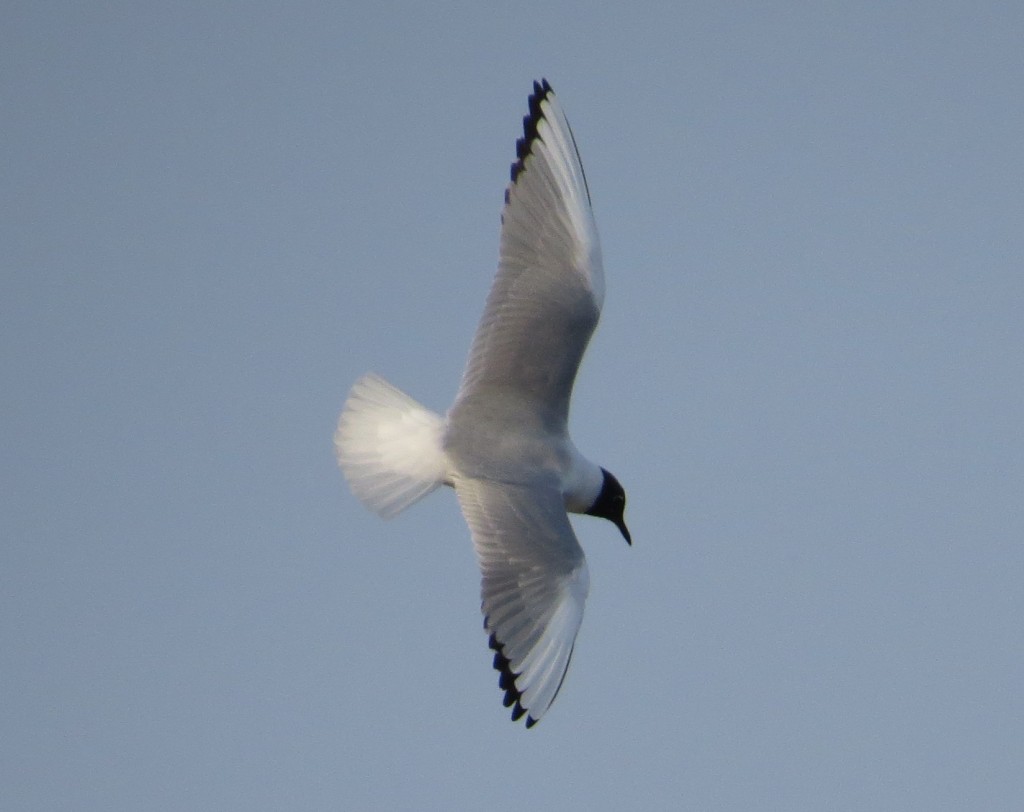
Bonaparte’s Gull lifer!
I’ve never gotten into gulls, but this might very well be the turning point. When I first got into birding I wrote off sparrows and gulls as drab, boring birds that all looked alike. Well, I’ve come to really enjoy the sparrows the more I’ve seen, so now maybe gulls will follow suit. This was a crisp-looking gull whose petite size and rapid flight made it fascinating to watch.
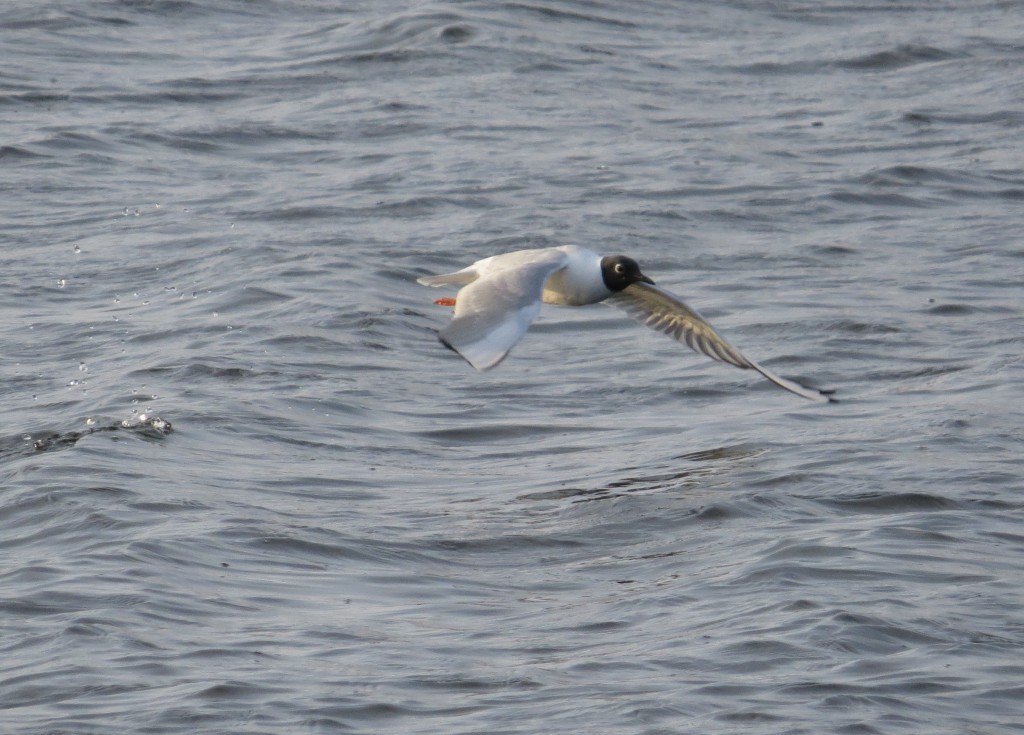 The rapid flight also made it a bugger to photograph. The bird was often flying far away but when it was close, it was zipping by too fast. It gave me a great example for the next time I teach related rates in calculus – as the bird’s distance to me decreased, the speed at which the angle from me to the bird increased, reaching its fastest point when it was directly in front of me and slowing down again the further away the bird flew. The translation here is that I basically got lots and lots of blurry shots for the split second it was right by me or lots and lots of clear shots when it was far away. Finally, though, I was able to put calculus (and the bird) on my side to get some photos I could live with. Adding to the difficulty of photographing this bird was that I was standing along the very busy Hwy. 7 – I am sure that I will be asked a hundred times next week in school about what I was doing.
The rapid flight also made it a bugger to photograph. The bird was often flying far away but when it was close, it was zipping by too fast. It gave me a great example for the next time I teach related rates in calculus – as the bird’s distance to me decreased, the speed at which the angle from me to the bird increased, reaching its fastest point when it was directly in front of me and slowing down again the further away the bird flew. The translation here is that I basically got lots and lots of blurry shots for the split second it was right by me or lots and lots of clear shots when it was far away. Finally, though, I was able to put calculus (and the bird) on my side to get some photos I could live with. Adding to the difficulty of photographing this bird was that I was standing along the very busy Hwy. 7 – I am sure that I will be asked a hundred times next week in school about what I was doing.
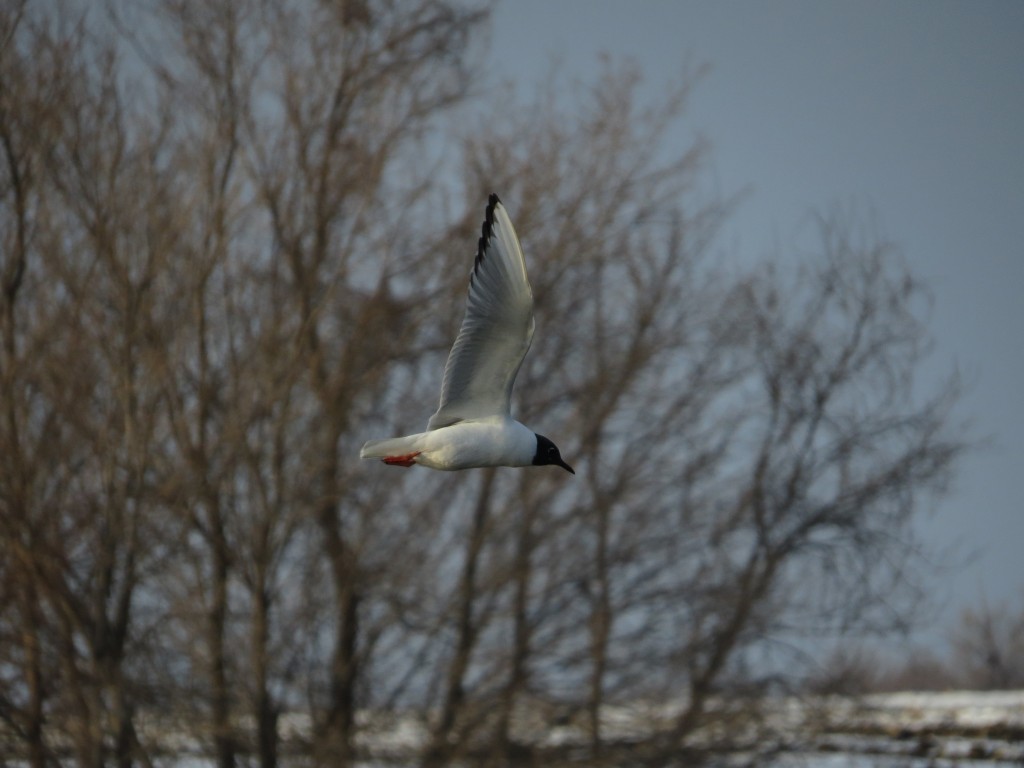
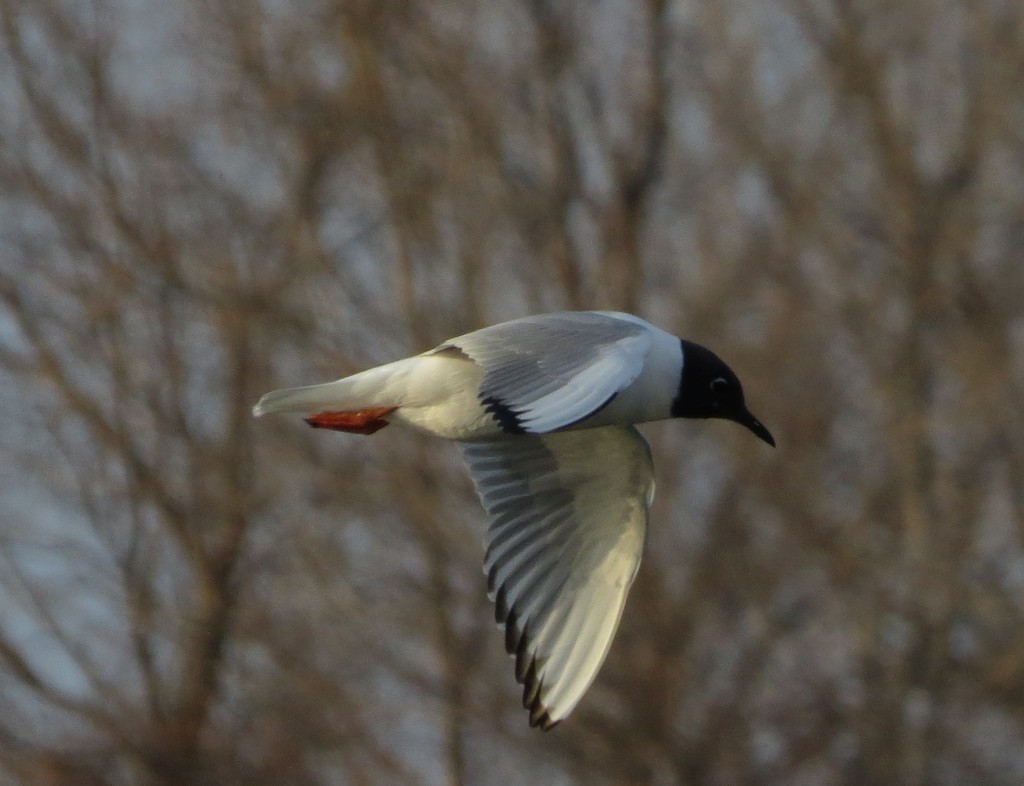
Me -1 Calculus – 0
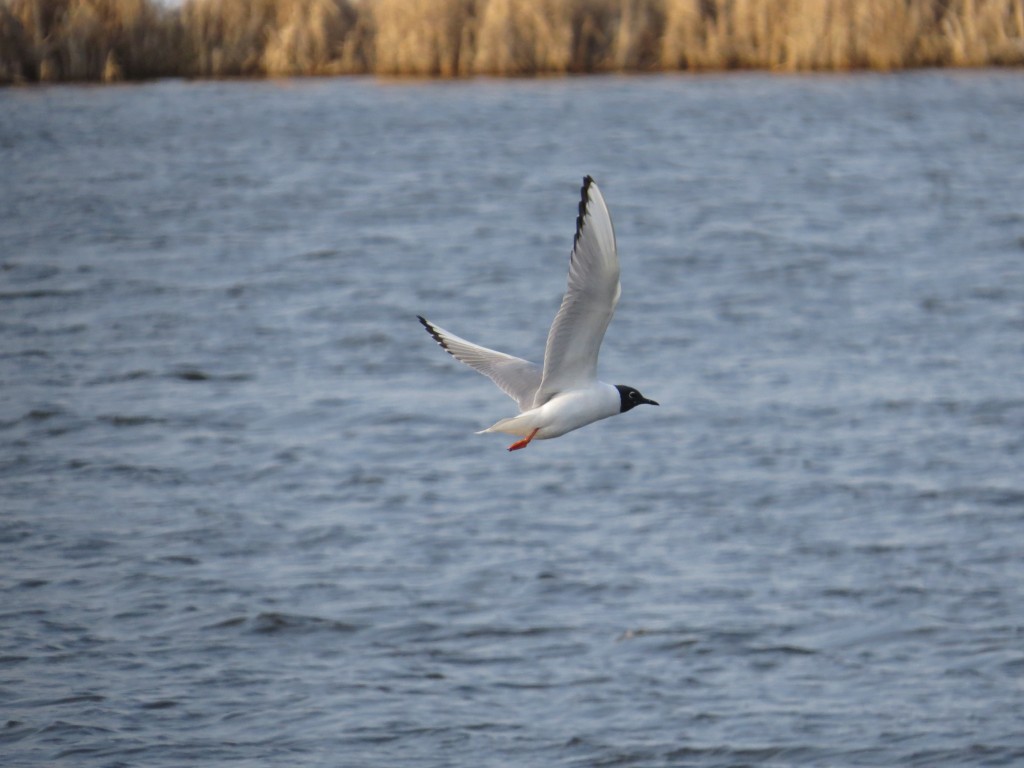
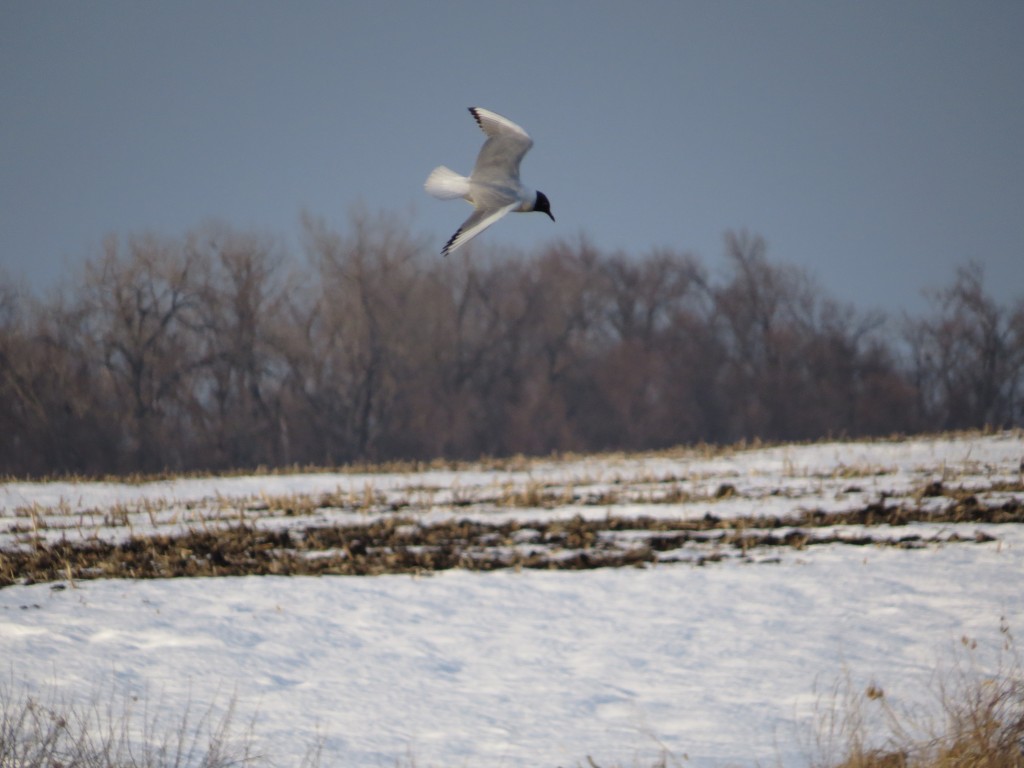
I only saw this gull land twice. I couldn’t get over how small it was. Here it dabbled with some dabblers, the Blue-winged Teal.
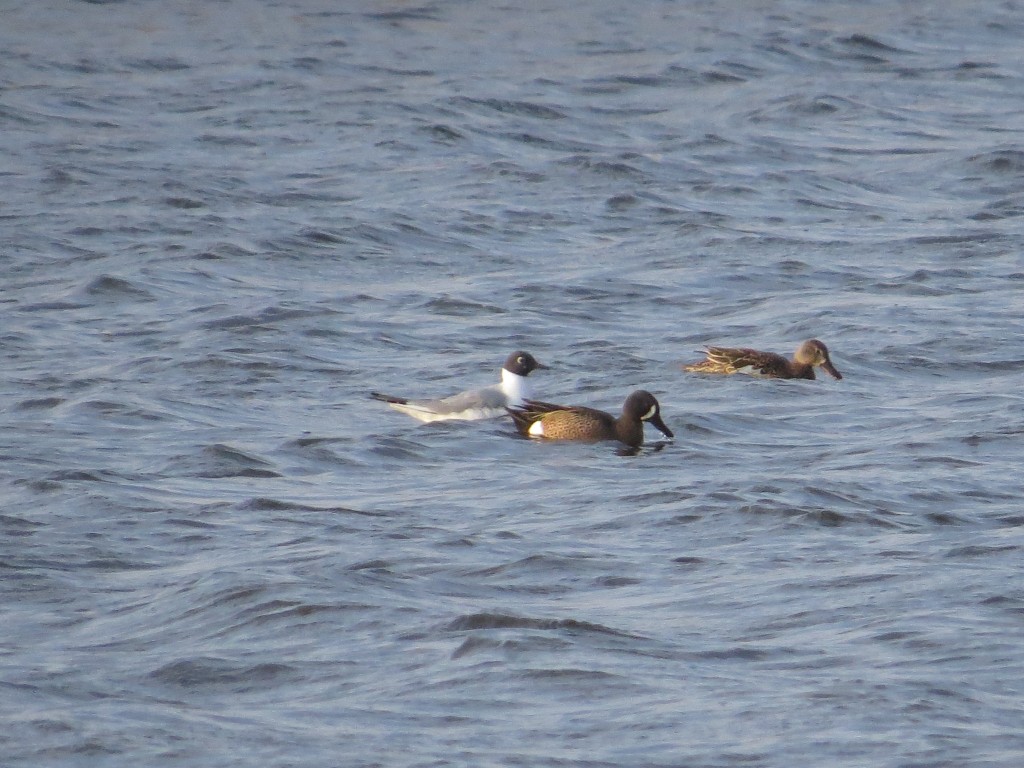
Bonaparte’s Gull with a pair of Blue-winged Teal
My meatballs endured this lengthy photo shoot since they were engrossed in their movie. Evan did pause long enough look at his new life bird. He’s all about the ticks – his interest in birding spikes, albeit briefly, when there’s a new bird on the line.
We continued on to Hutchinson and drove around for a bit before staking out the yard with the Eastern Screech Owl. I was hoping to find our beloved state bird, the Common Loon, simply known as the “loon.” I heard several of them have been back already. We didn’t have any luck on the loon but did find an environmental learning center where corn had been set out for ducks and geese. It was pretty neat to see wild Snow Geese up close, but the chain-link fence made for difficult photography.
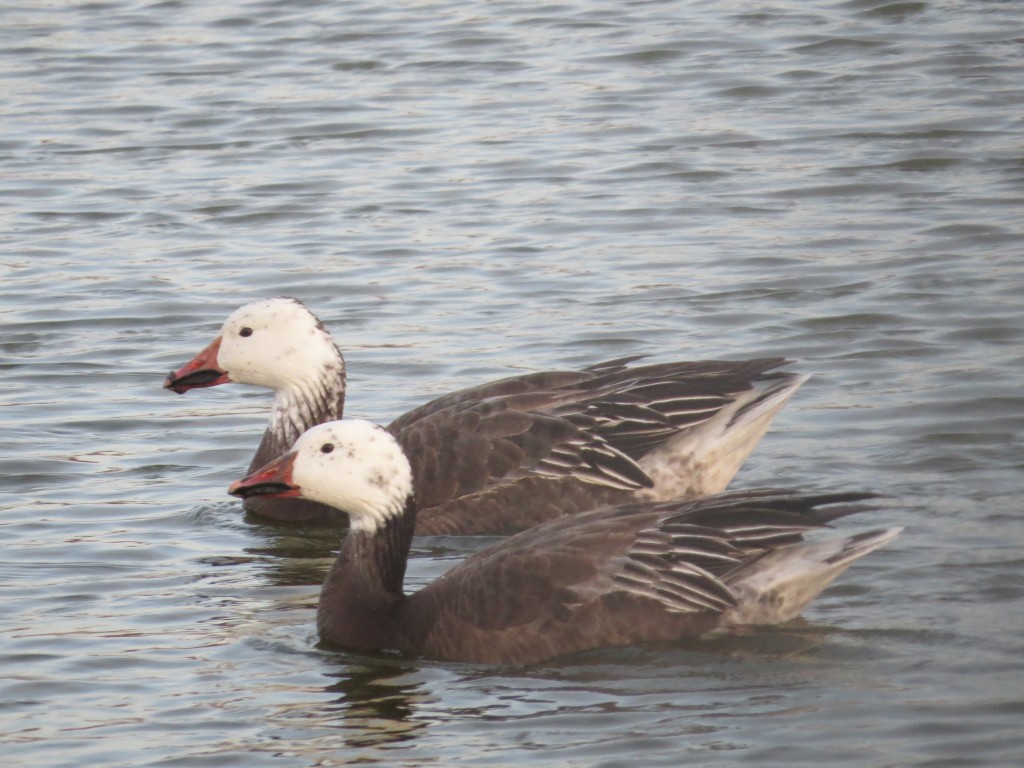
Snow Geese – “Blues”
We finally got to our stake-out. The truth is that I didn’t want to stay long as I was a bit uncomfortable parking in front of someone’s house and watching their front yard. More than once I have felt like a creep in the name of birding. Anyway, we watched for the owl, or I watched anyway, while the kids started their second movie.
Alas, there was no owl. A new and local birder, Kristine, who had put me onto this owl and who discovered the incredible McLeod County record Northern Hawk Owl told me that the owners of the Wood Duck box have a video camera inside the box. The Screech now had 5 eggs and wasn’t as regular in her game of peek-a-boo anymore.
Finally darkness arrived, and it was time to head home. But, as is protocol on our bigger birding trips, we stopped off for a fast-food snack before hitting the road. And now my birding eyes switched to deer mode while I drove home in the darkness listening to two kids laughing simultaneously at the antics of Tom and Jerry. We didn’t see what we came to see, but that’s okay. It was a fun outing with an unexpected life bird. Seeing the Screech would have just been the icing on the cake.

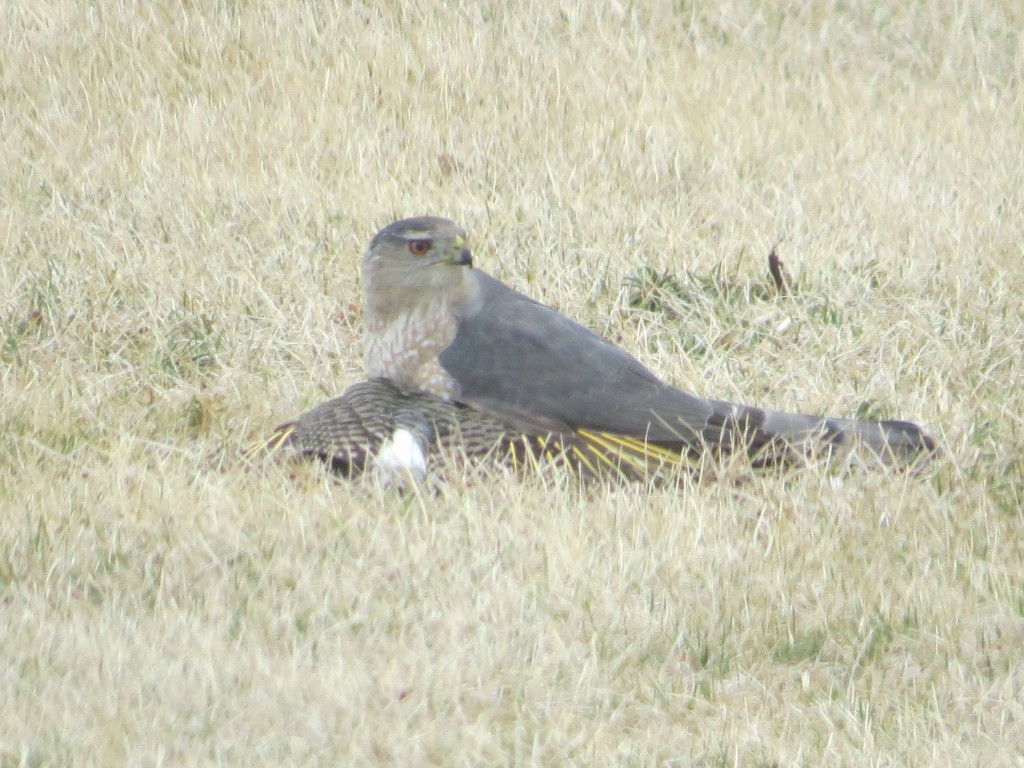
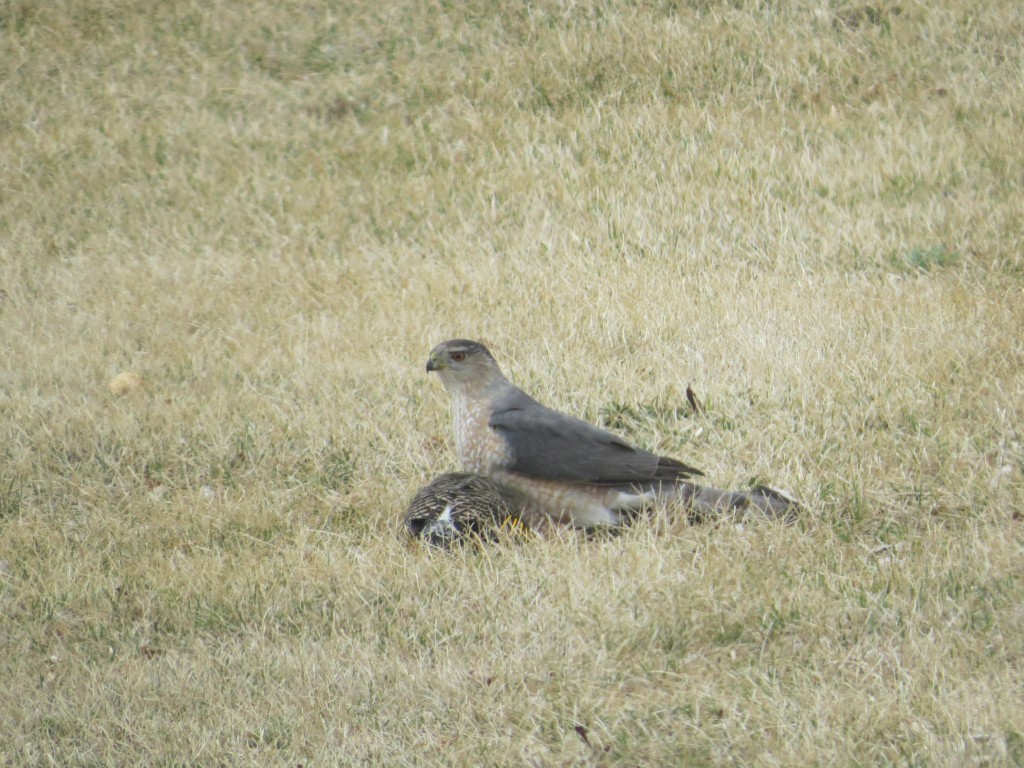
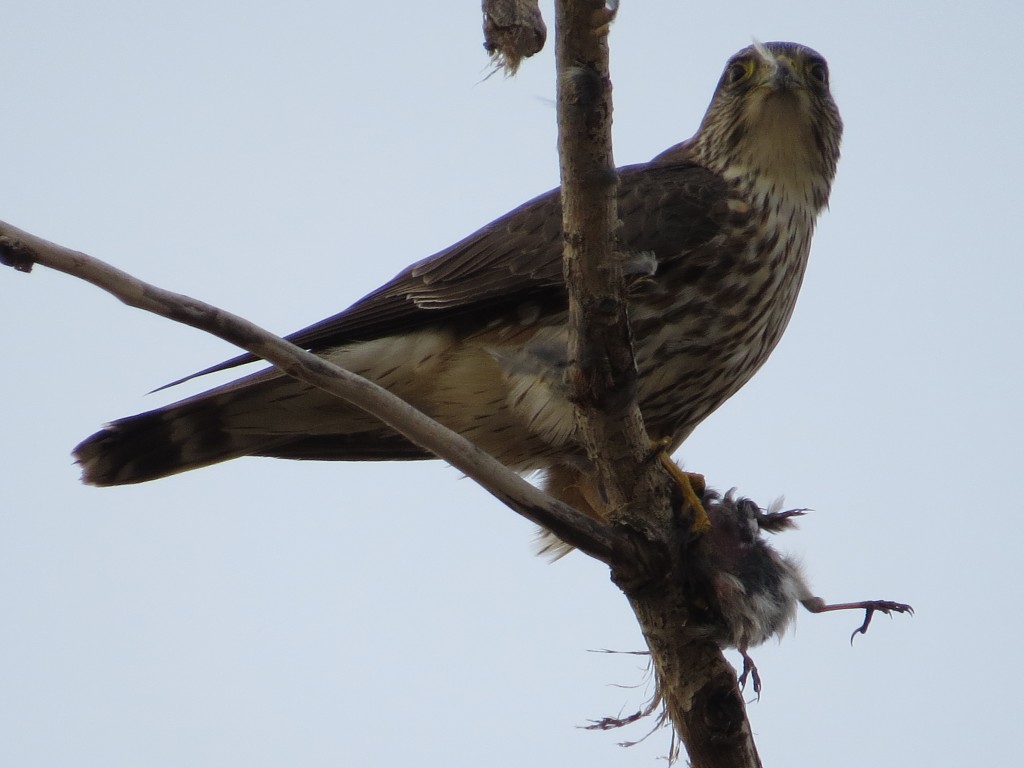
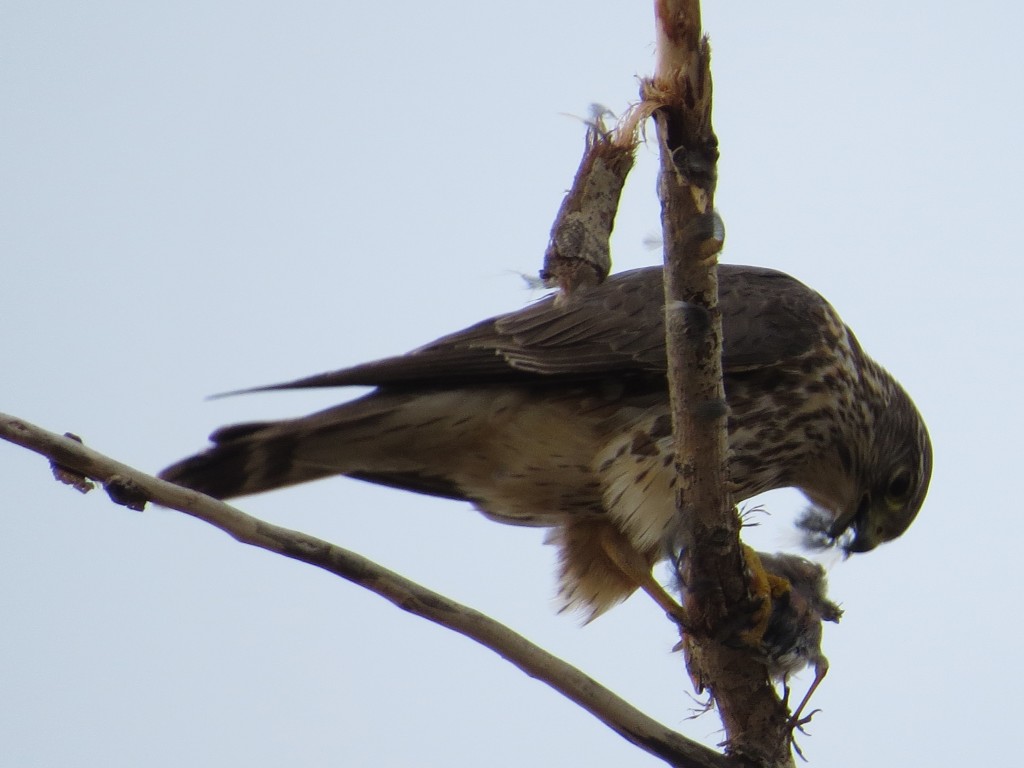 On the way home from Uncle Larry’s we were driving along when I spotted a suspicious-looking white egret all hunched up in our 35-degree weather. I had to turn around to see if it was a Snowy Egret or a Cattle Egret, both of which are rare but regular birds to our area. Nope, it was just the common Great Egret.
On the way home from Uncle Larry’s we were driving along when I spotted a suspicious-looking white egret all hunched up in our 35-degree weather. I had to turn around to see if it was a Snowy Egret or a Cattle Egret, both of which are rare but regular birds to our area. Nope, it was just the common Great Egret.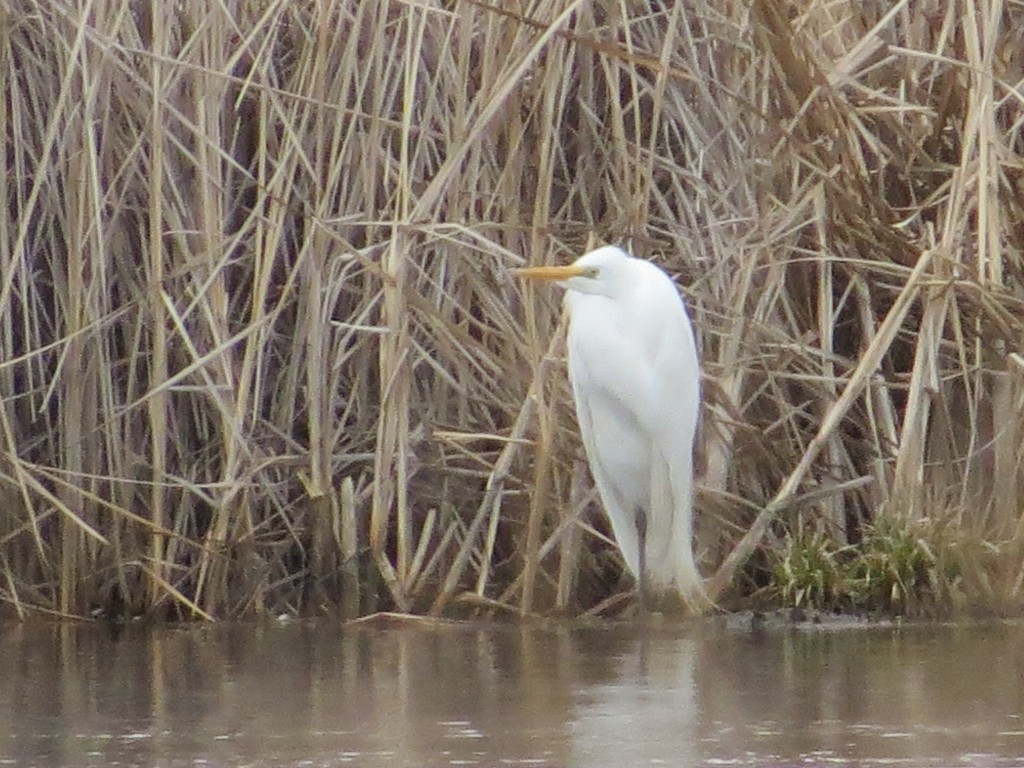
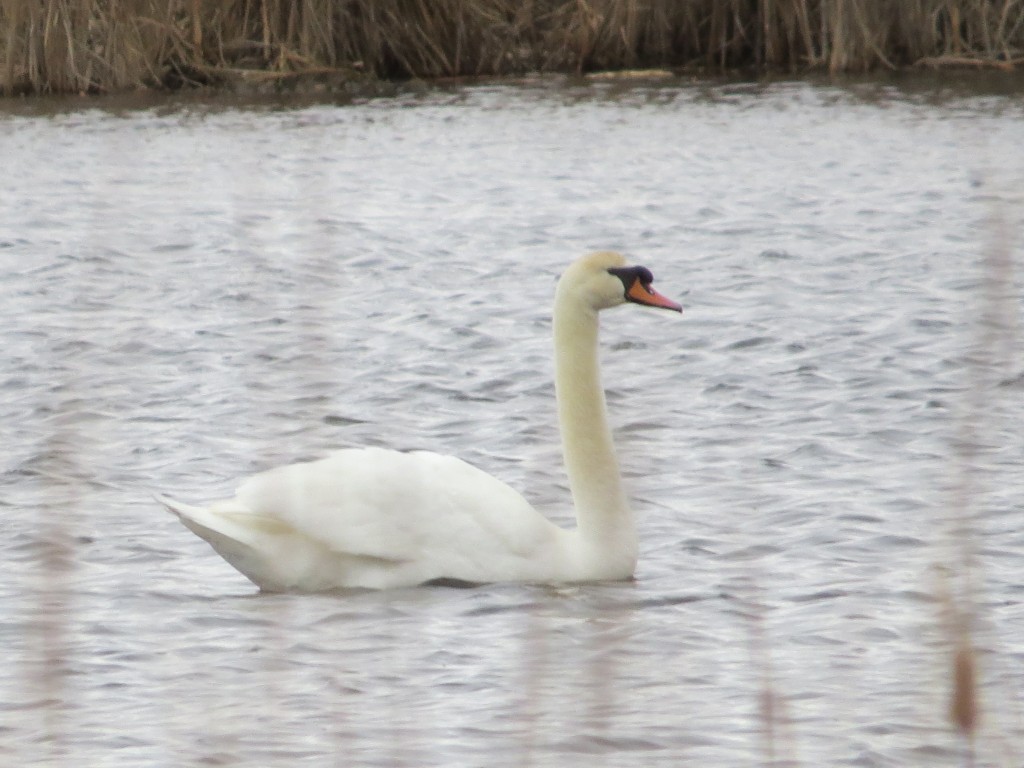
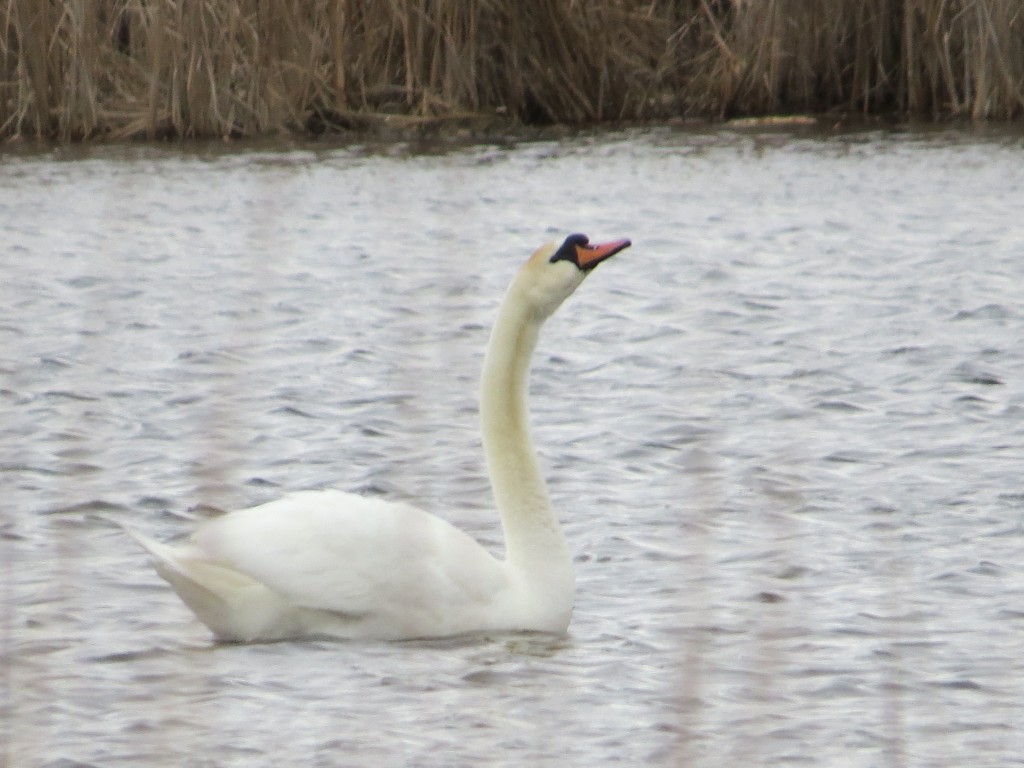 Wow, what a find! This species was introduced to the United States and is actually an invasive species in certain areas that threatens the comeback of the Trumpeter Swan. Nevertheless, not a lot of them show up in Minnesota. In fact, the one we found this evening is a Renville County first record! It was truly an exciting find and one that made me fumble with my phone trying to put out a lightning-fast post on the listserv so other interested birders could see it too.
Wow, what a find! This species was introduced to the United States and is actually an invasive species in certain areas that threatens the comeback of the Trumpeter Swan. Nevertheless, not a lot of them show up in Minnesota. In fact, the one we found this evening is a Renville County first record! It was truly an exciting find and one that made me fumble with my phone trying to put out a lightning-fast post on the listserv so other interested birders could see it too.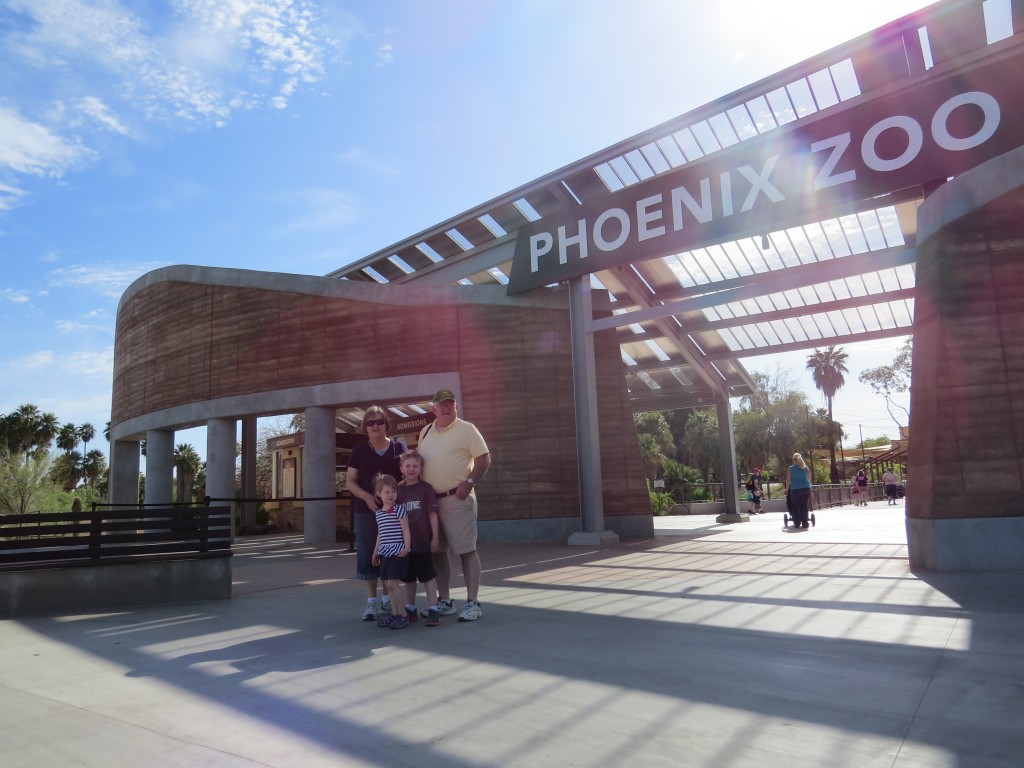

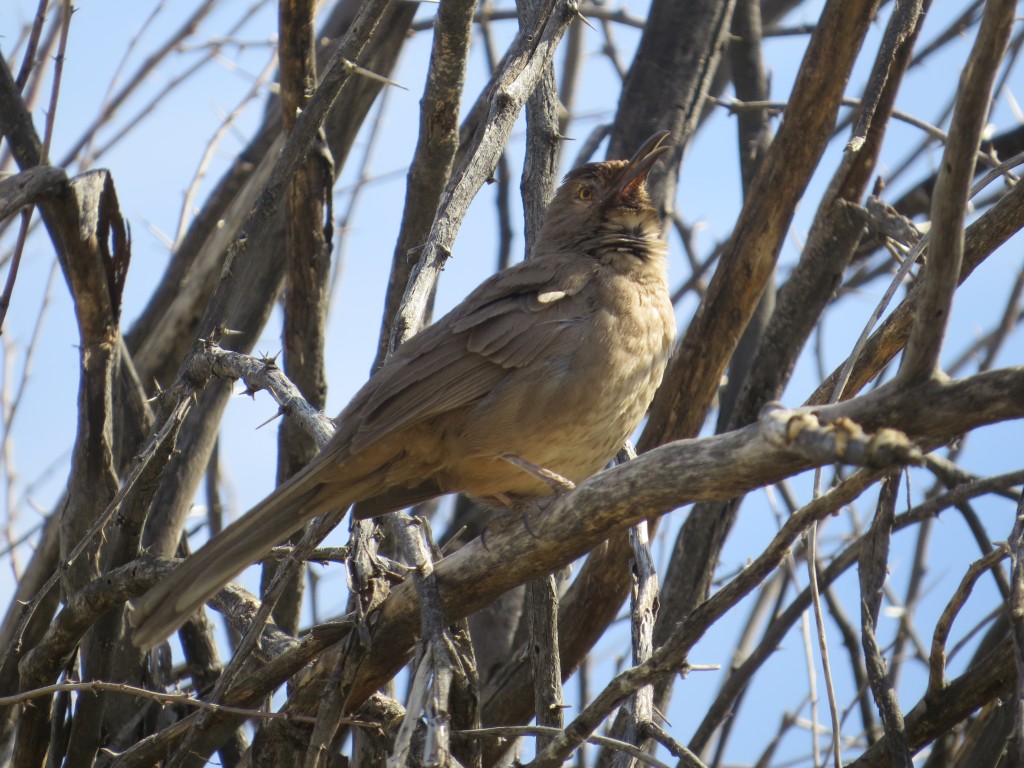
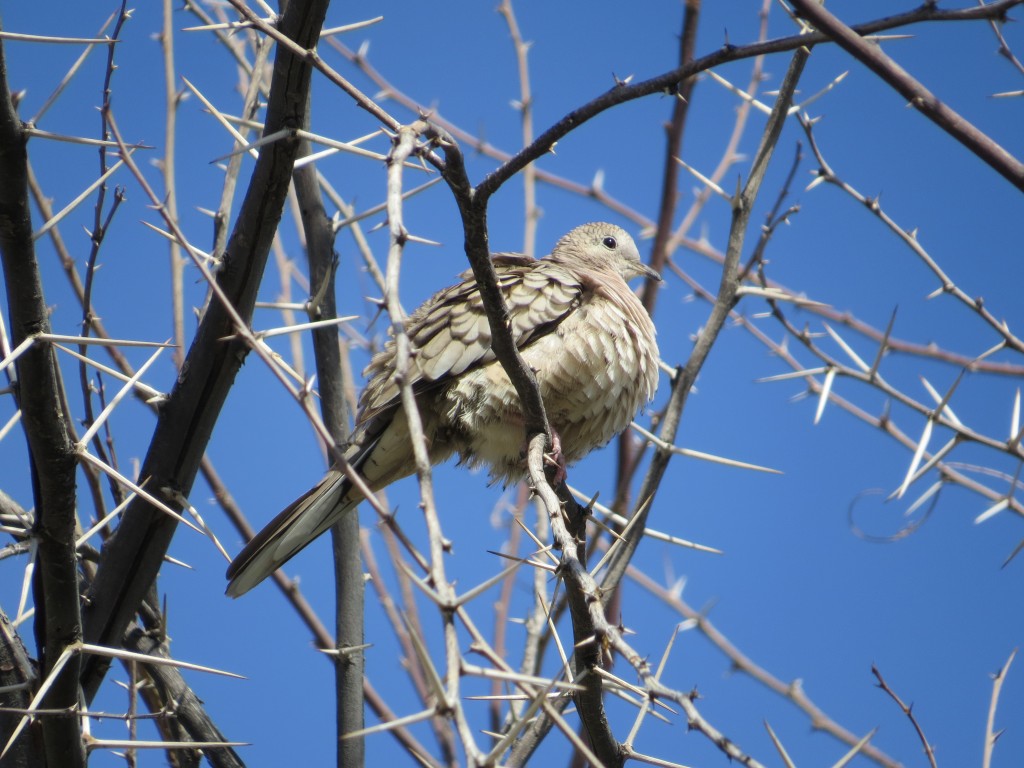
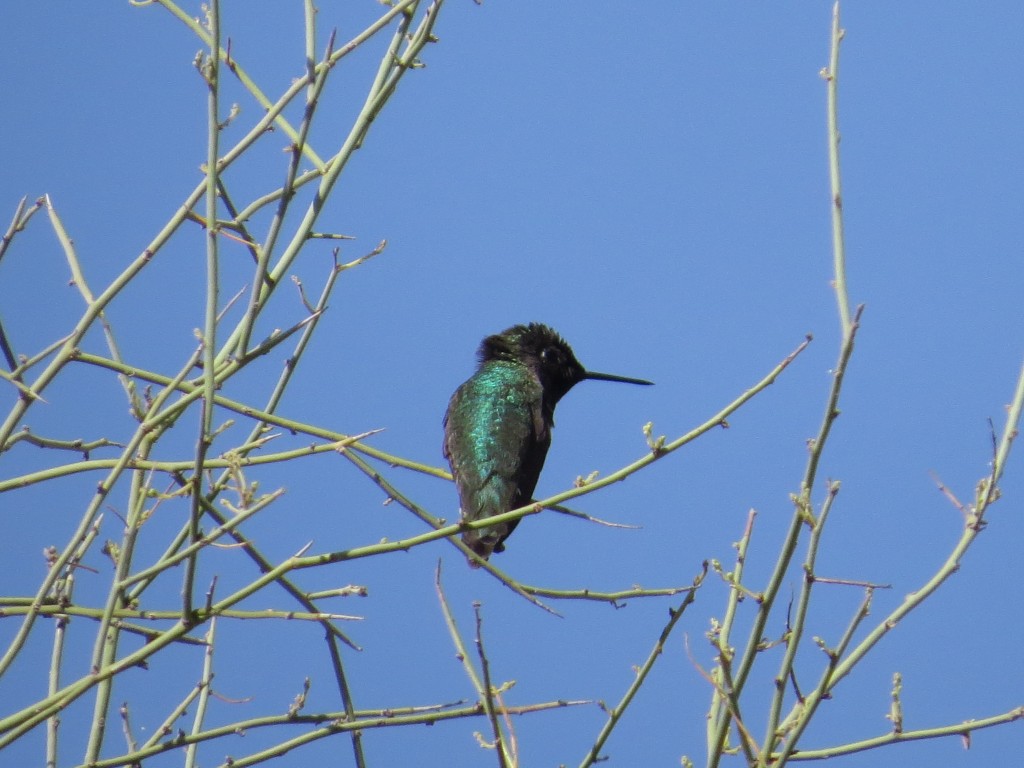
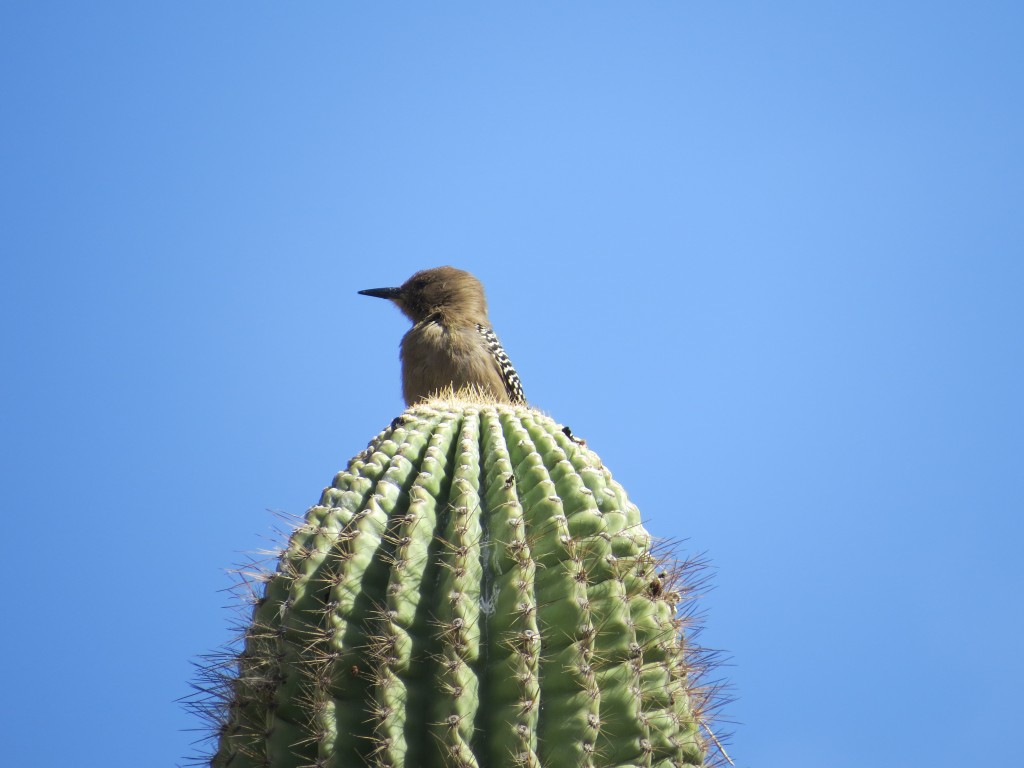
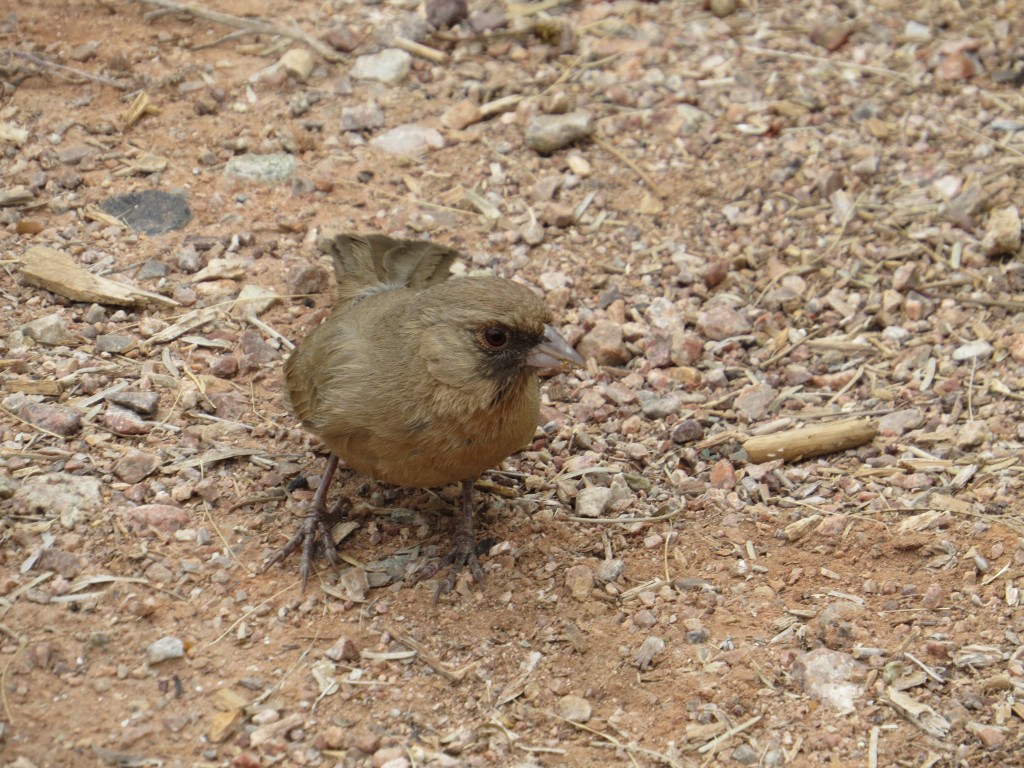
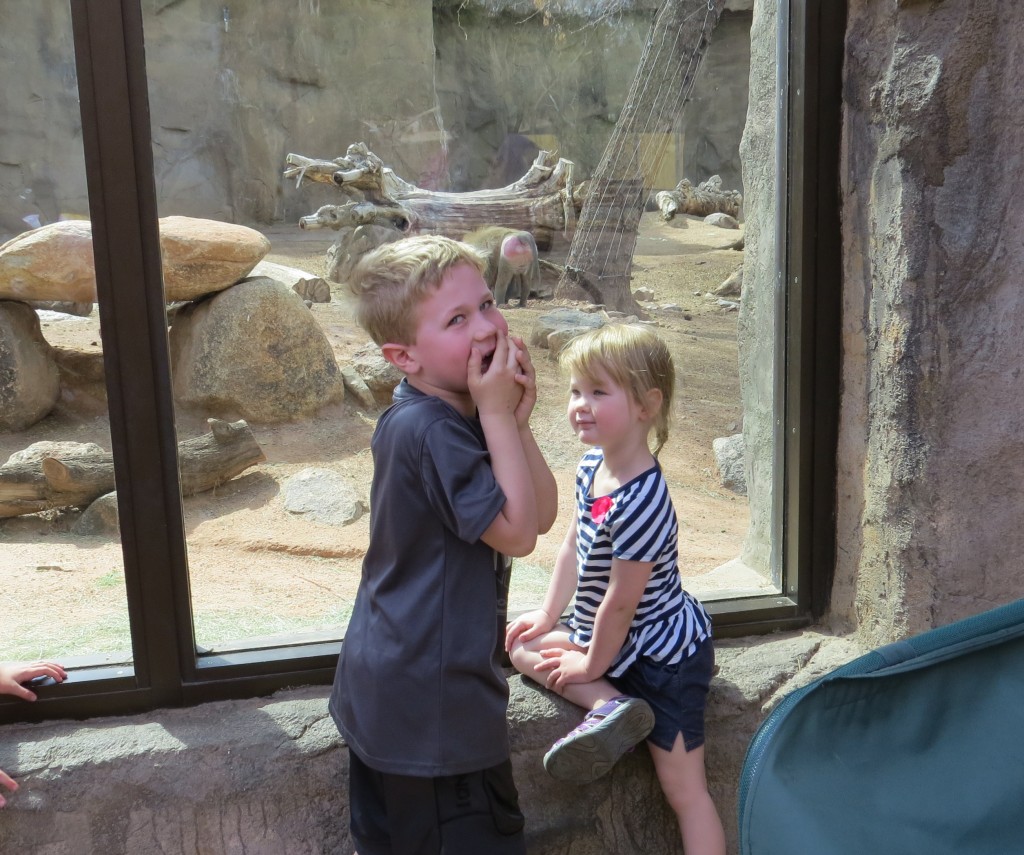
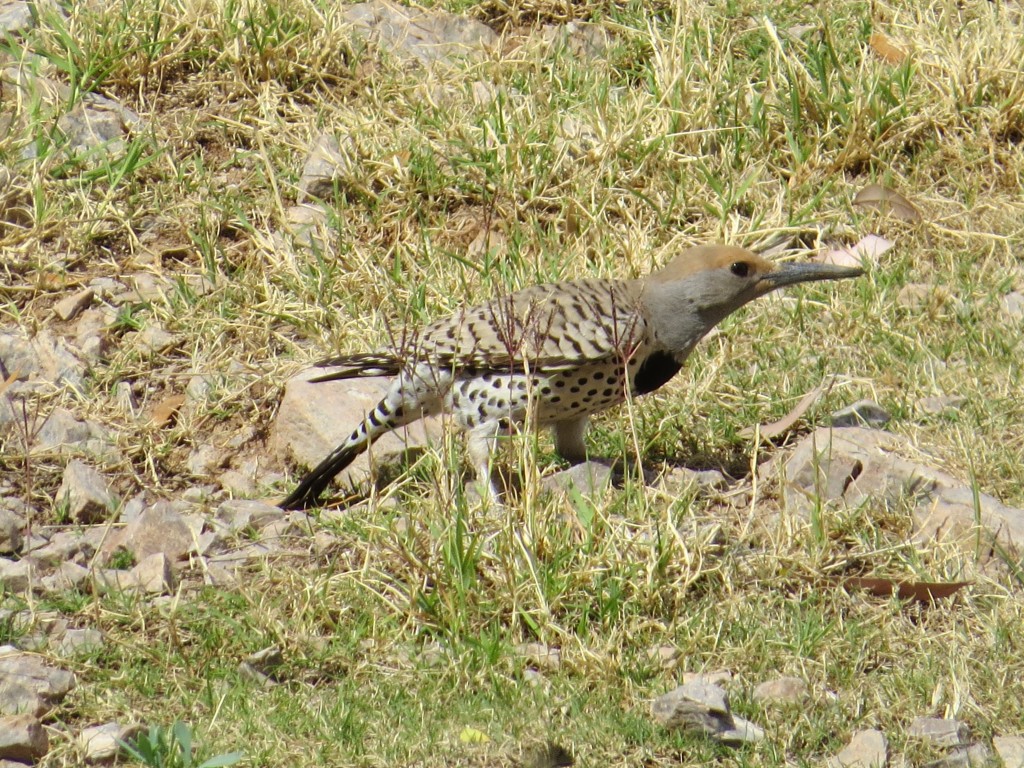
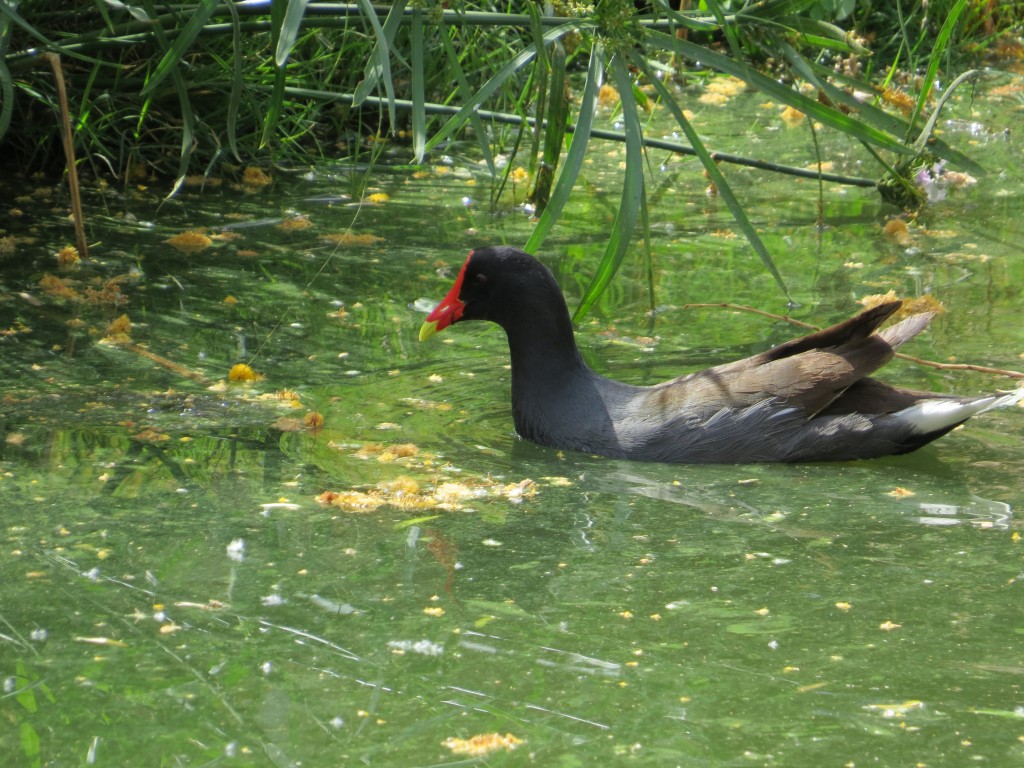
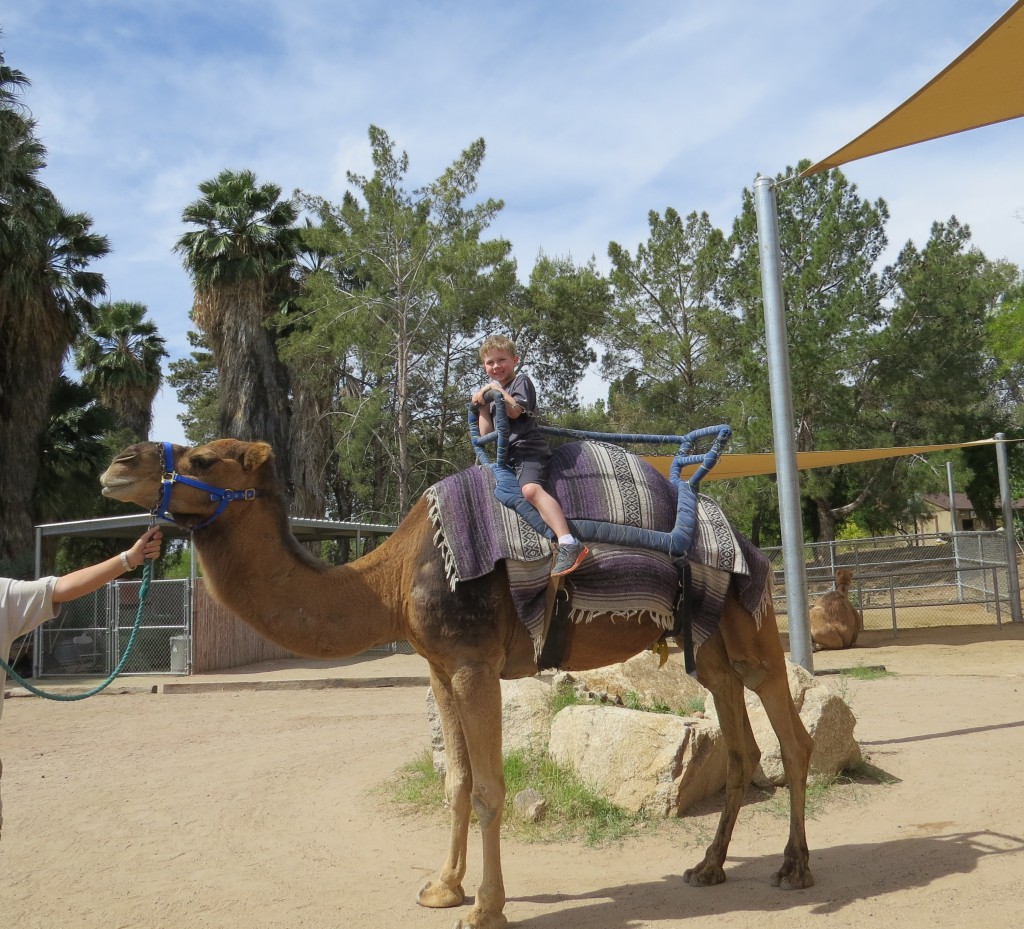
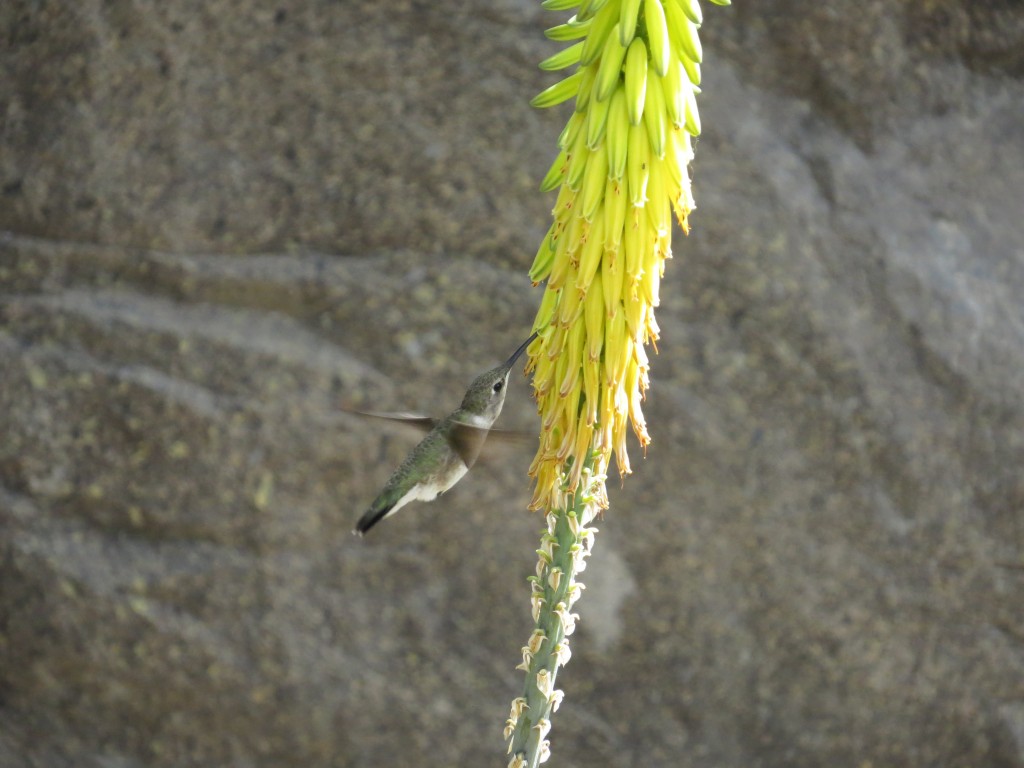
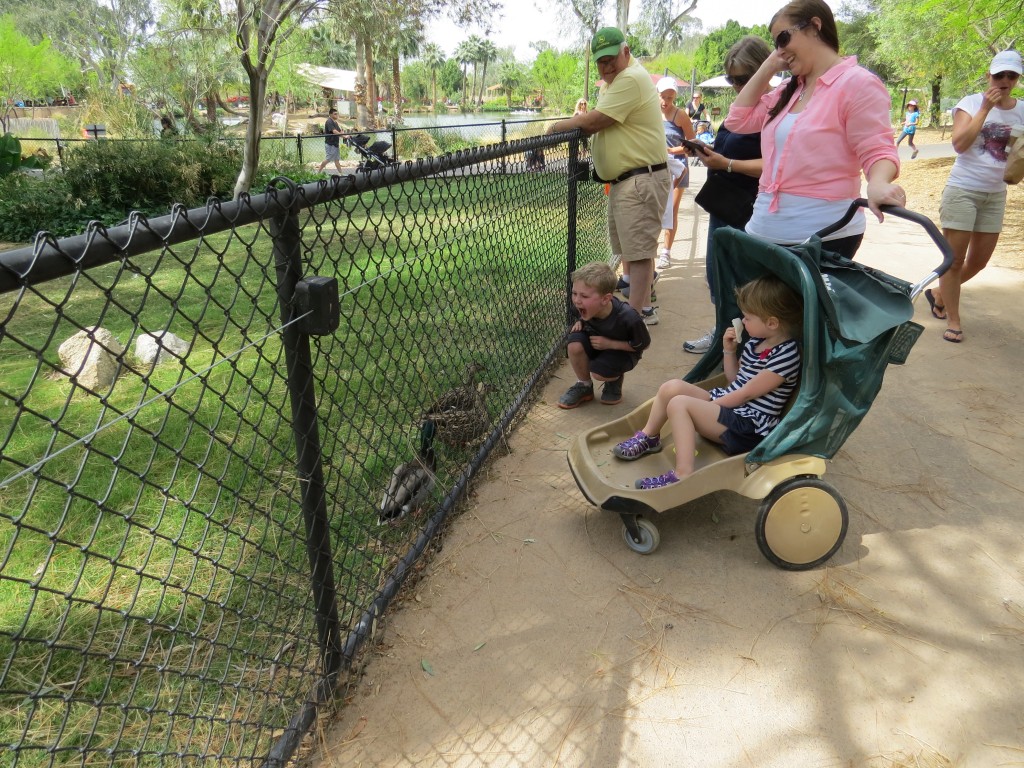 I found the wild birds much more entertaining. I absolutely love American Wigeon. This was my chance to properly photograph one. Forgive the scuzzy flamingo water and just look at this drake’s beauty.
I found the wild birds much more entertaining. I absolutely love American Wigeon. This was my chance to properly photograph one. Forgive the scuzzy flamingo water and just look at this drake’s beauty.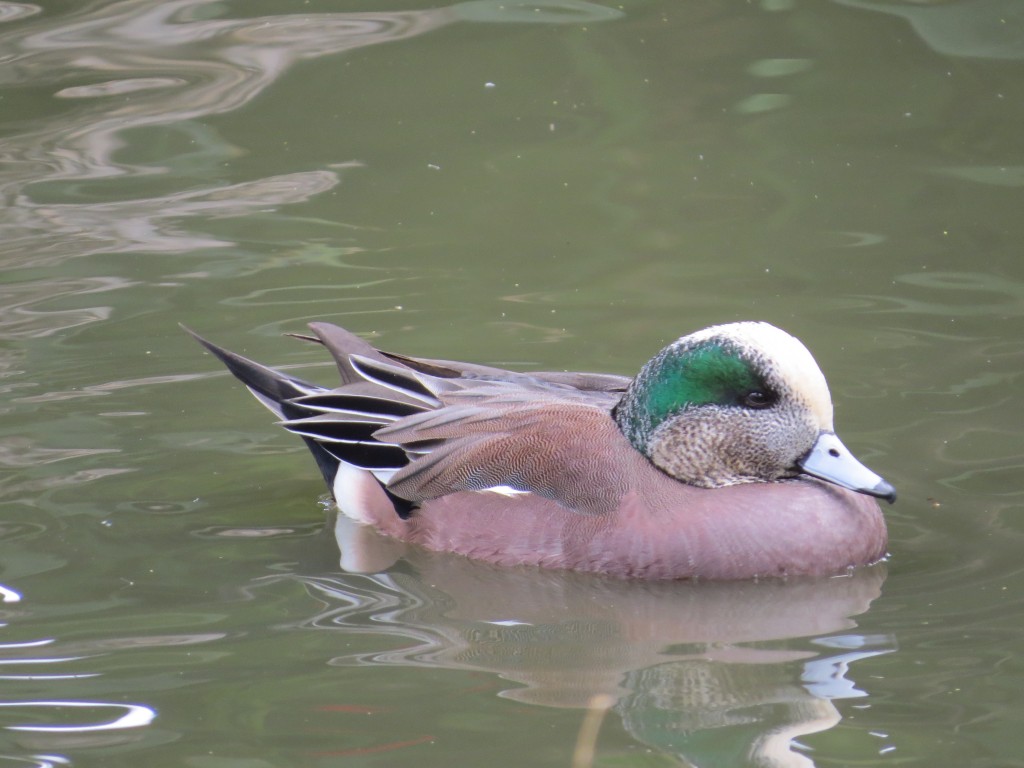
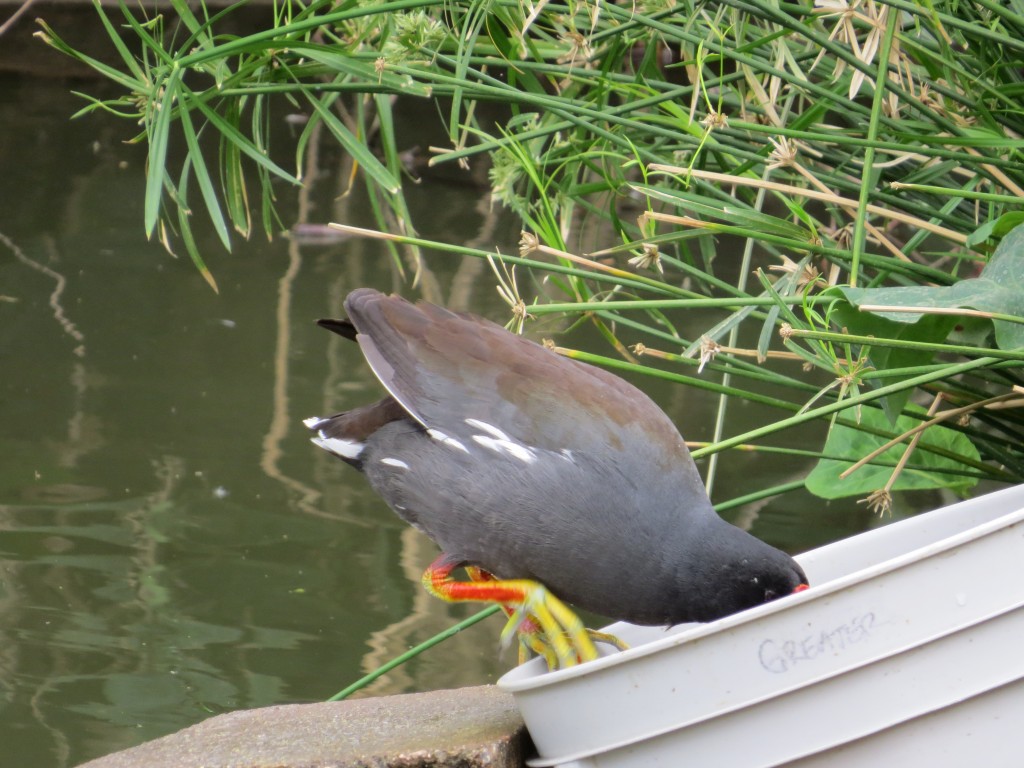
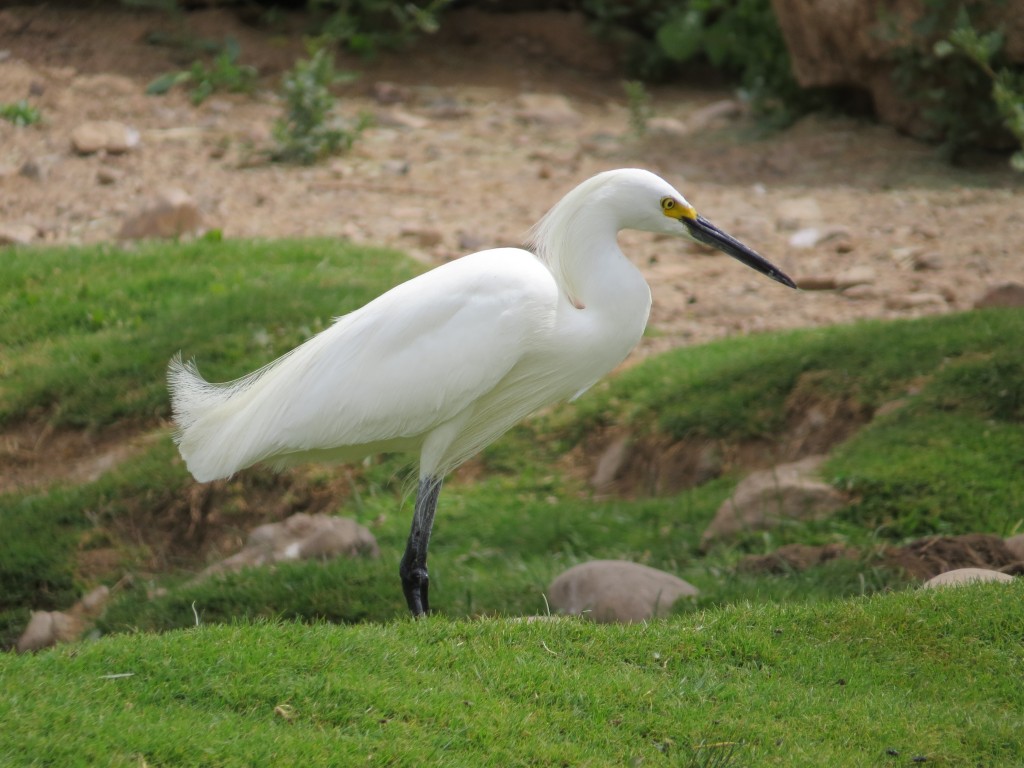
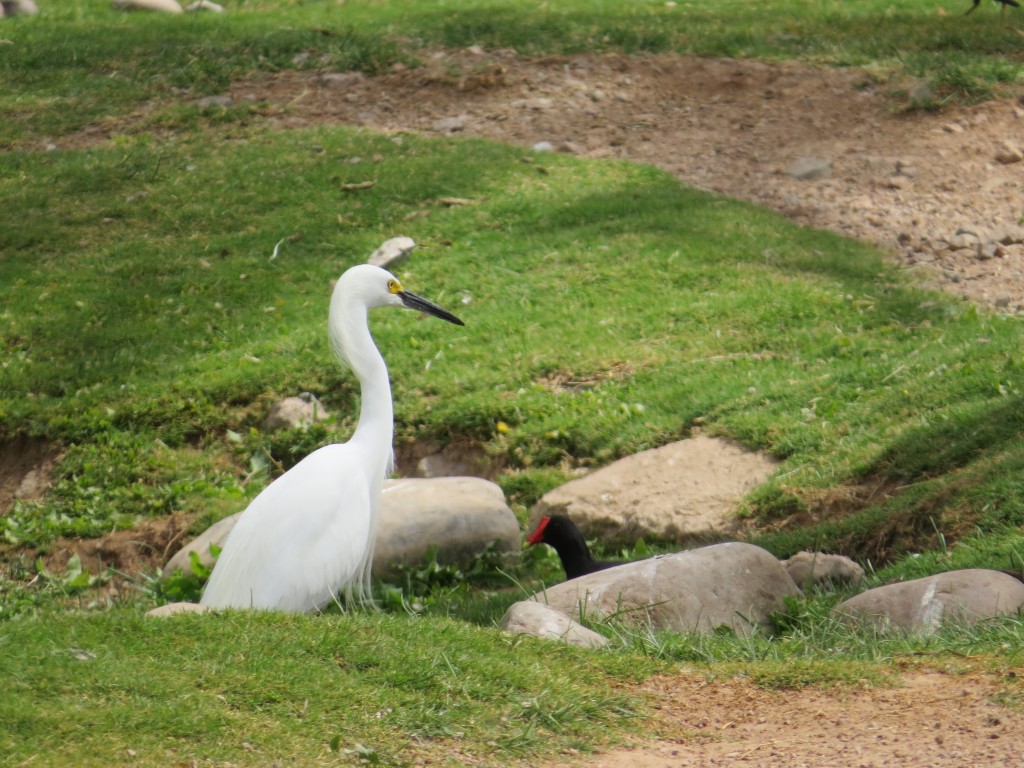 Later on we saw the gallinule in another part of the zoo acting suspicious.
Later on we saw the gallinule in another part of the zoo acting suspicious. 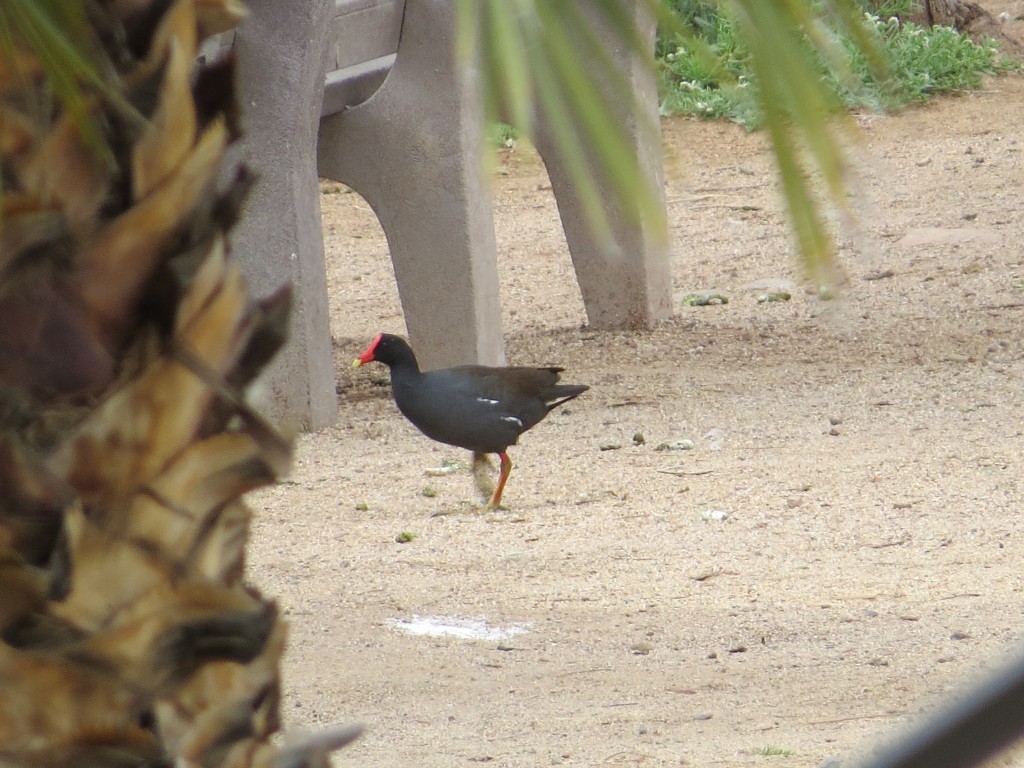
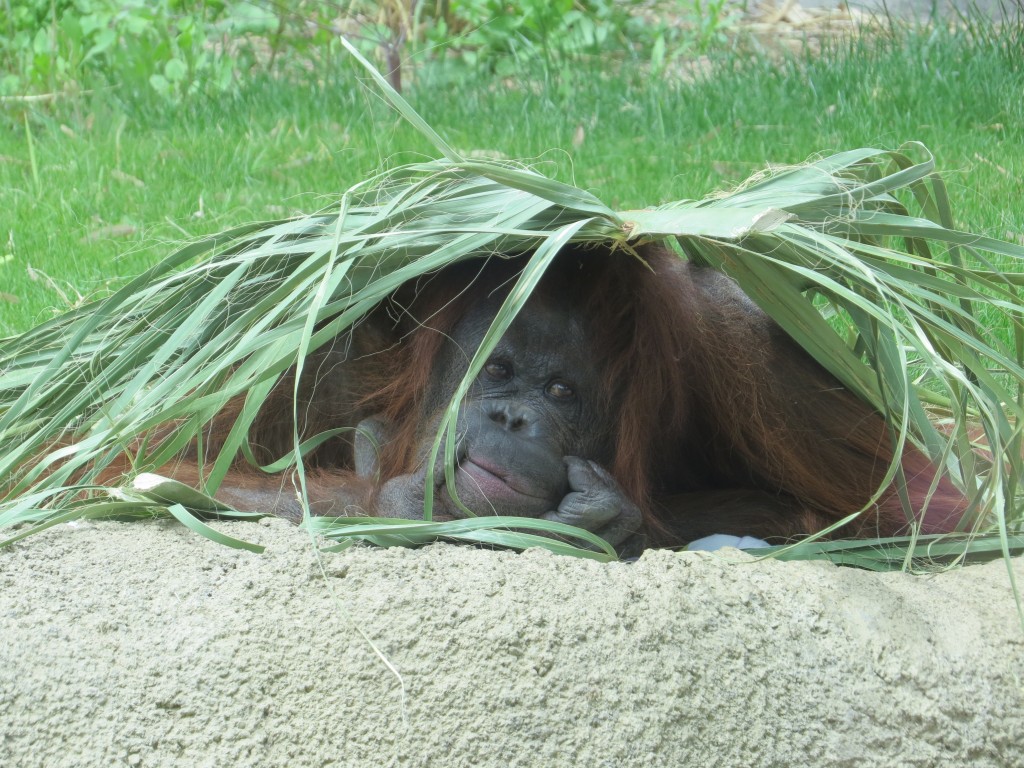
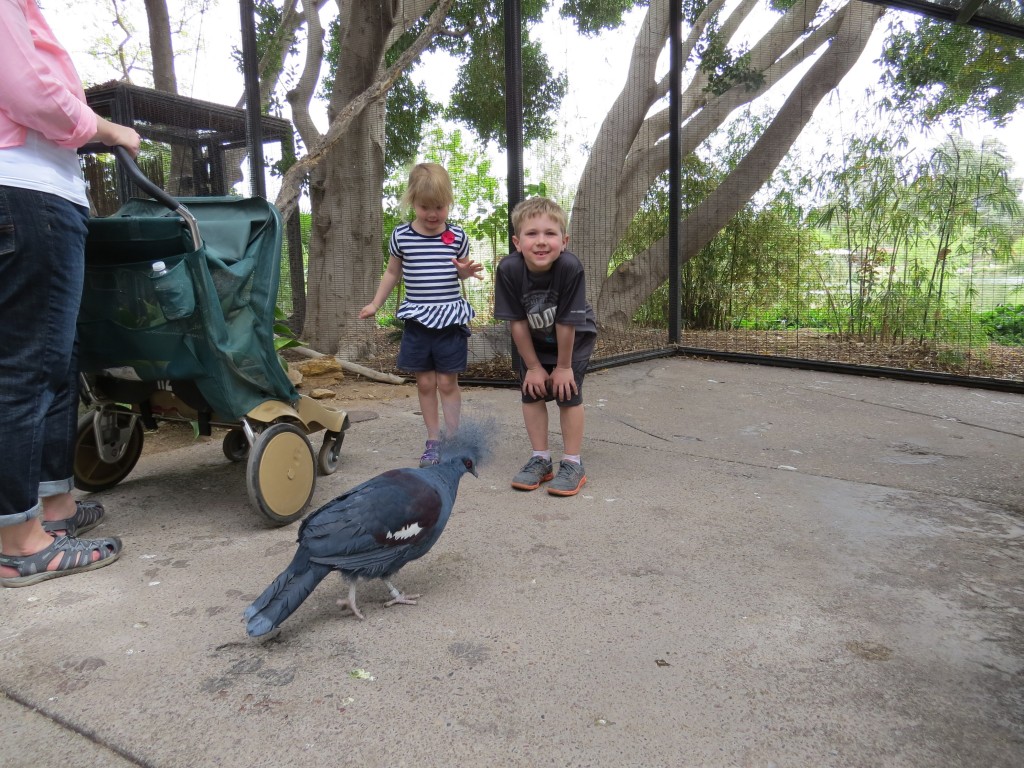
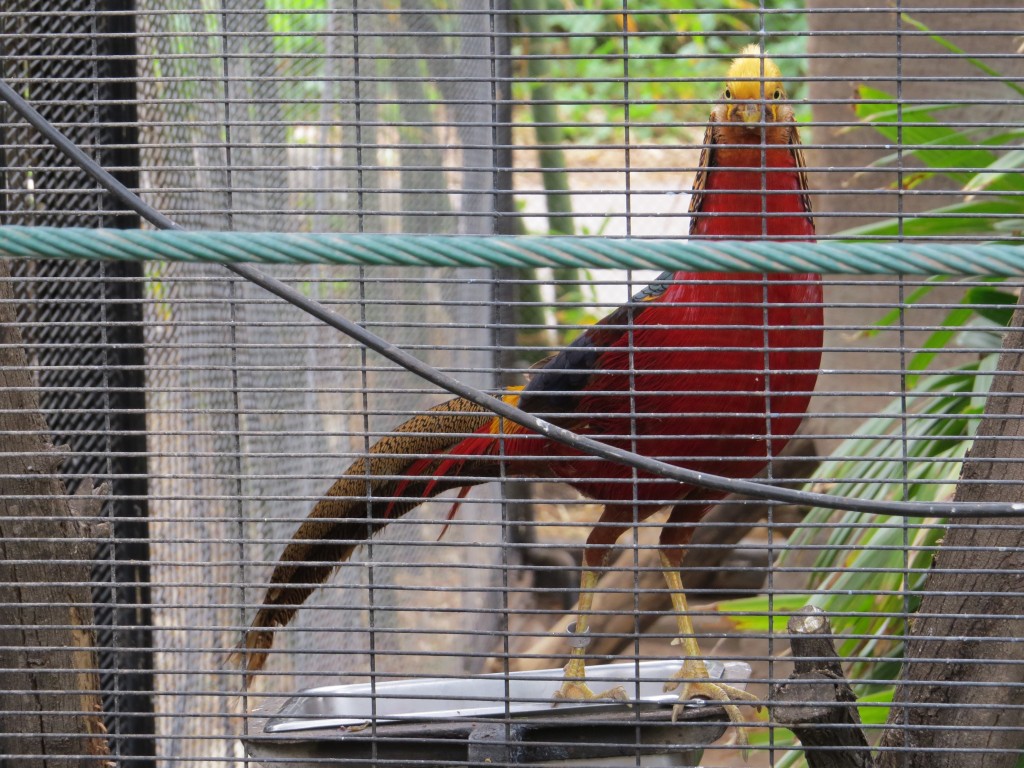
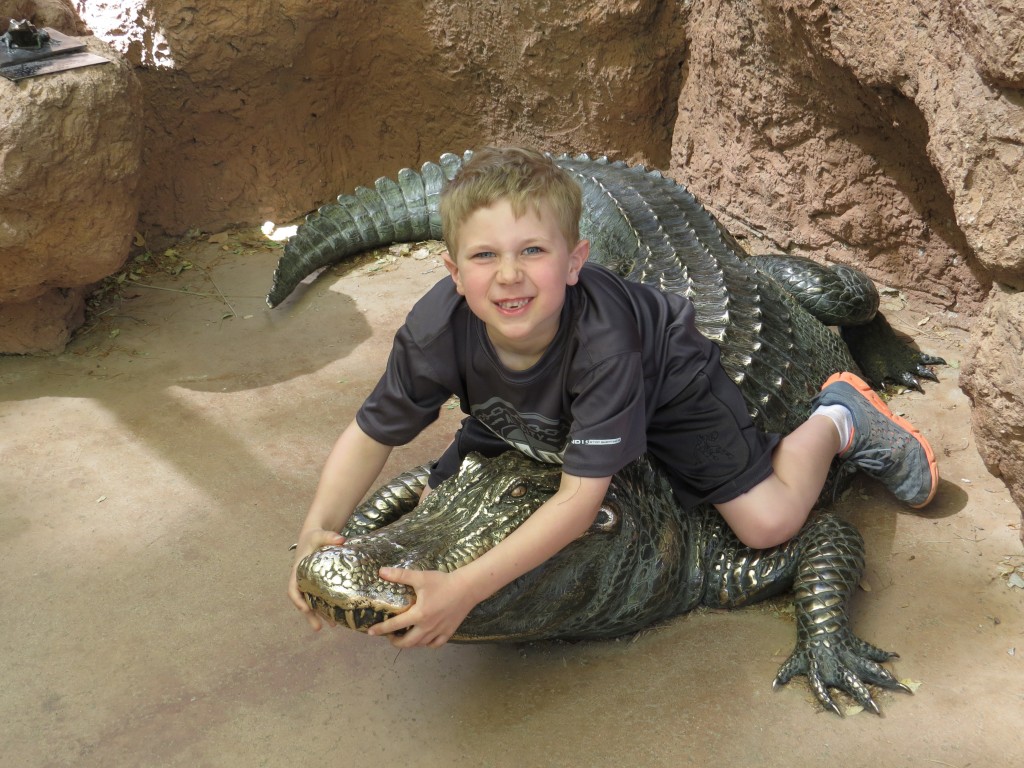
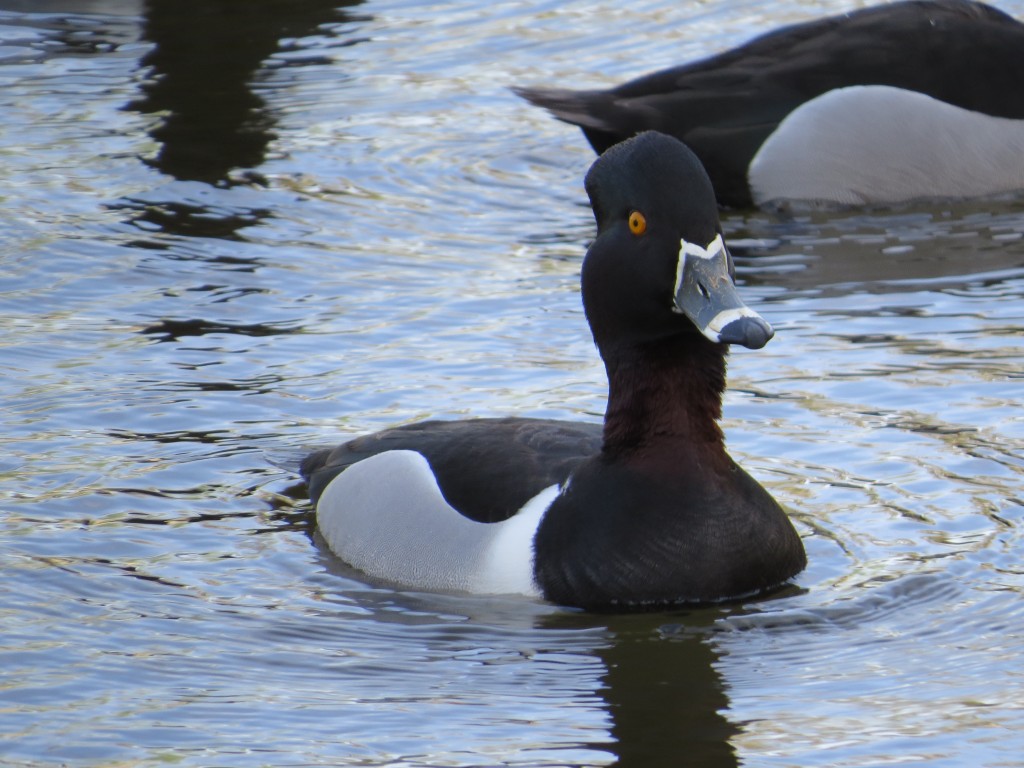
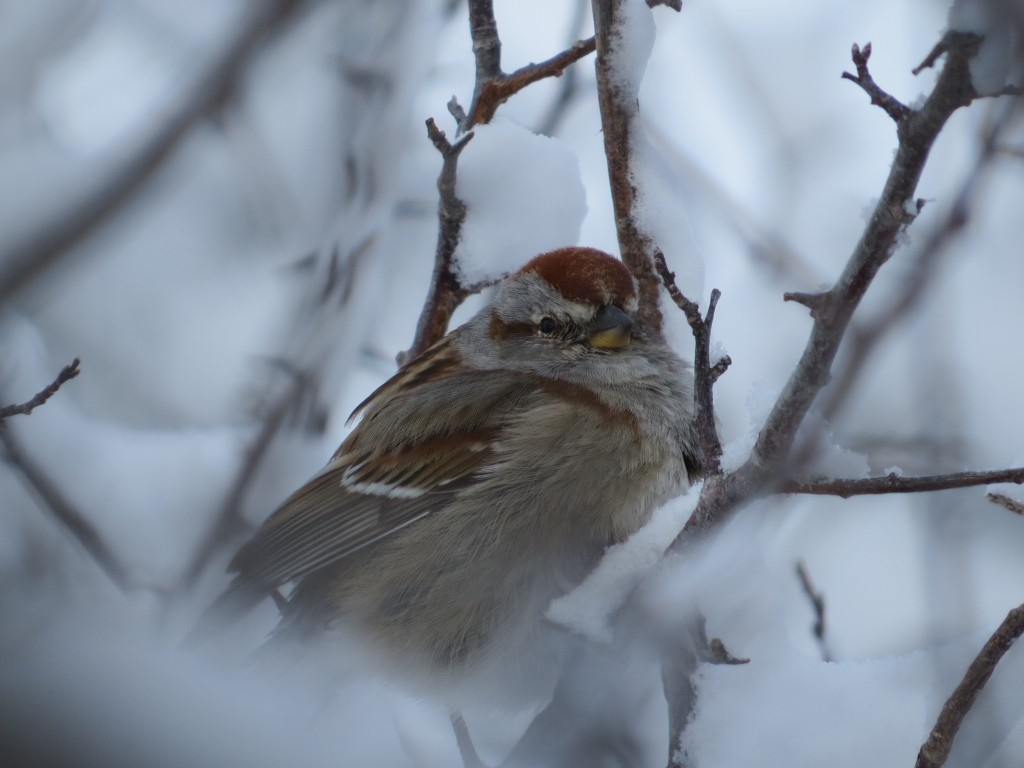
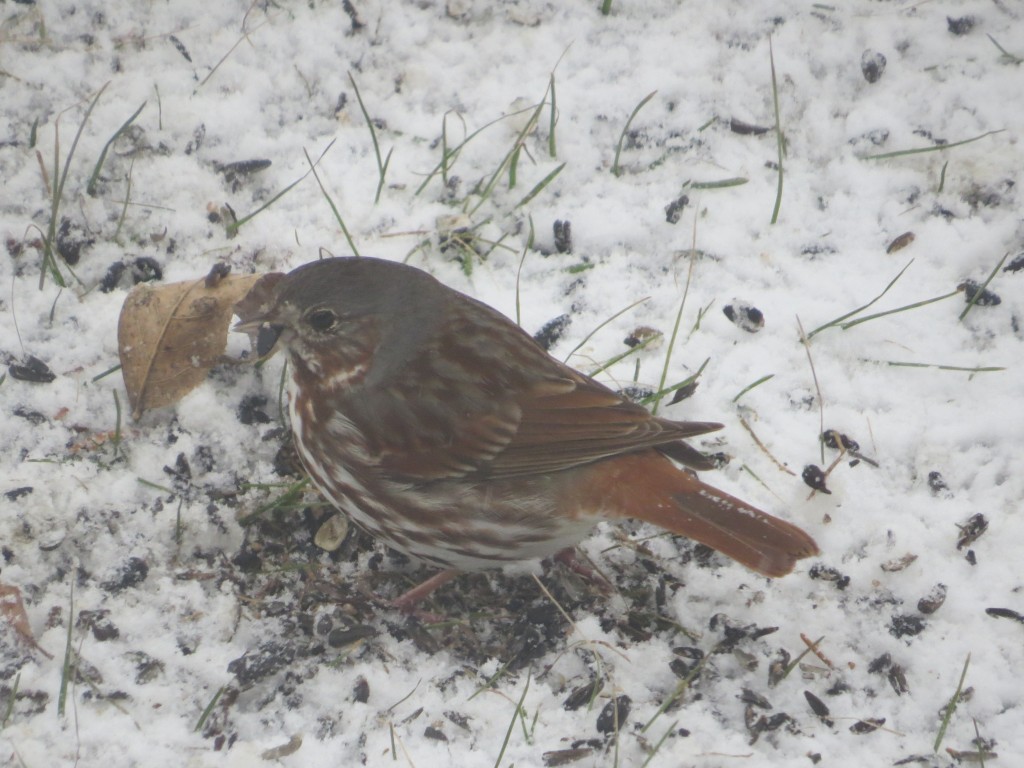
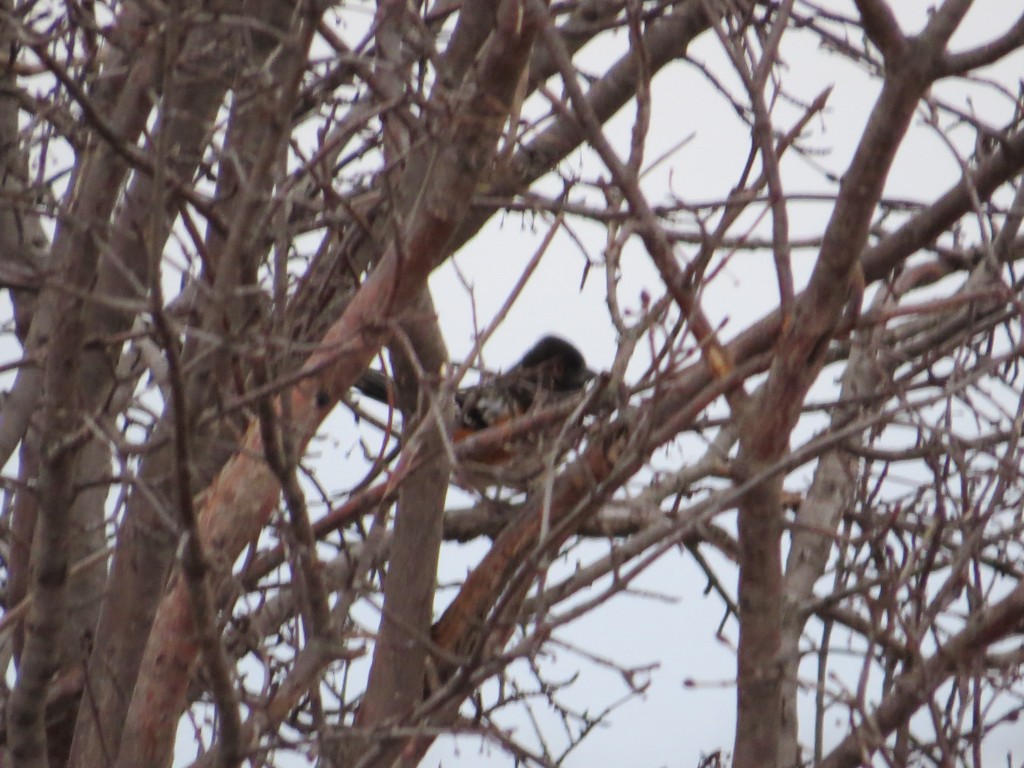
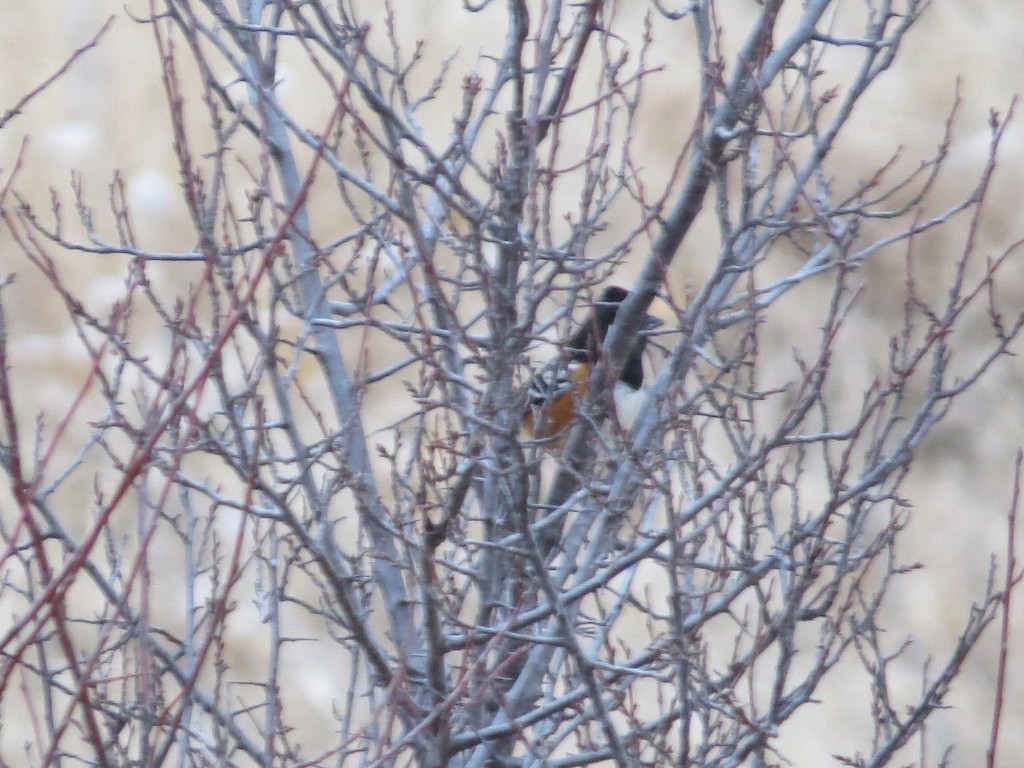
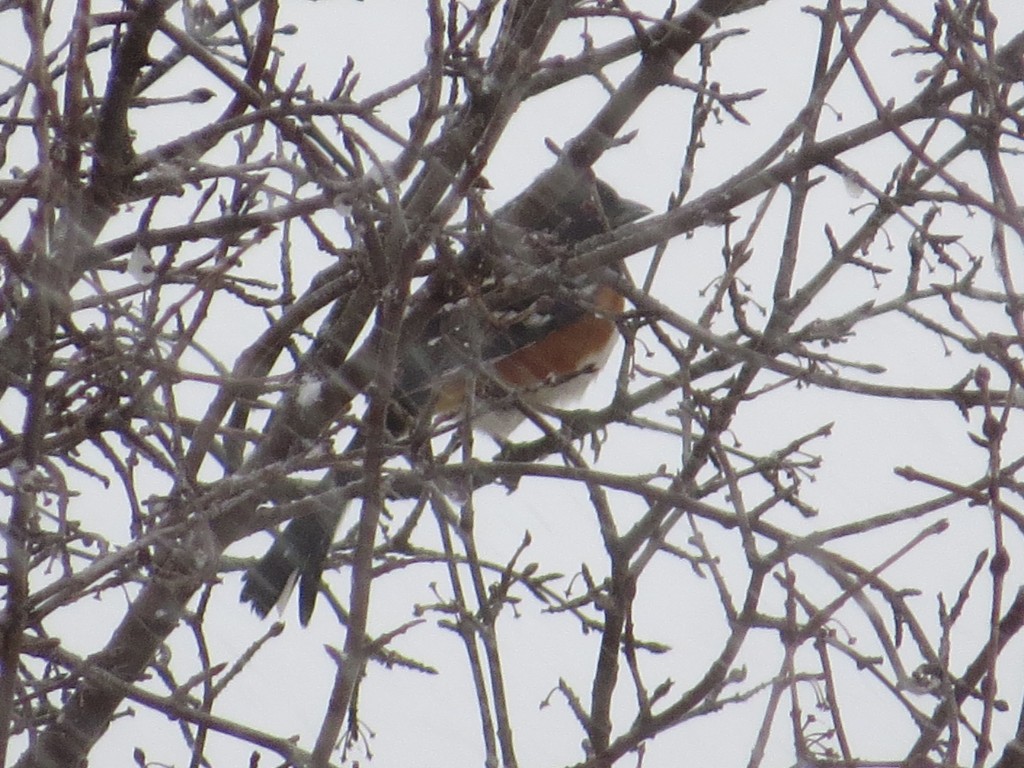

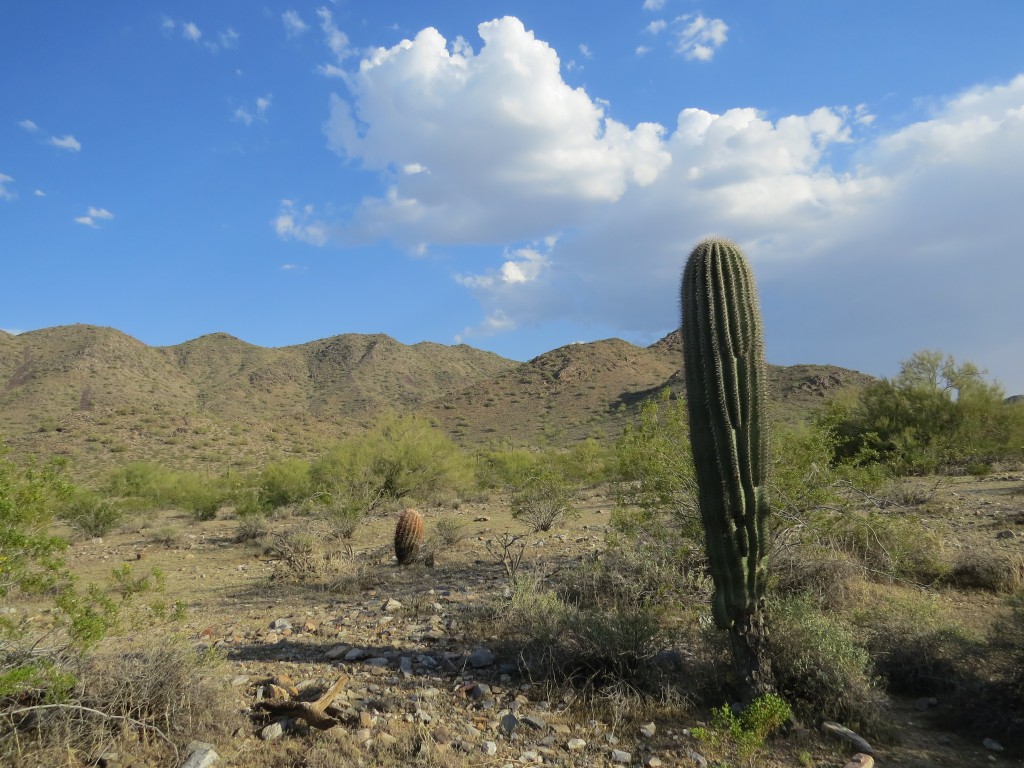 Every now and then my virtual birding world intersects with our actual birding activities. More than once I have found myself in the company of another birder trying to see a rare bird only to find out that person is some birding legend whose reports I have read. The Arizona trip would be put us in the company of just such a birder – but not by chance. Through my venture with
Every now and then my virtual birding world intersects with our actual birding activities. More than once I have found myself in the company of another birder trying to see a rare bird only to find out that person is some birding legend whose reports I have read. The Arizona trip would be put us in the company of just such a birder – but not by chance. Through my venture with 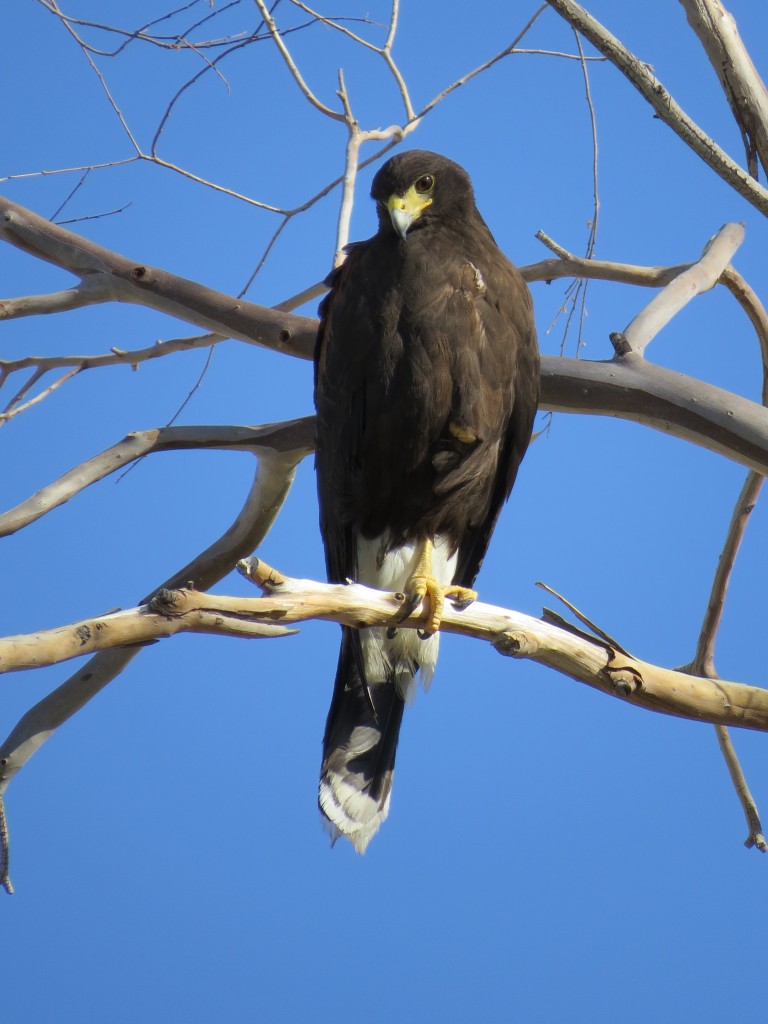
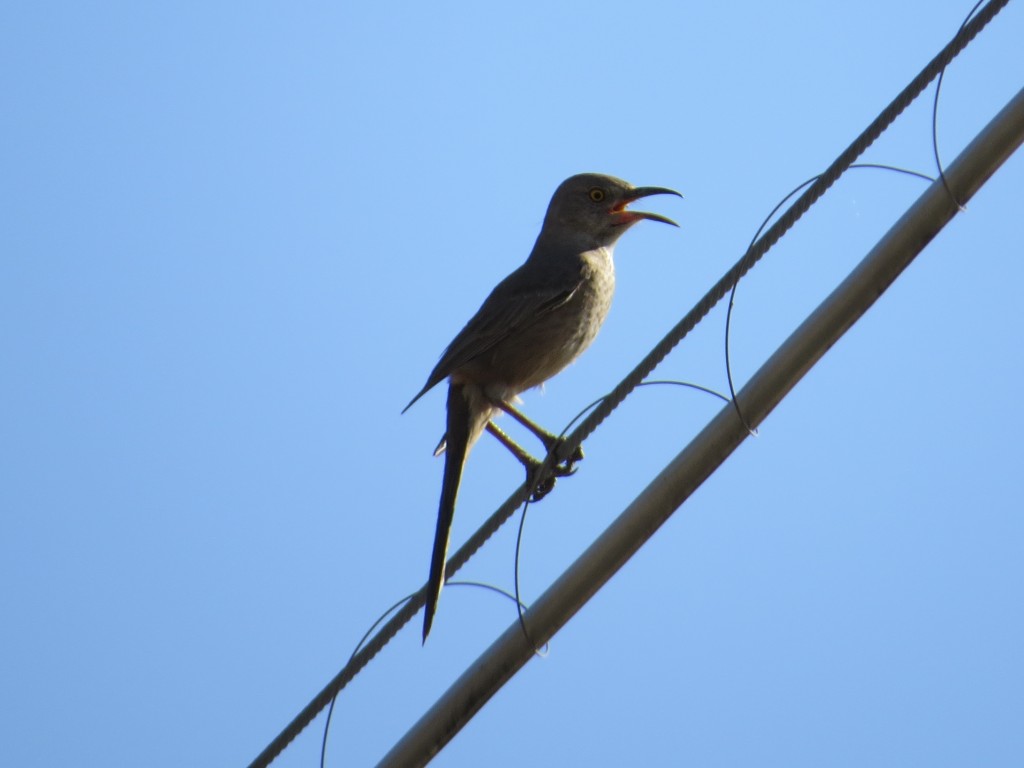
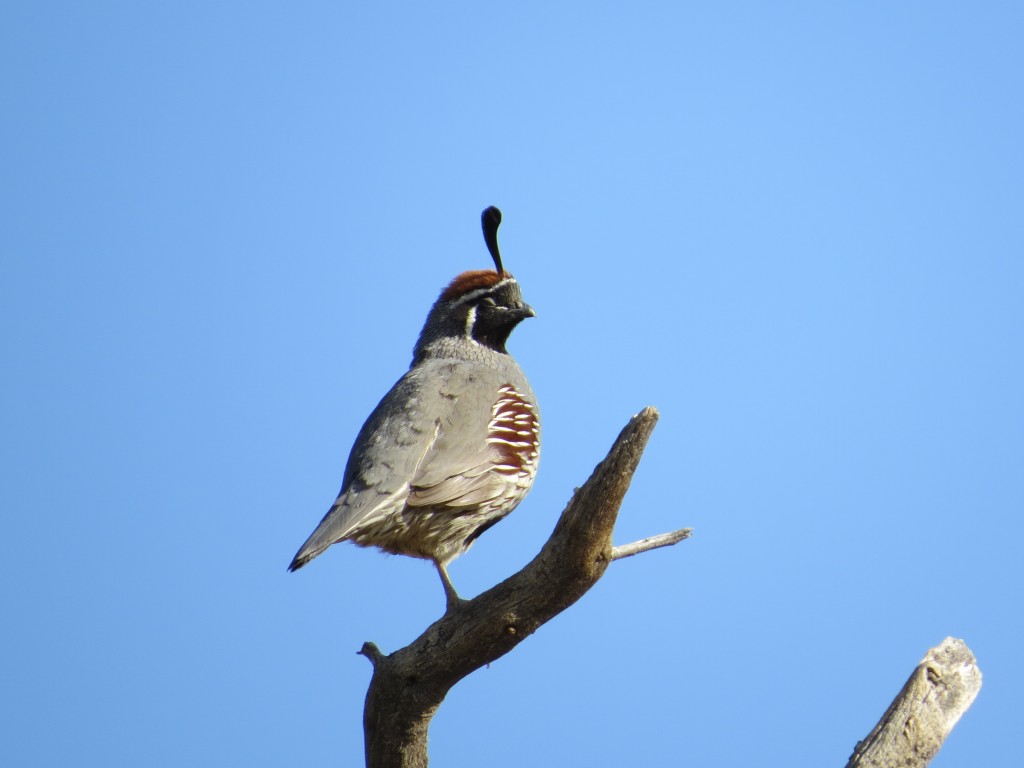
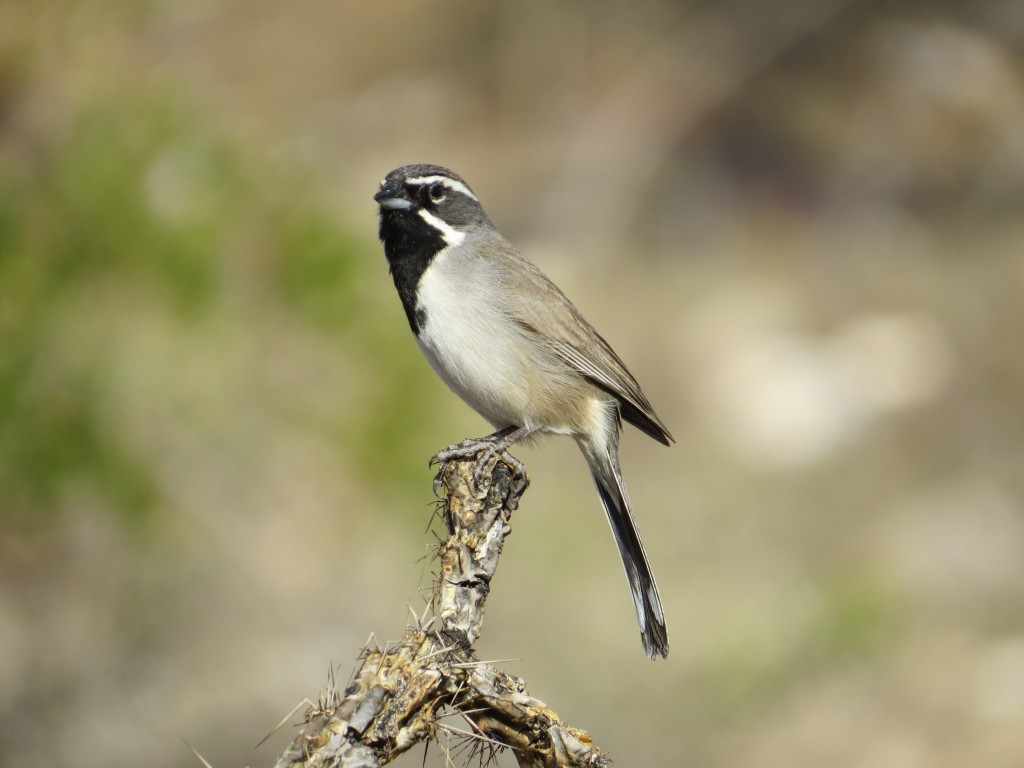
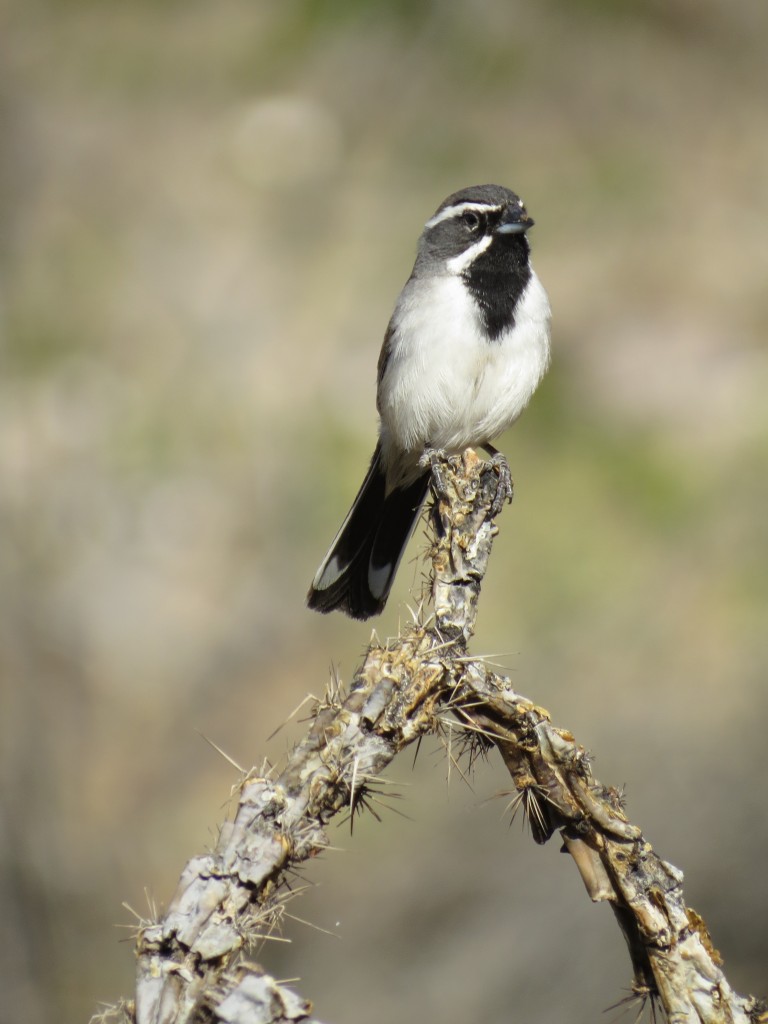
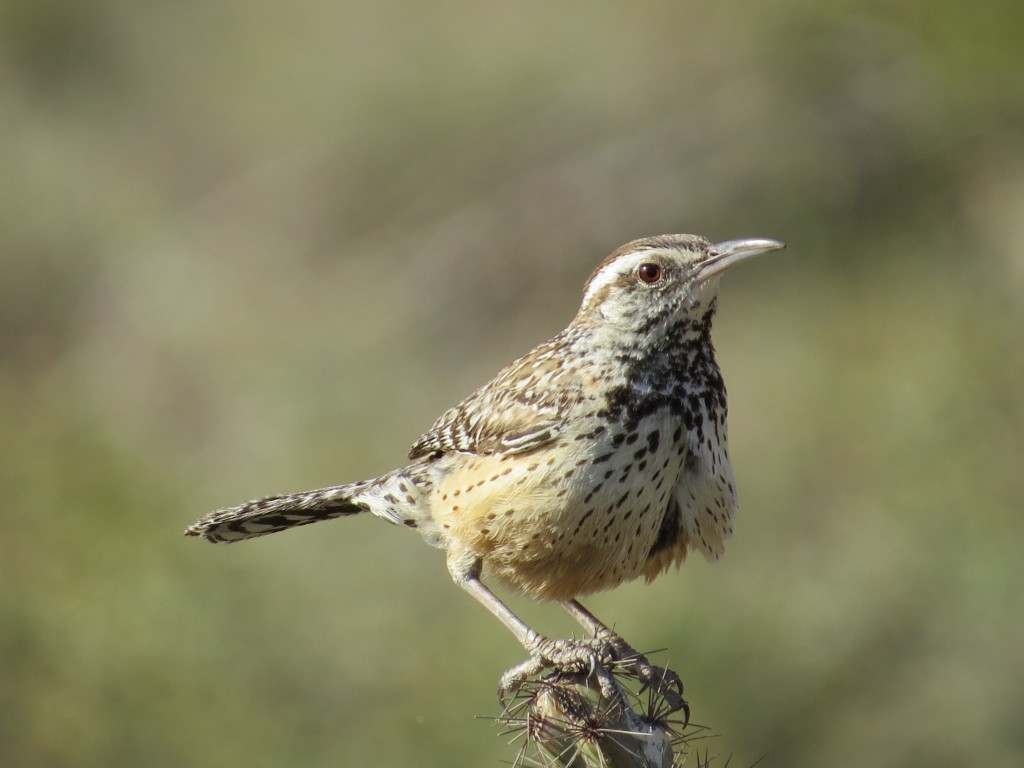
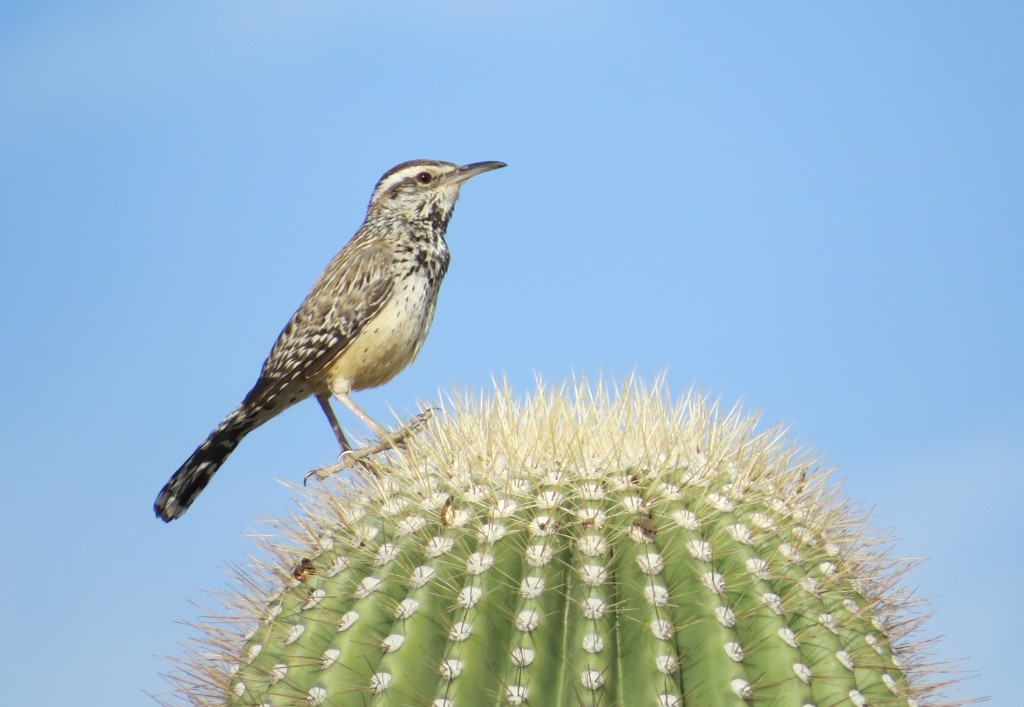
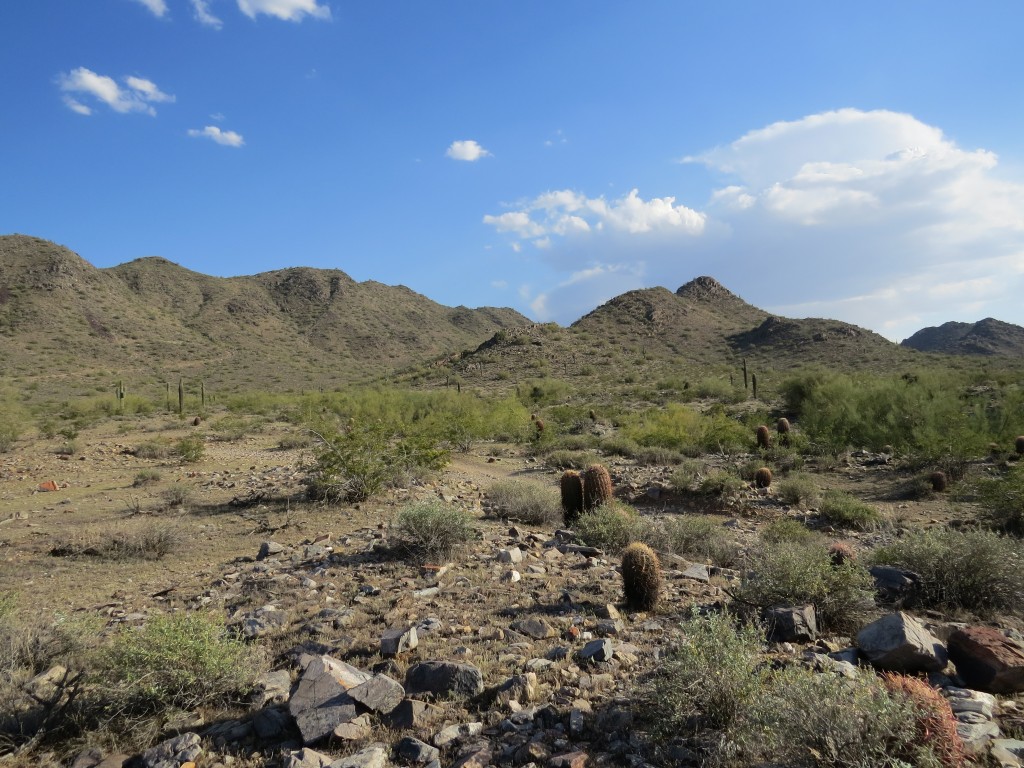
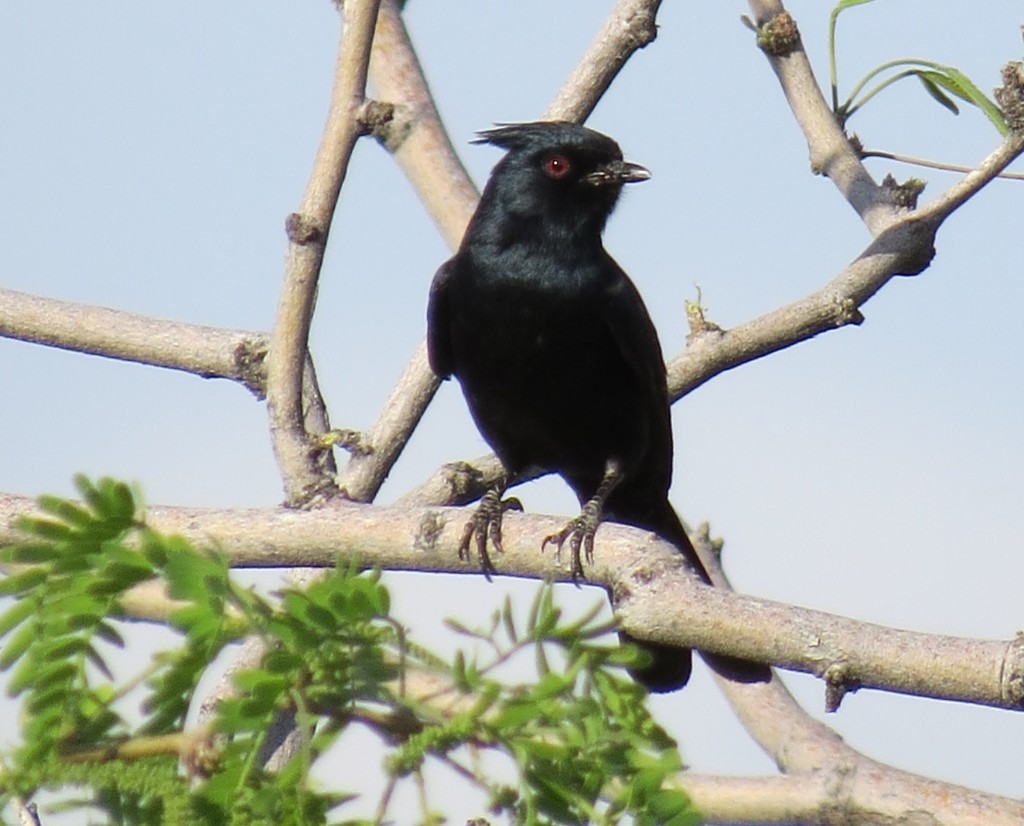
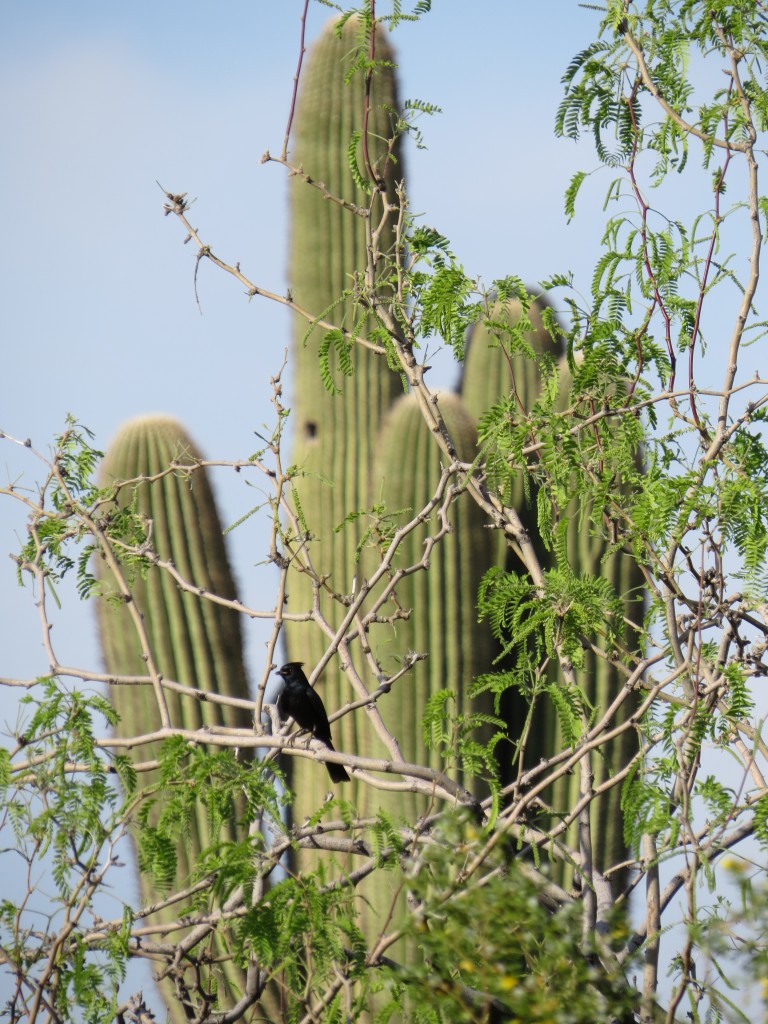
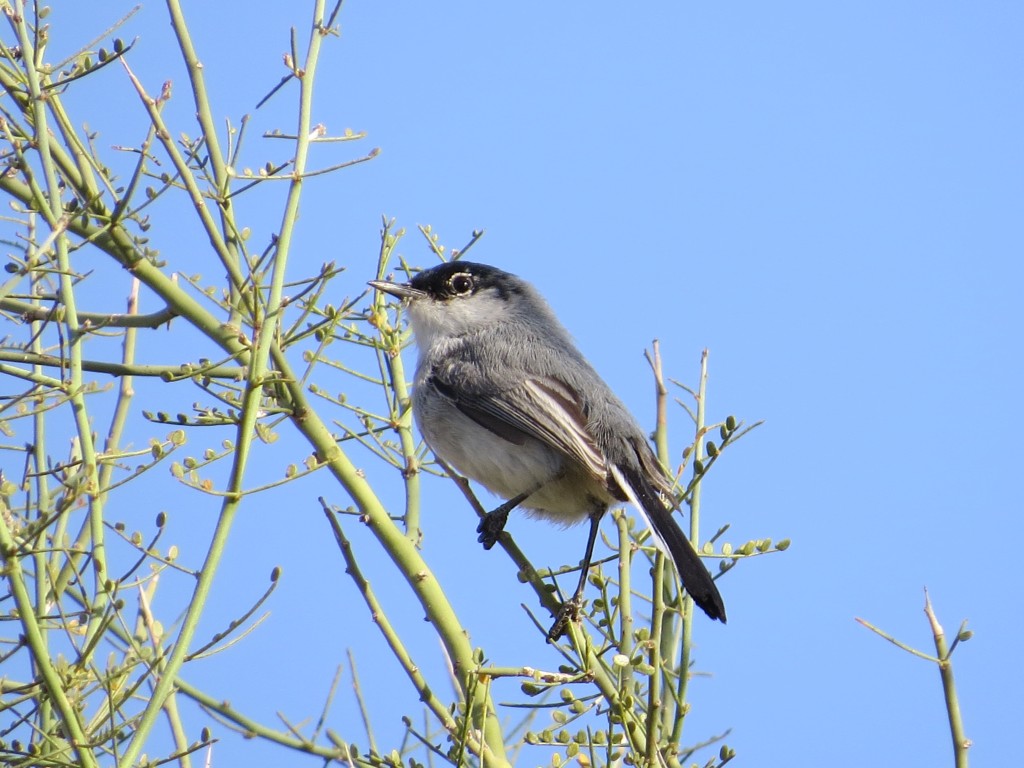
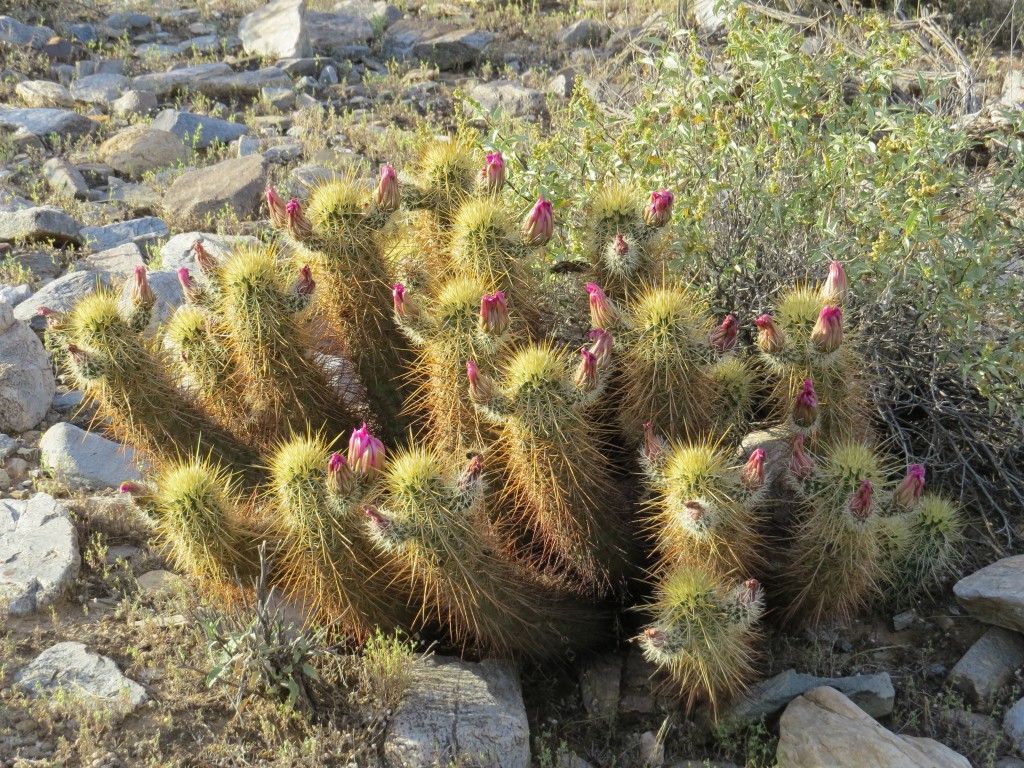
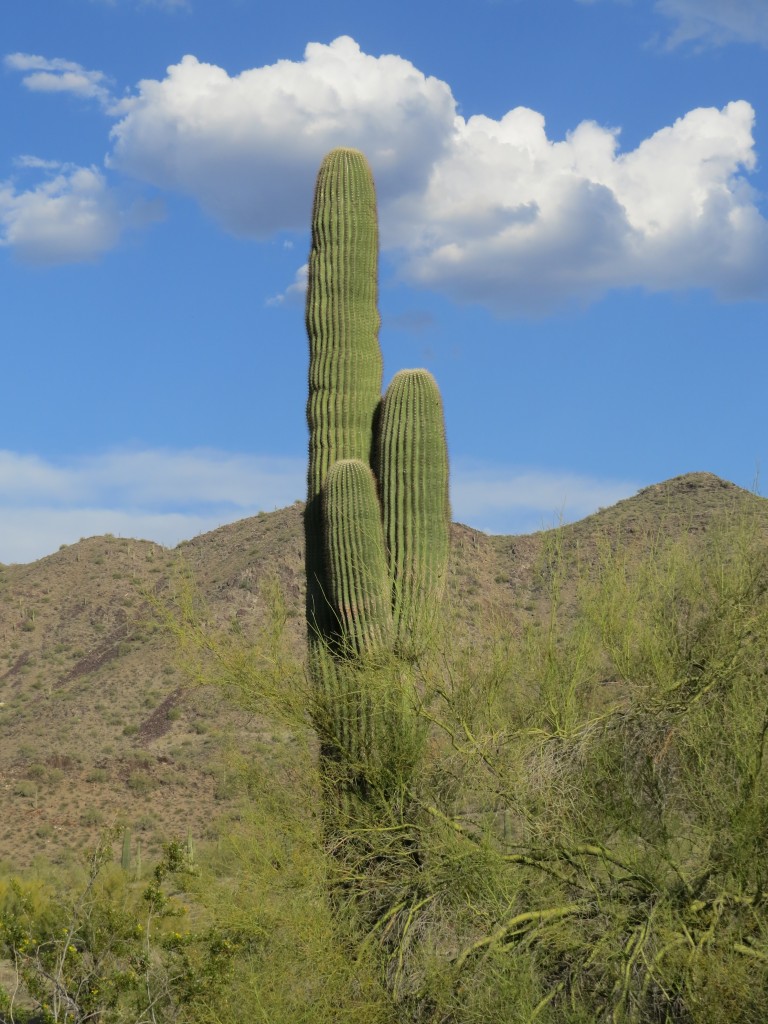
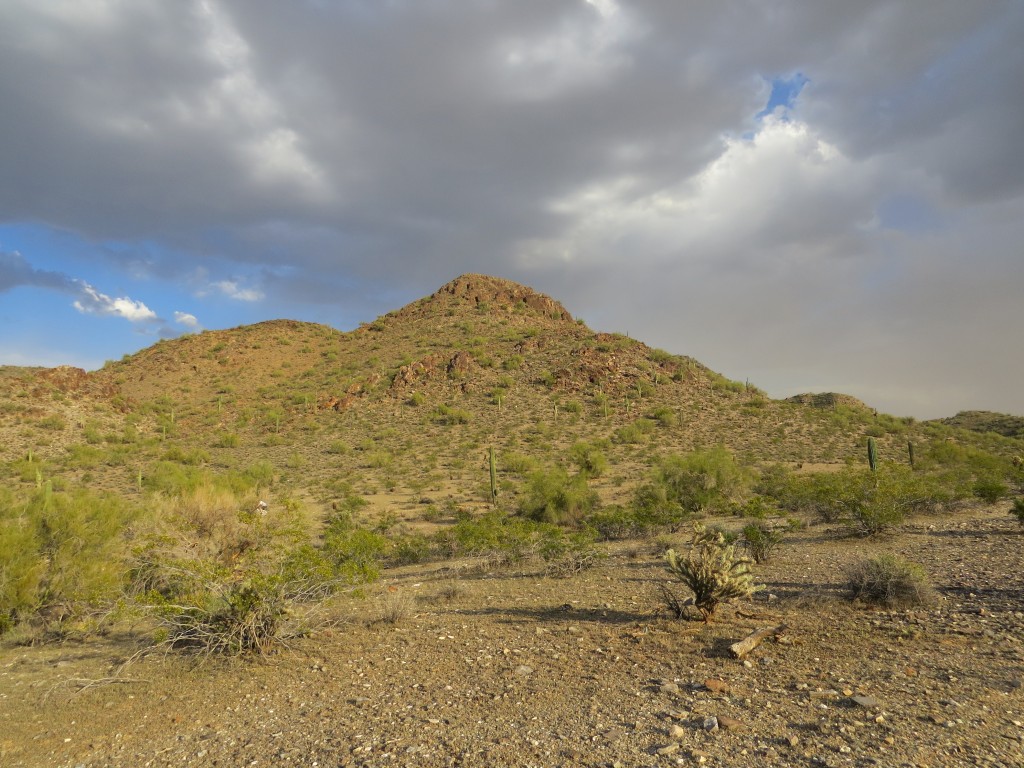 Our fearless guide kept watch for the next lifer.
Our fearless guide kept watch for the next lifer.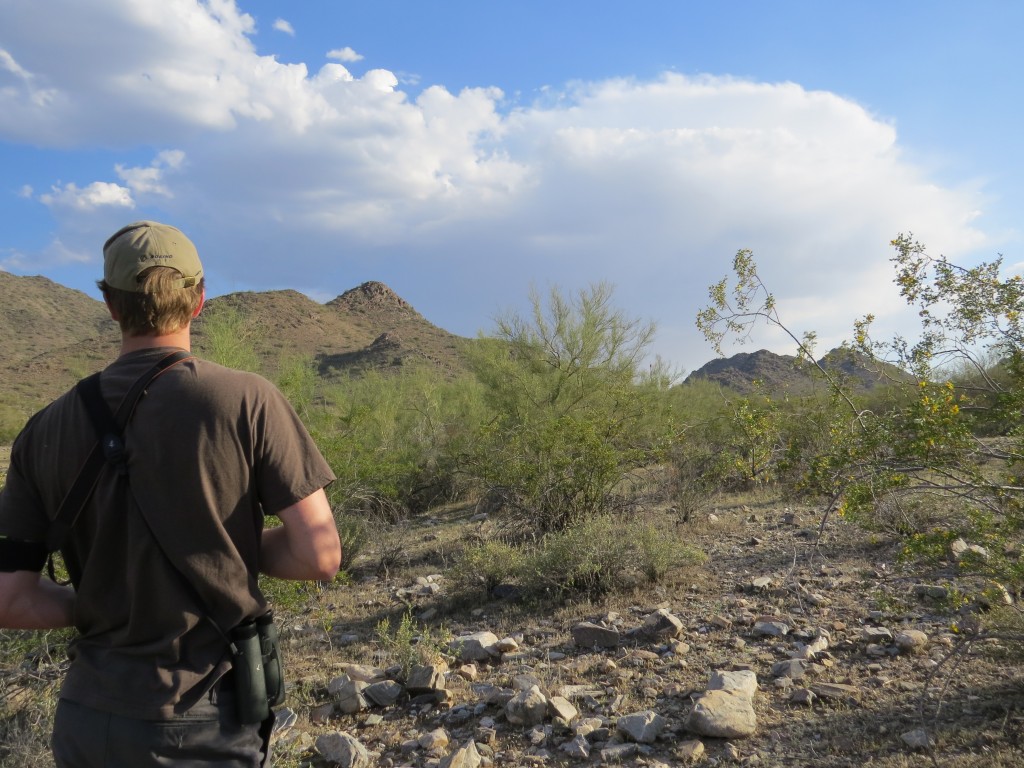 The next bird wasn’t a lifer nor a good photo op, but it’s a nice bird in my book, so it deserves a photo post – the Loggerhead Shrike.
The next bird wasn’t a lifer nor a good photo op, but it’s a nice bird in my book, so it deserves a photo post – the Loggerhead Shrike.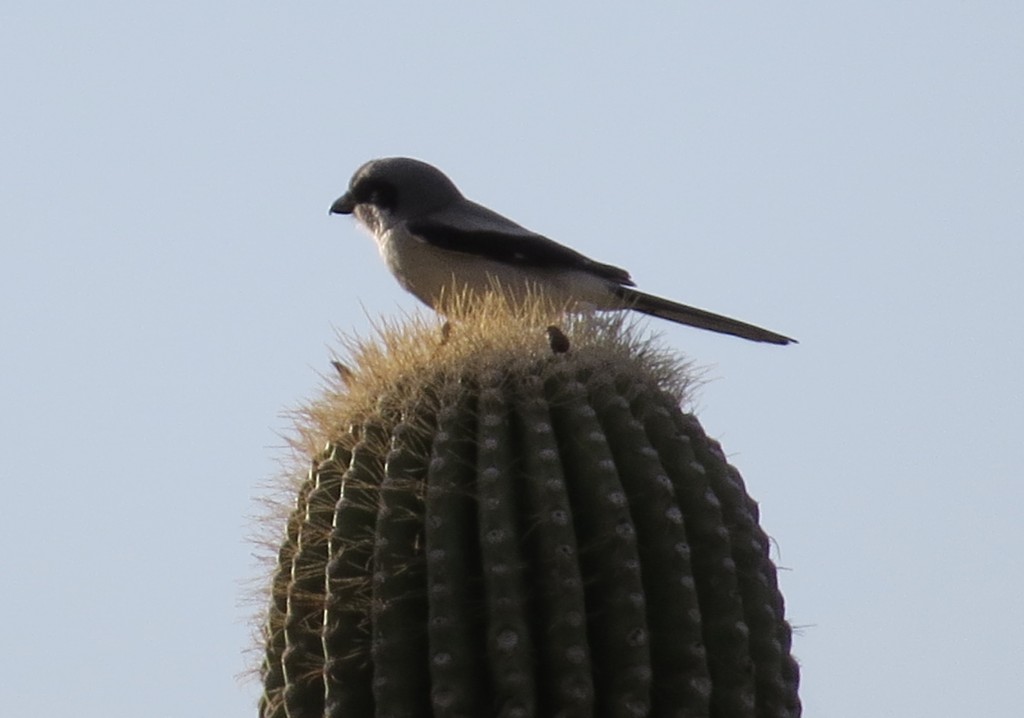
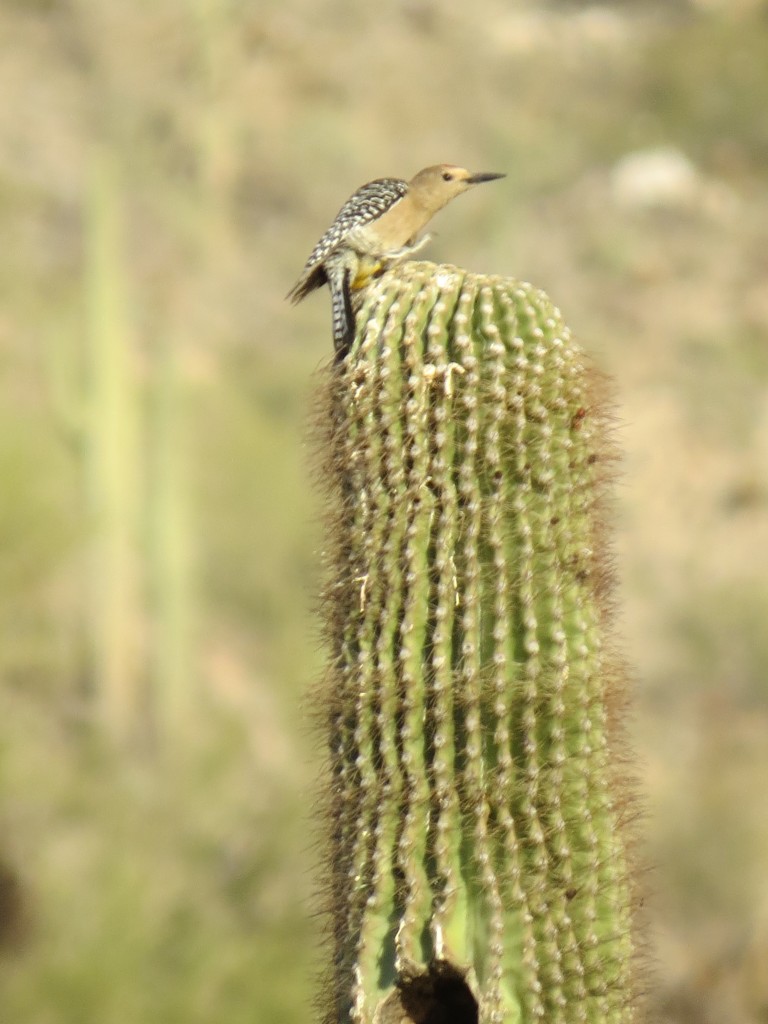
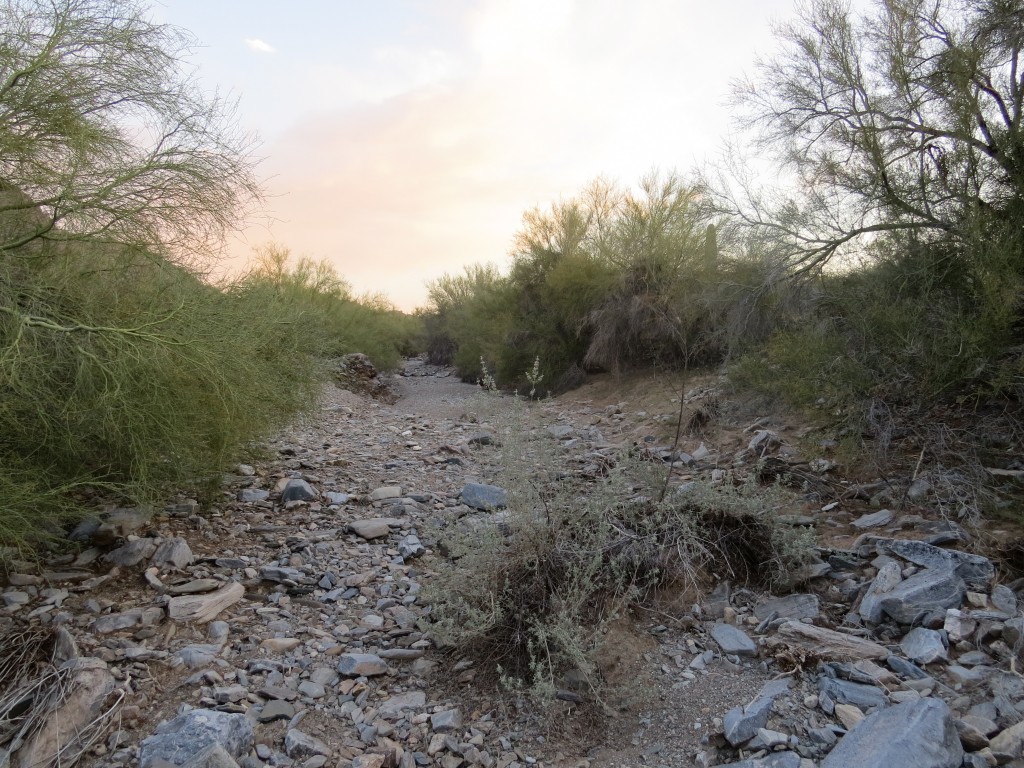
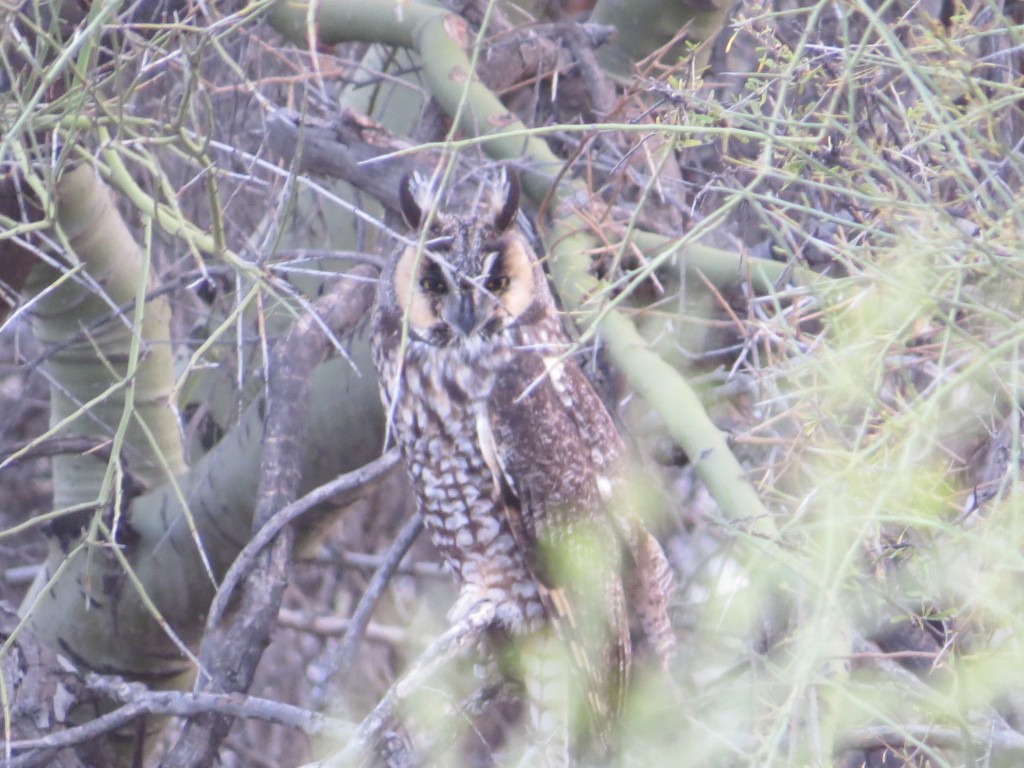
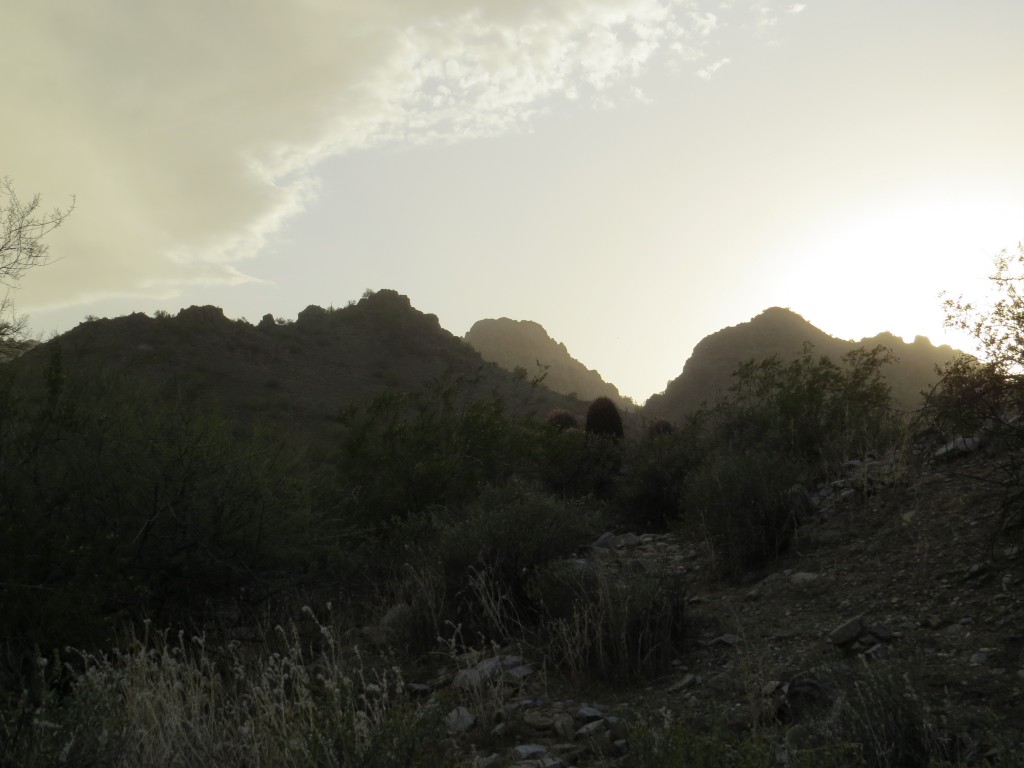
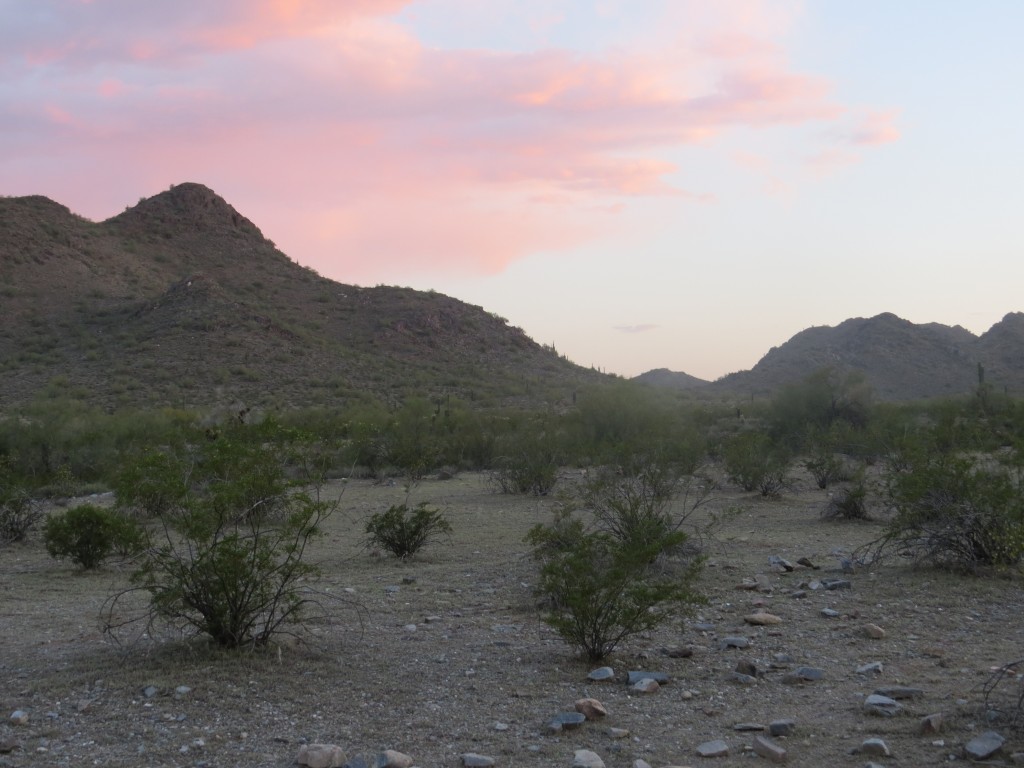
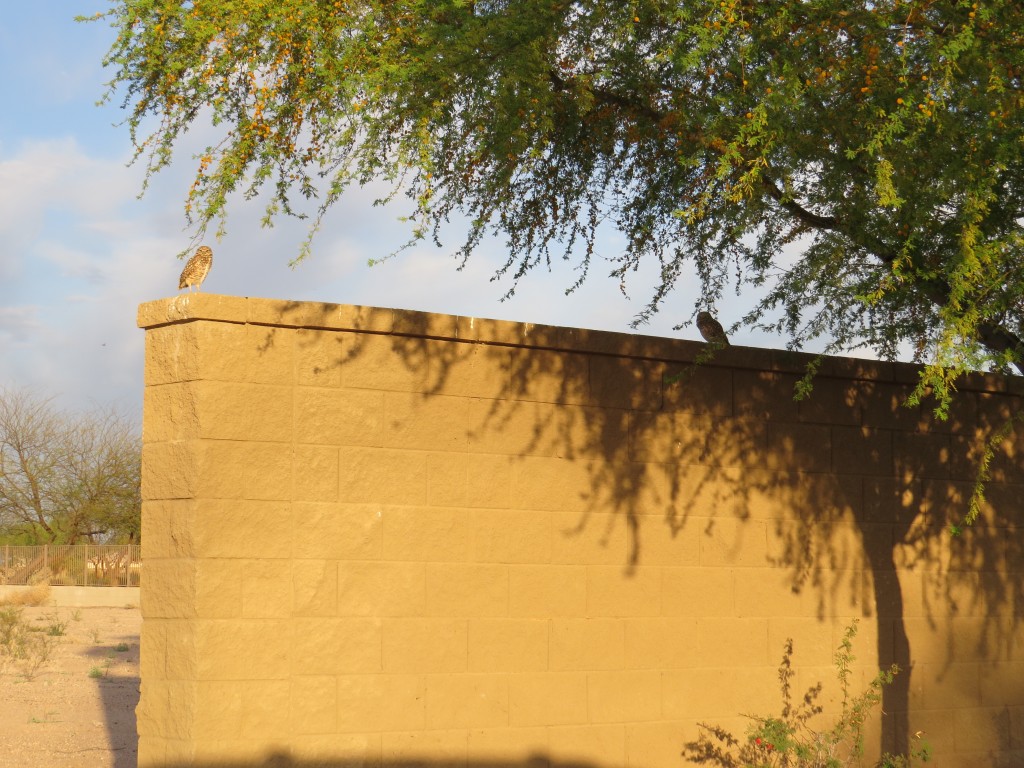
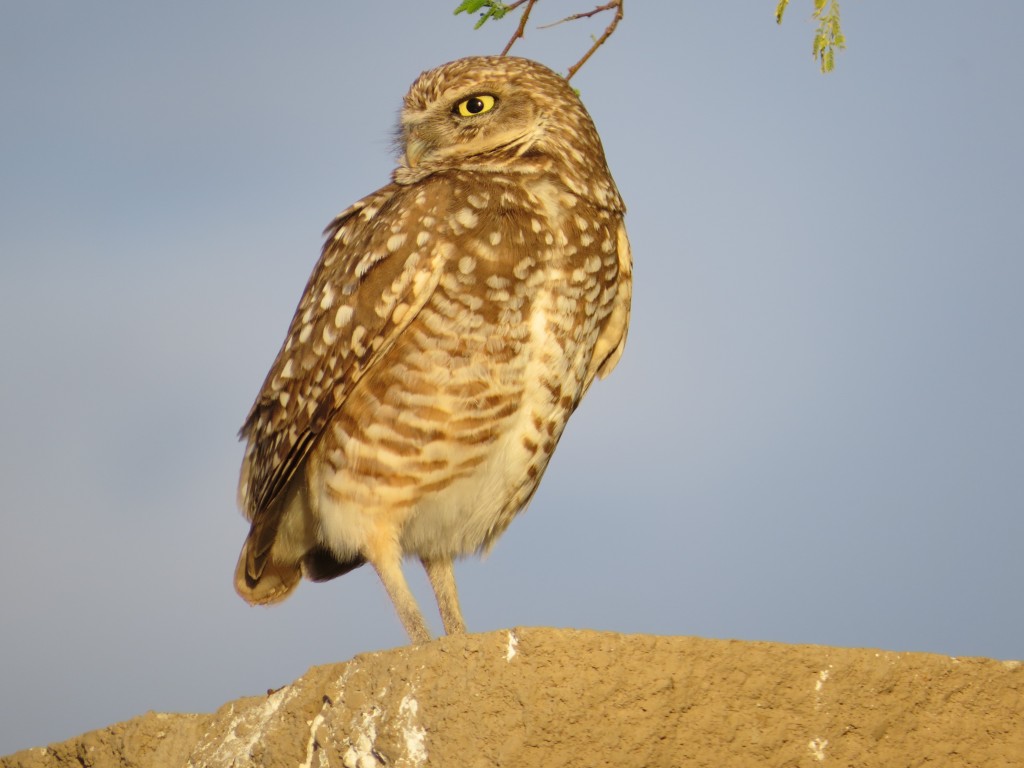
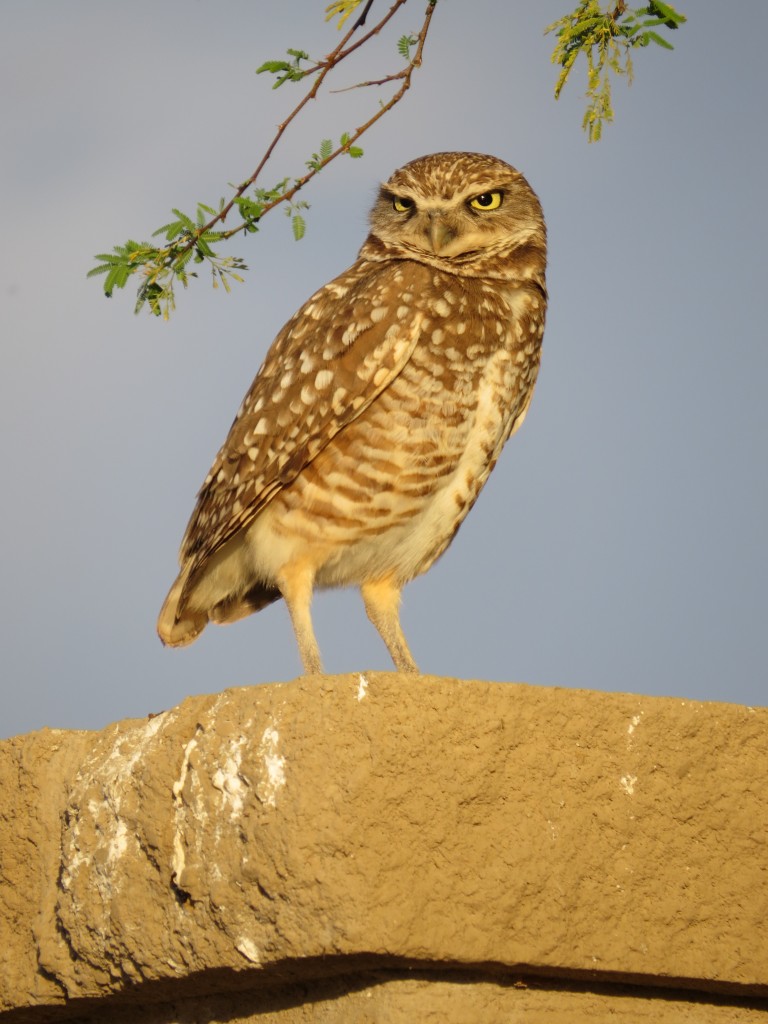
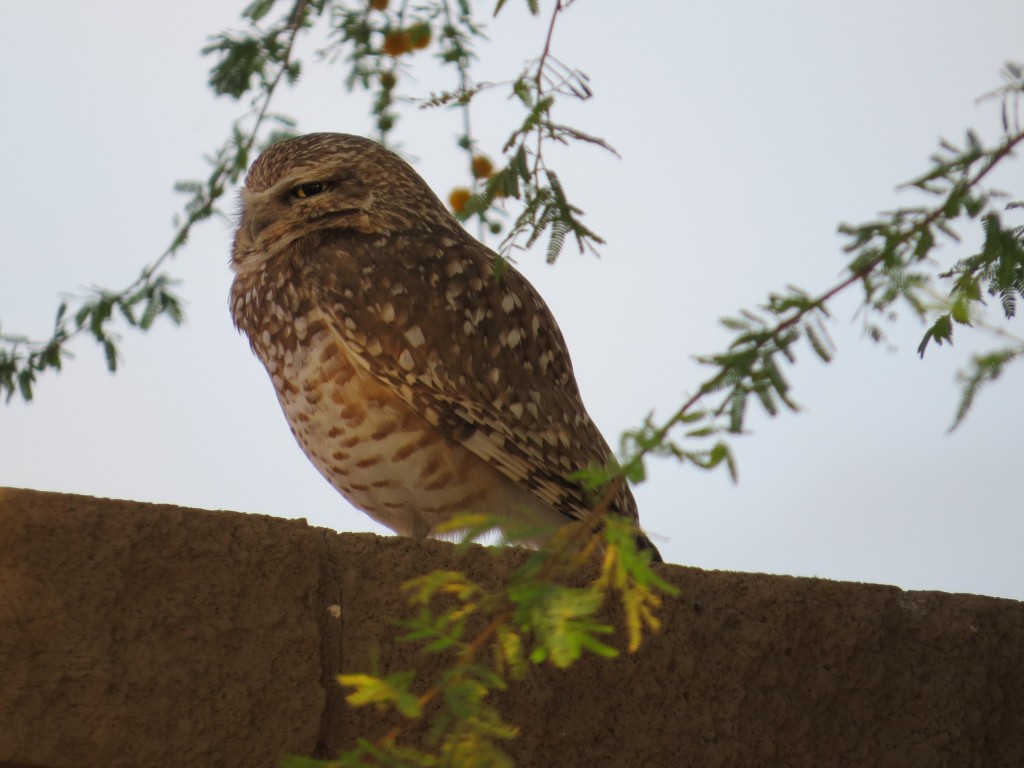 After snapping a couple photos, we rolled along. Dad was going to drop Evan and me off at Pacana Park to do a little water birding while he ran an errand. On the way to Pacana we found another pair of Burrowing Owls on a wall in town! That made for 12 Burrowing Owls for the trip.
After snapping a couple photos, we rolled along. Dad was going to drop Evan and me off at Pacana Park to do a little water birding while he ran an errand. On the way to Pacana we found another pair of Burrowing Owls on a wall in town! That made for 12 Burrowing Owls for the trip.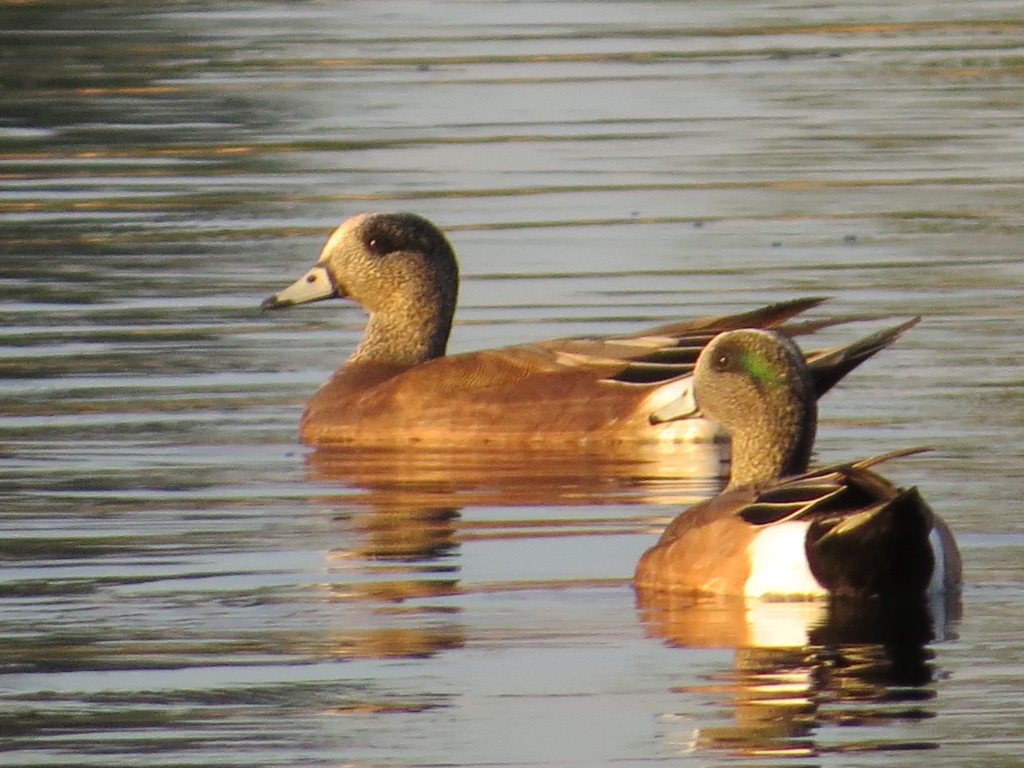
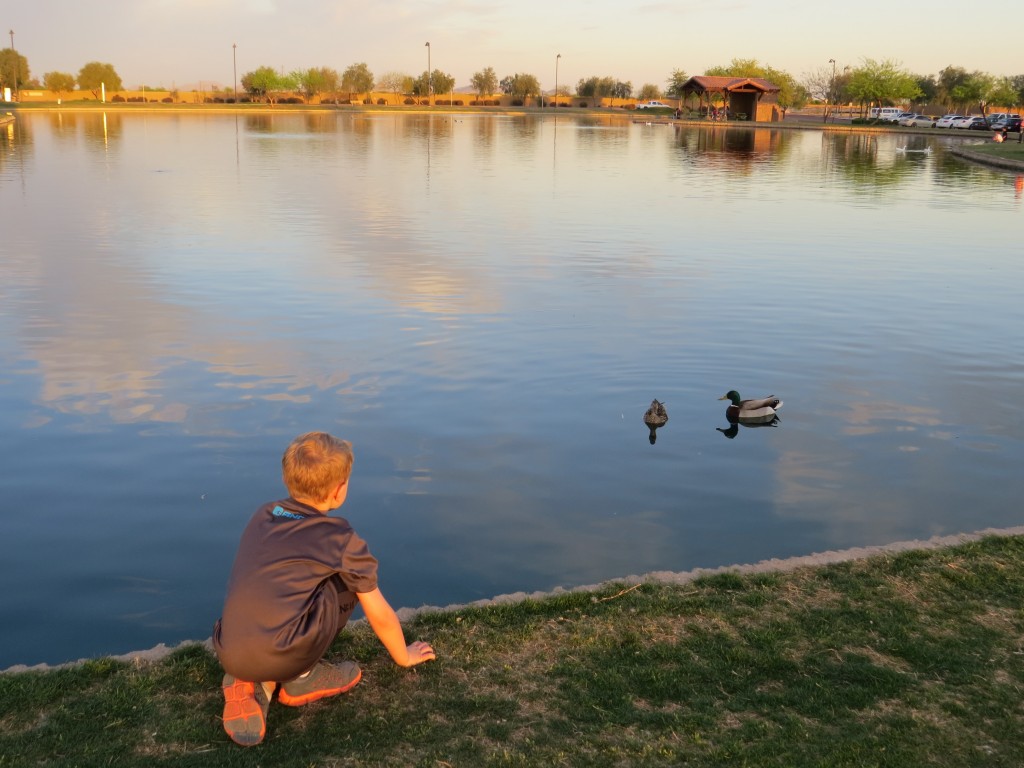
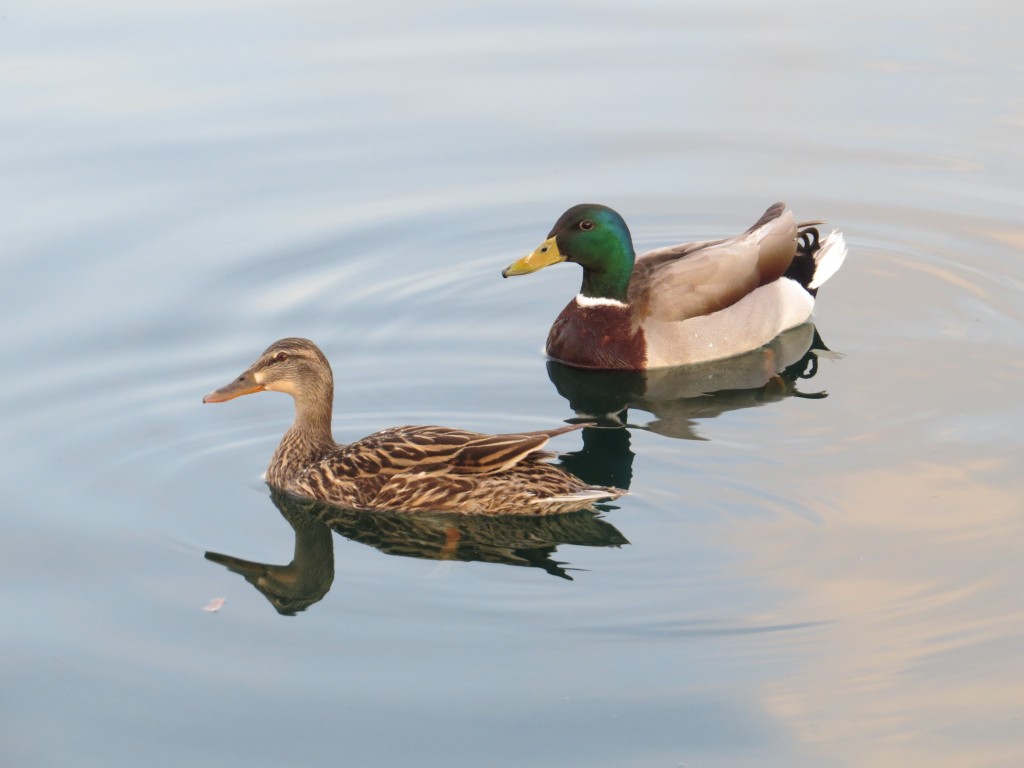
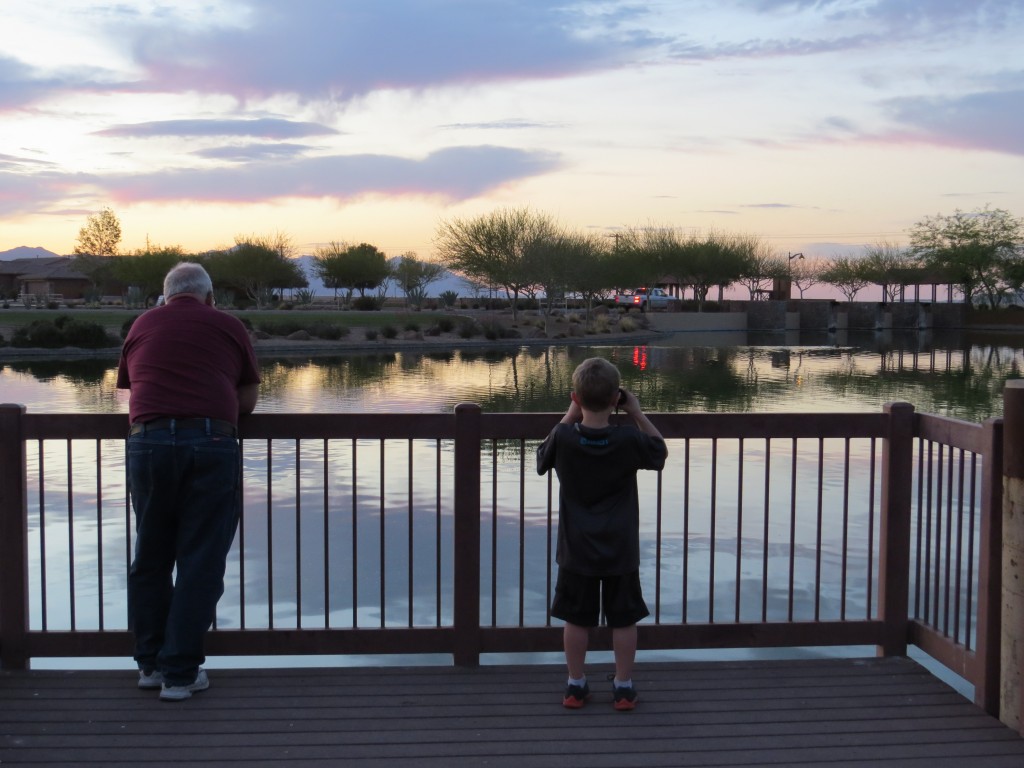
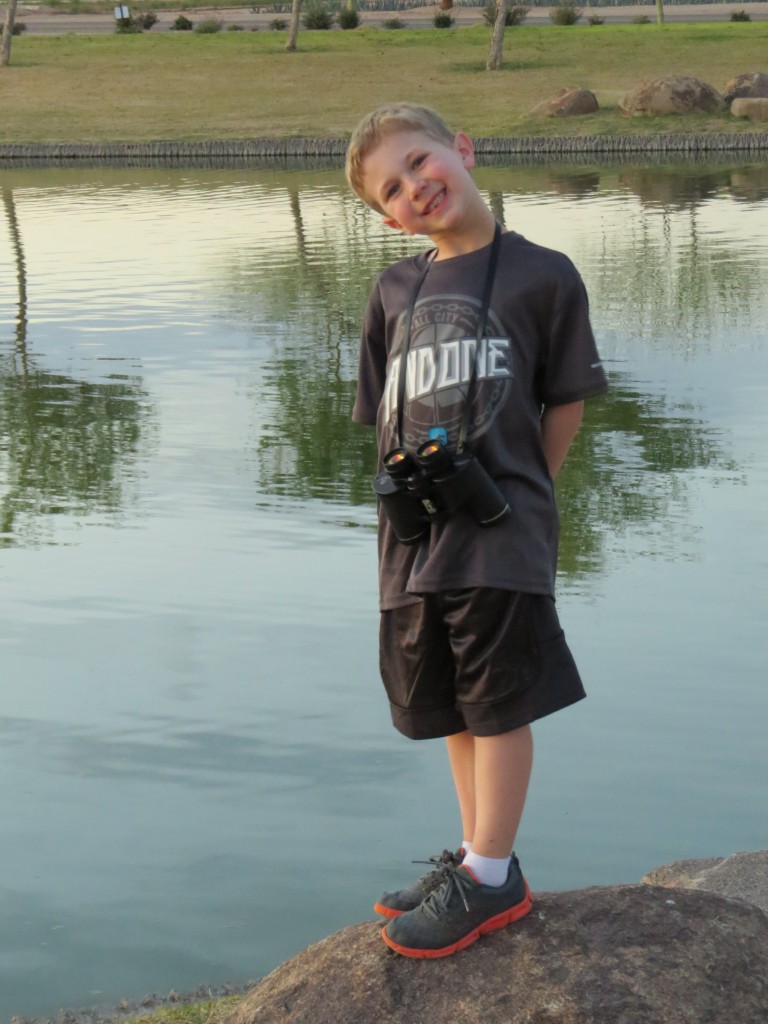 It was a relaxing evening with some good sightings. All that was left to do was to enjoy another great Arizona sunset.
It was a relaxing evening with some good sightings. All that was left to do was to enjoy another great Arizona sunset.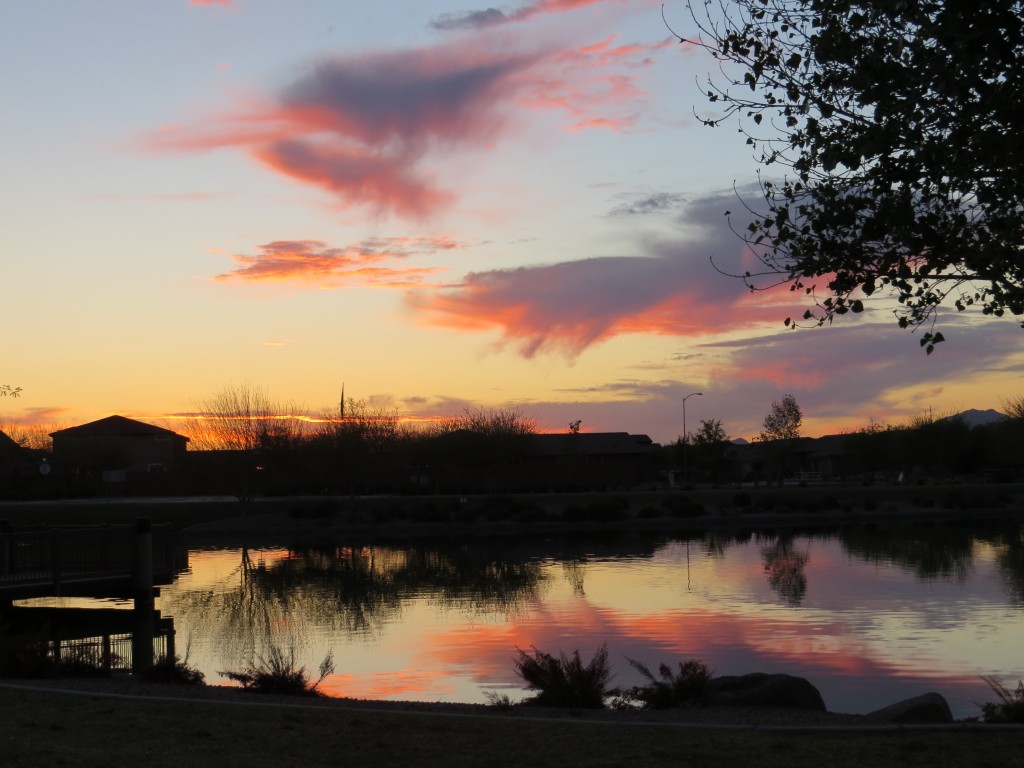
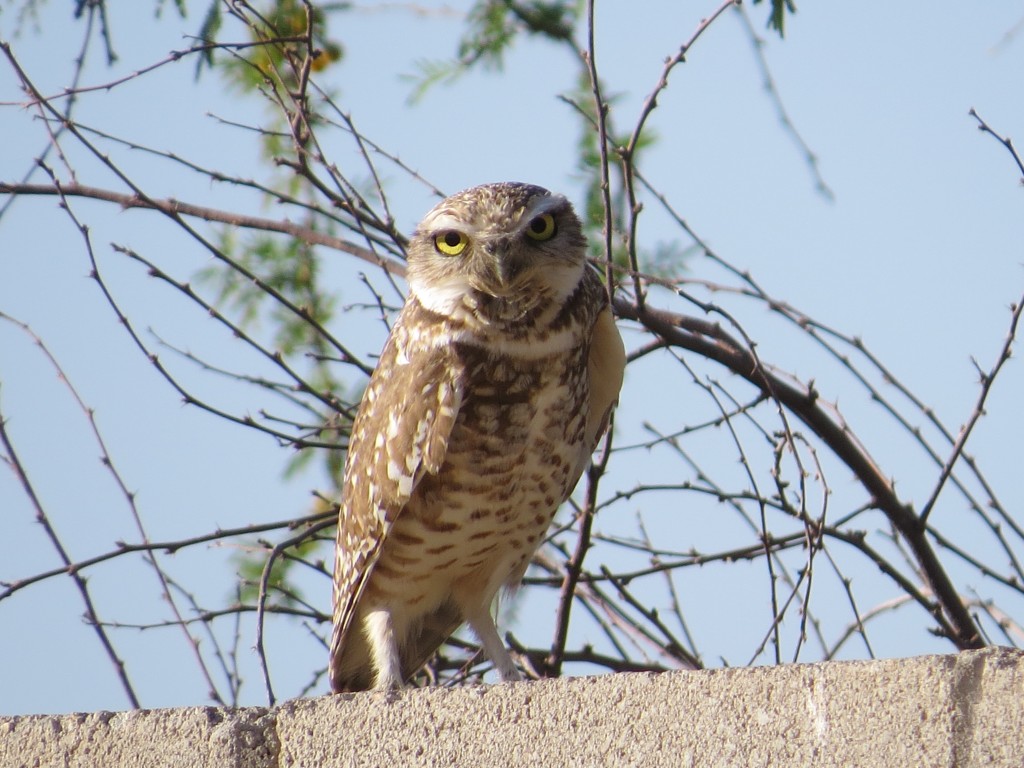
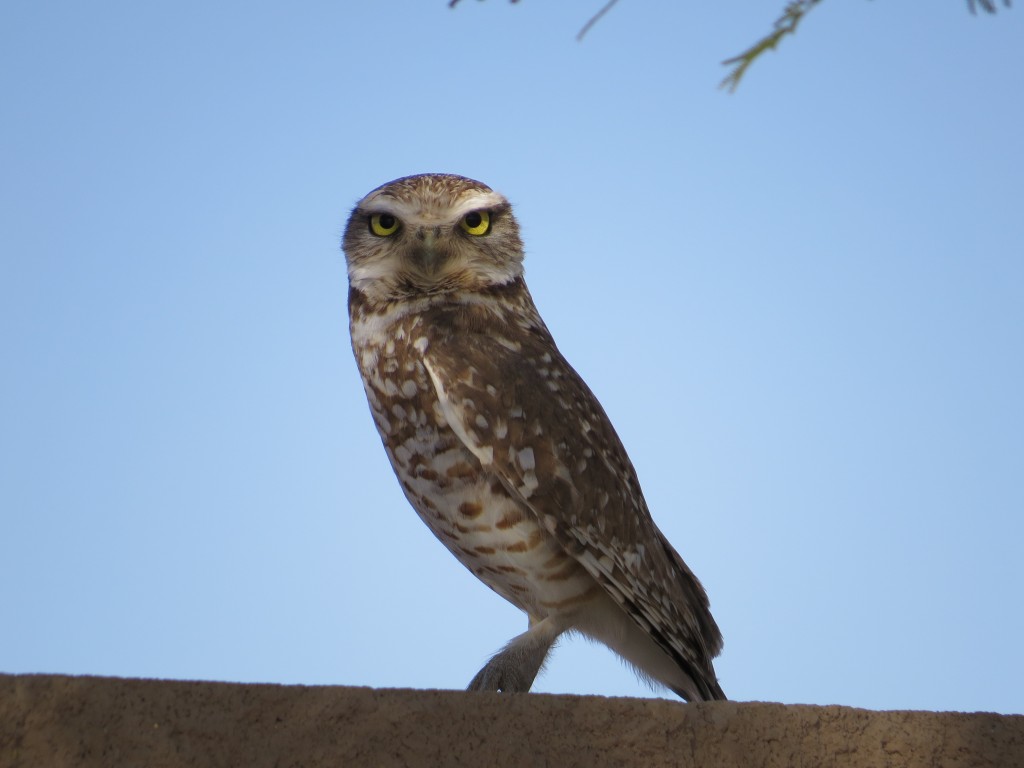
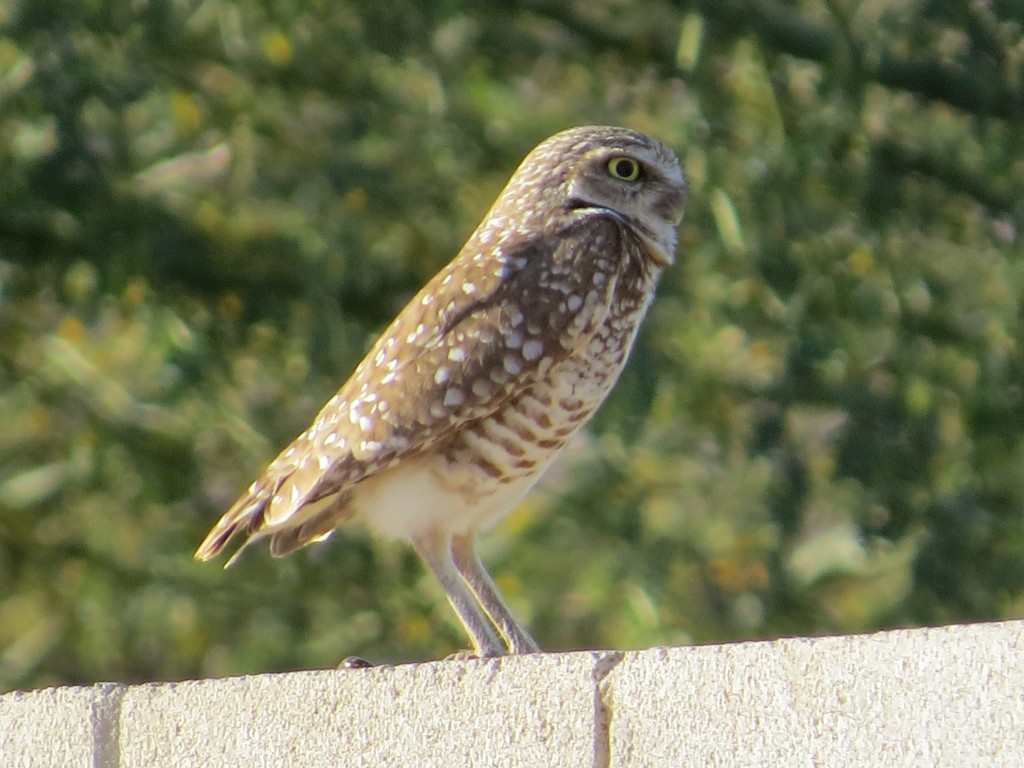 It was a lot of fun to show Evan and Melissa this pair’s burrow right under the sidewalk.
It was a lot of fun to show Evan and Melissa this pair’s burrow right under the sidewalk.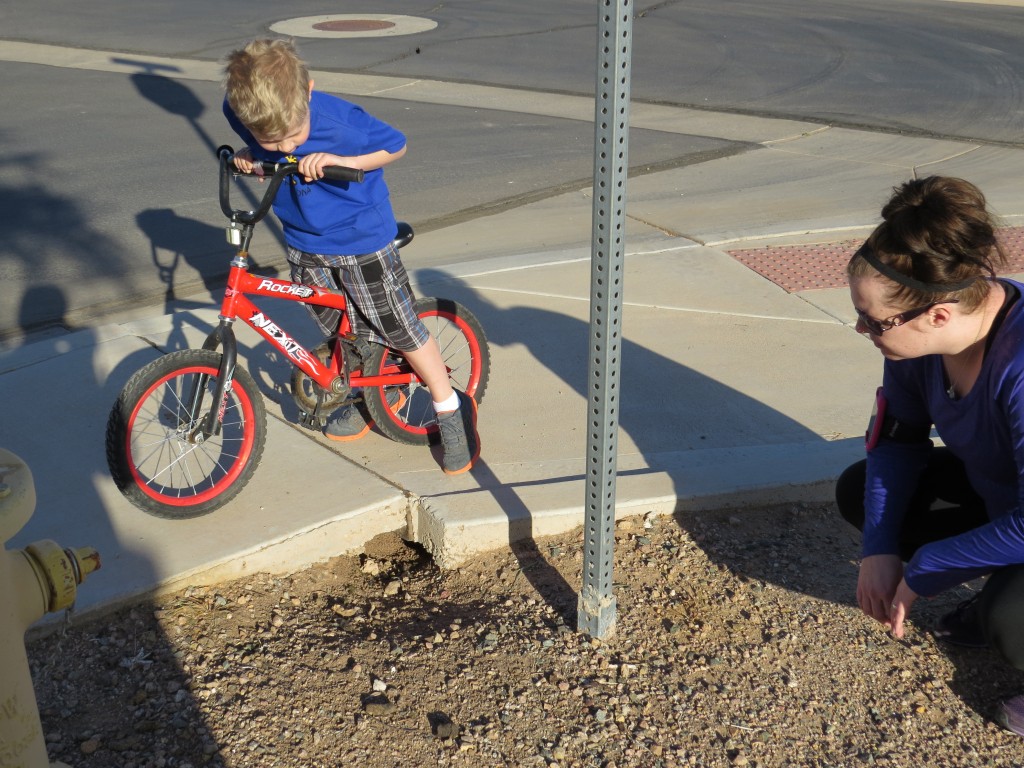
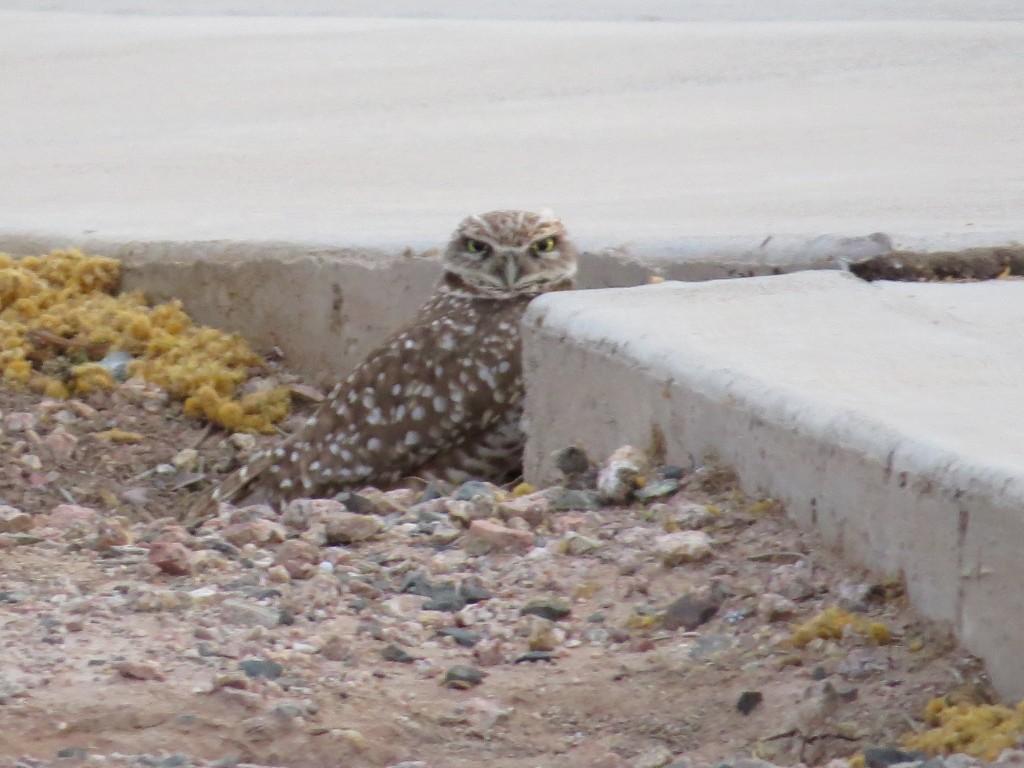
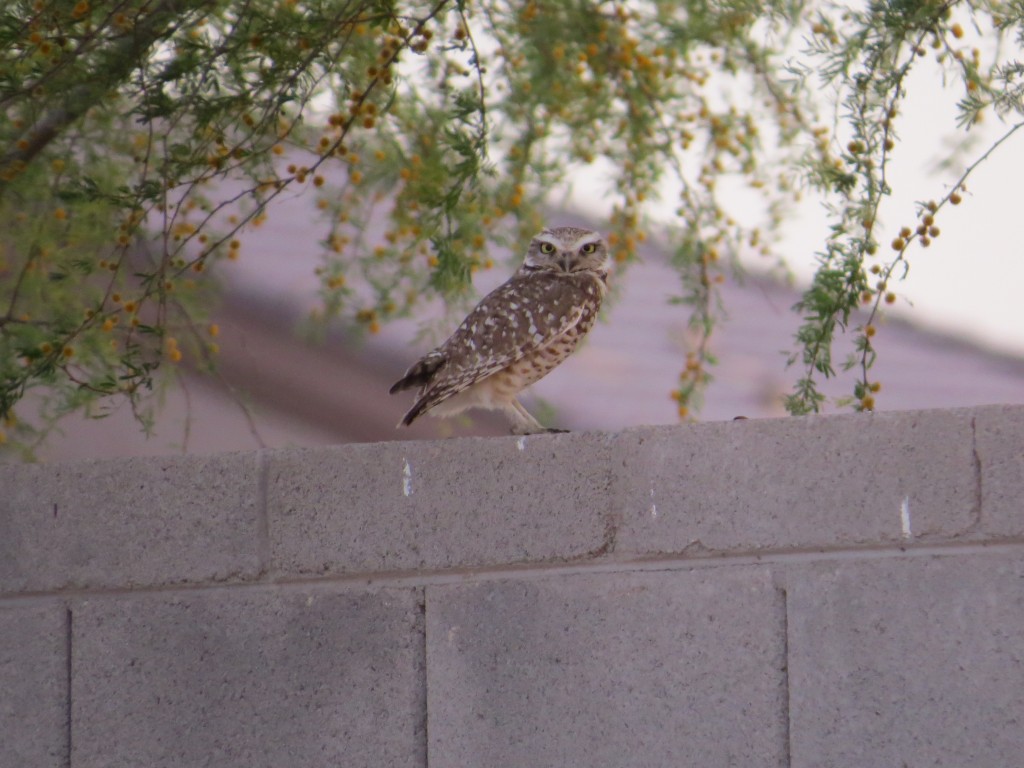
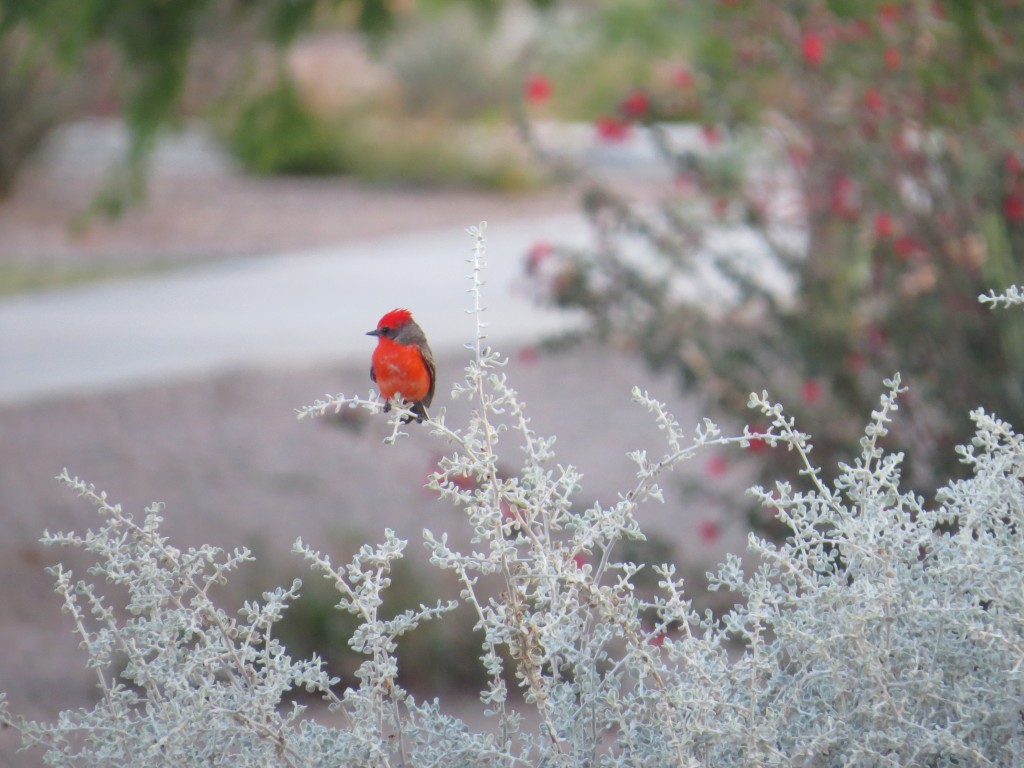
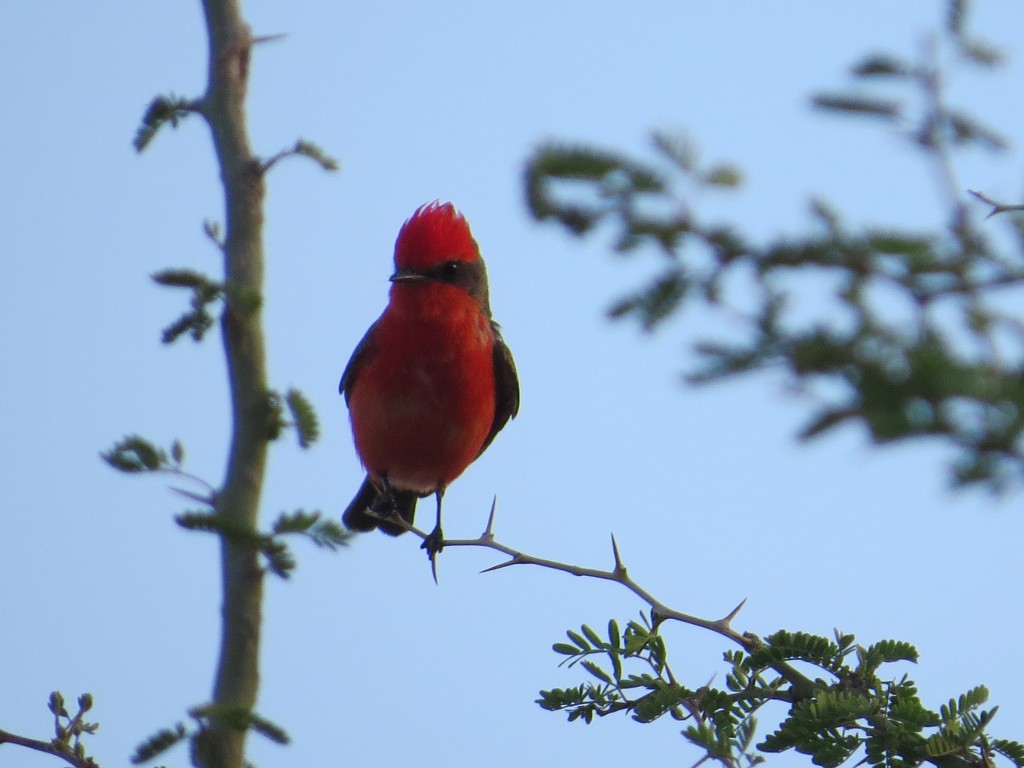
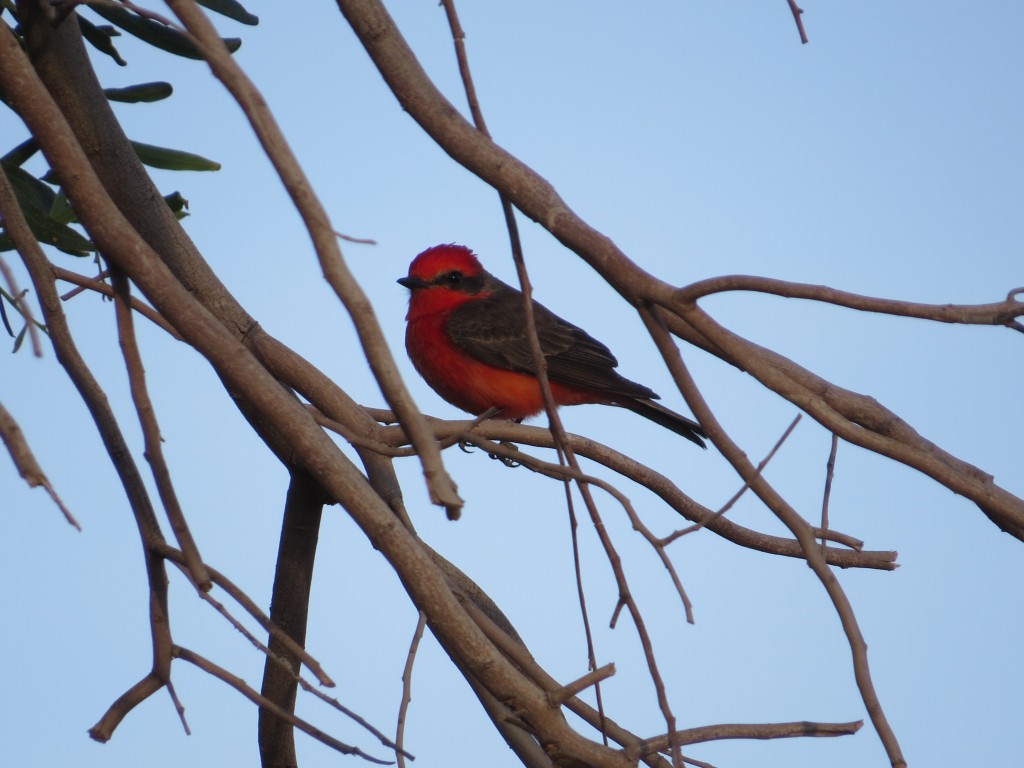
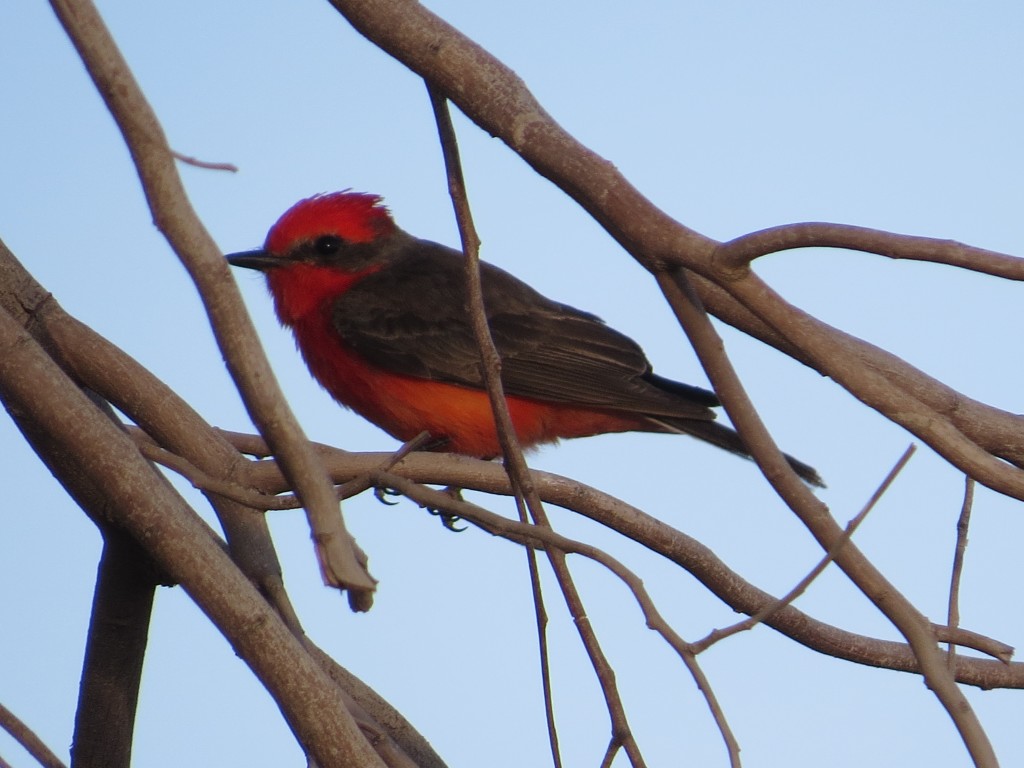 So all three major targets – Burowing Owl, Cinnamon Teal, and Vermilion Flycatcher – were all found within a few blocks of each other right in town and less than a mile from my parents’ house. These avian treasures were fun to have so close because we could see them whenever we wanted.
So all three major targets – Burowing Owl, Cinnamon Teal, and Vermilion Flycatcher – were all found within a few blocks of each other right in town and less than a mile from my parents’ house. These avian treasures were fun to have so close because we could see them whenever we wanted.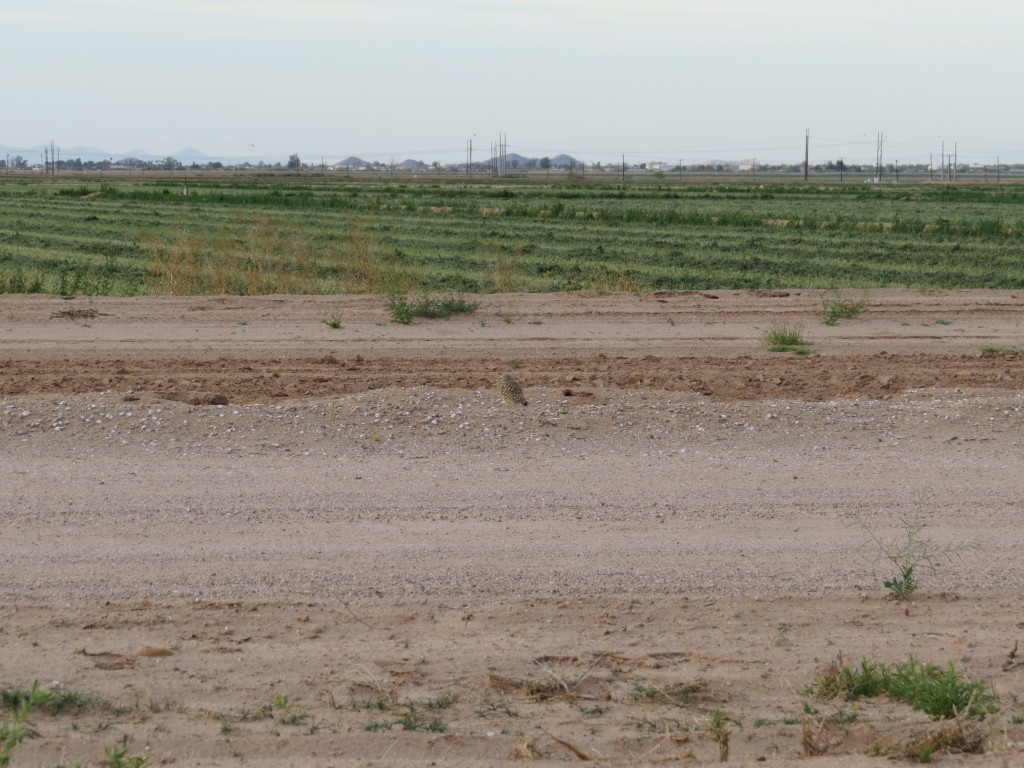 I had given up all hope of seeing one that I wasn’t even looking like a birder should. Way to go, Melissa! Regular readers may recall that she alone found all five Great Gray Owls on that epic December day on Aitkin Co. Rd. 18. She modestly replies that she was given the job of looking for an owl and that she was just doing her task.
I had given up all hope of seeing one that I wasn’t even looking like a birder should. Way to go, Melissa! Regular readers may recall that she alone found all five Great Gray Owls on that epic December day on Aitkin Co. Rd. 18. She modestly replies that she was given the job of looking for an owl and that she was just doing her task.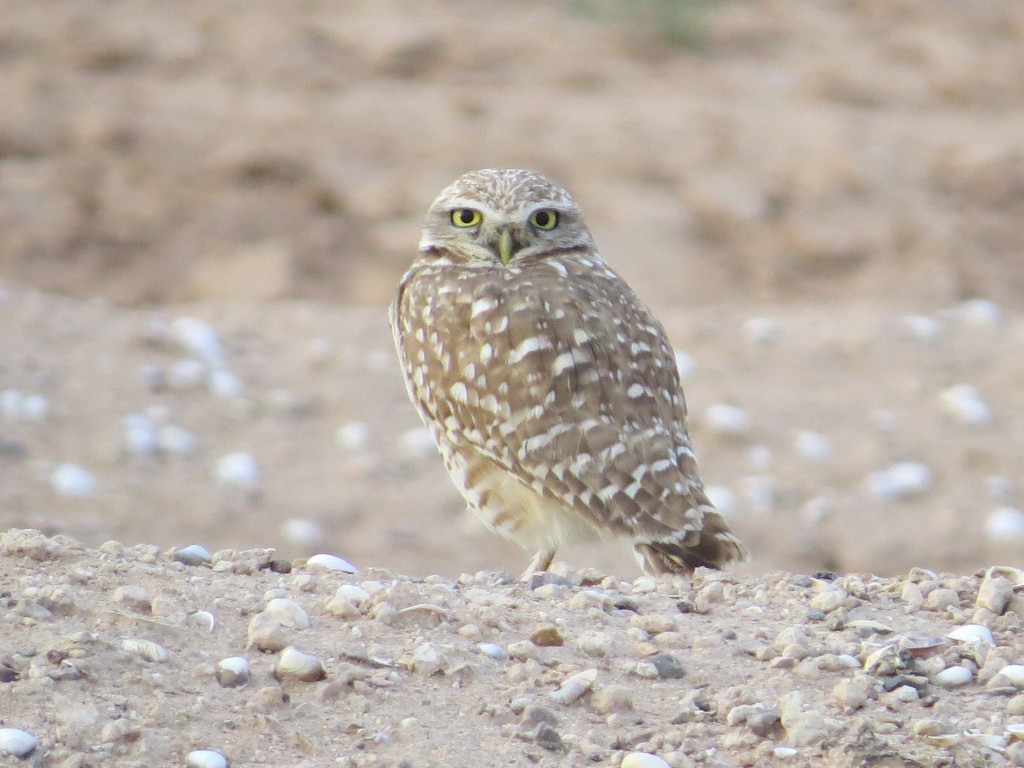
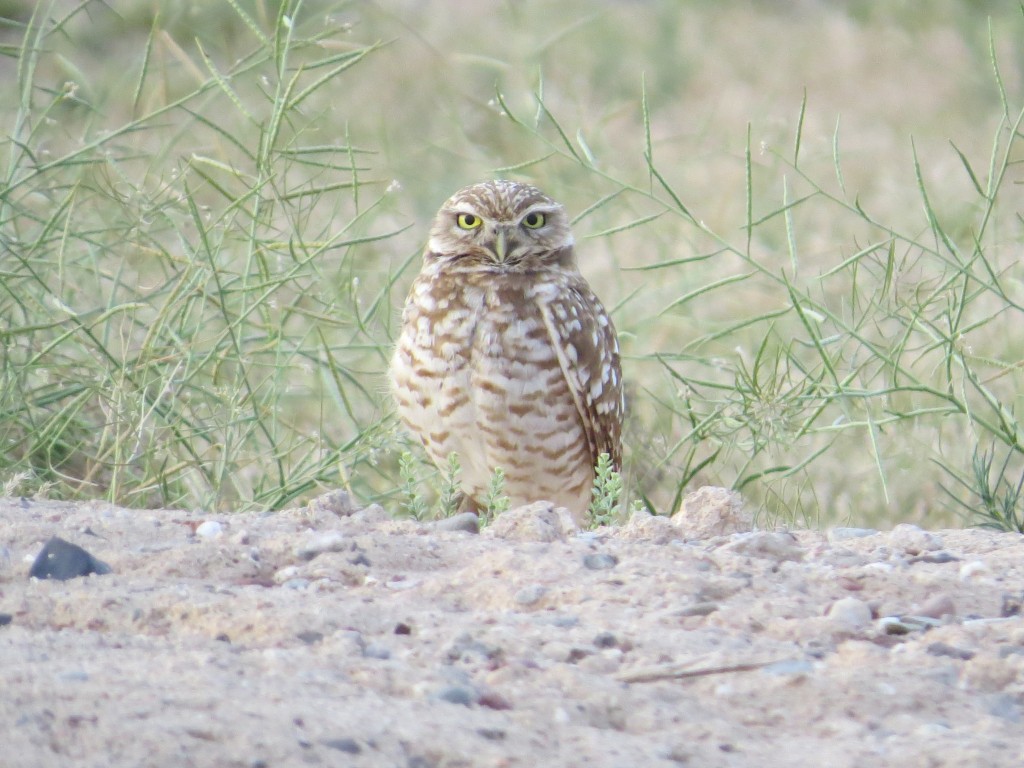
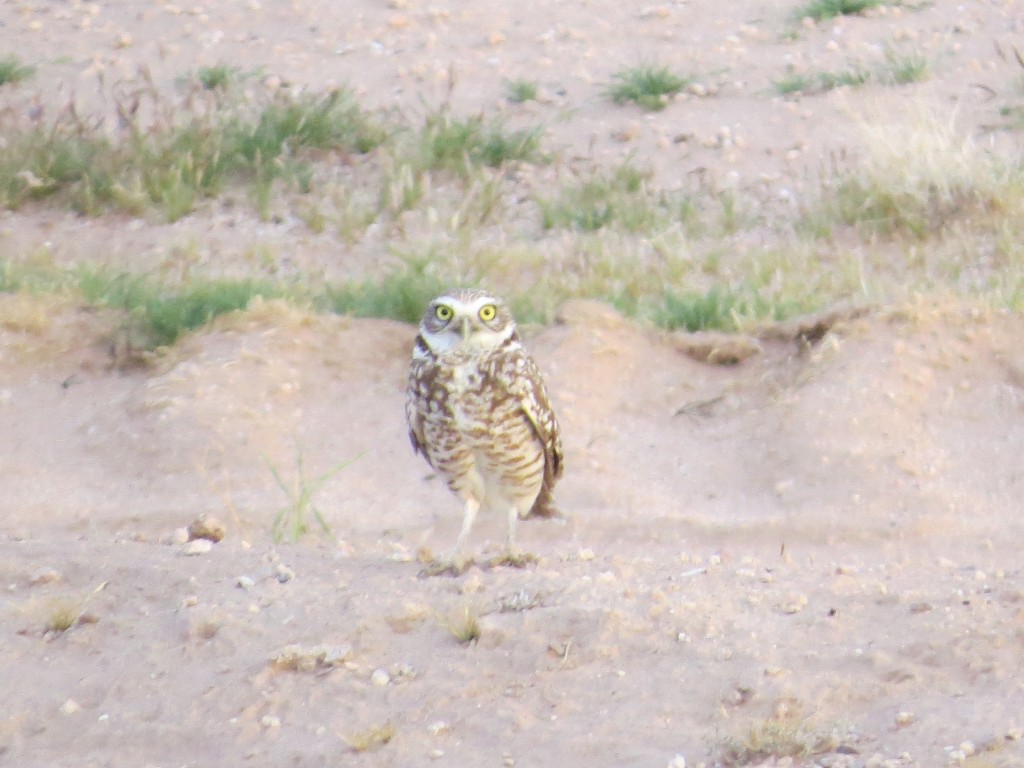
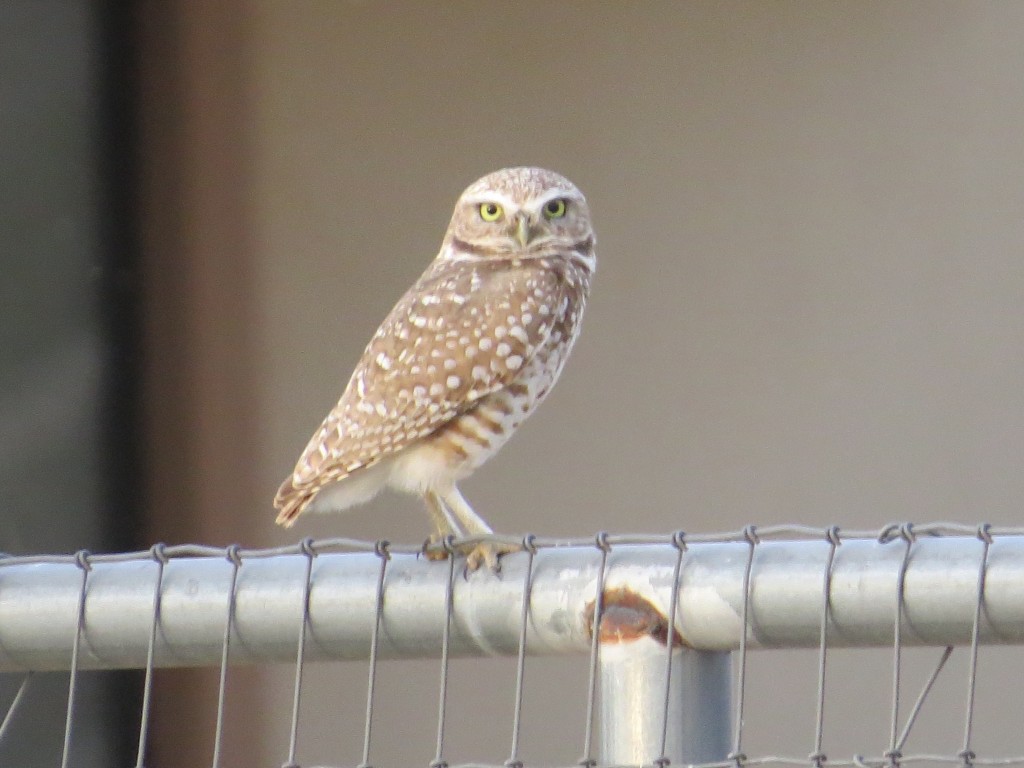 We think there may have been more than these three. It was hard to tell with the birds moving around. I couldn’t believe it – four burrowing owls. Now it didn’t matter what we saw or didn’t see. The night was already made four times over. My disappointment of not seeing a Burrower quickly changed to being bummed that I hadn’t spotted one by myself yet. Don’t get me wrong; I was thrilled, but I wanted to find my own owl. It’s funny how the dynamics of a birding outing can change so suddenly sending you on a roller-coaster of emotions. Call it birder mood swings. And as the saying goes, when it rains it pours because I spotted our next lifer – the very cool Black-necked Stilt! I did not expect to get this bird this trip.
We think there may have been more than these three. It was hard to tell with the birds moving around. I couldn’t believe it – four burrowing owls. Now it didn’t matter what we saw or didn’t see. The night was already made four times over. My disappointment of not seeing a Burrower quickly changed to being bummed that I hadn’t spotted one by myself yet. Don’t get me wrong; I was thrilled, but I wanted to find my own owl. It’s funny how the dynamics of a birding outing can change so suddenly sending you on a roller-coaster of emotions. Call it birder mood swings. And as the saying goes, when it rains it pours because I spotted our next lifer – the very cool Black-necked Stilt! I did not expect to get this bird this trip.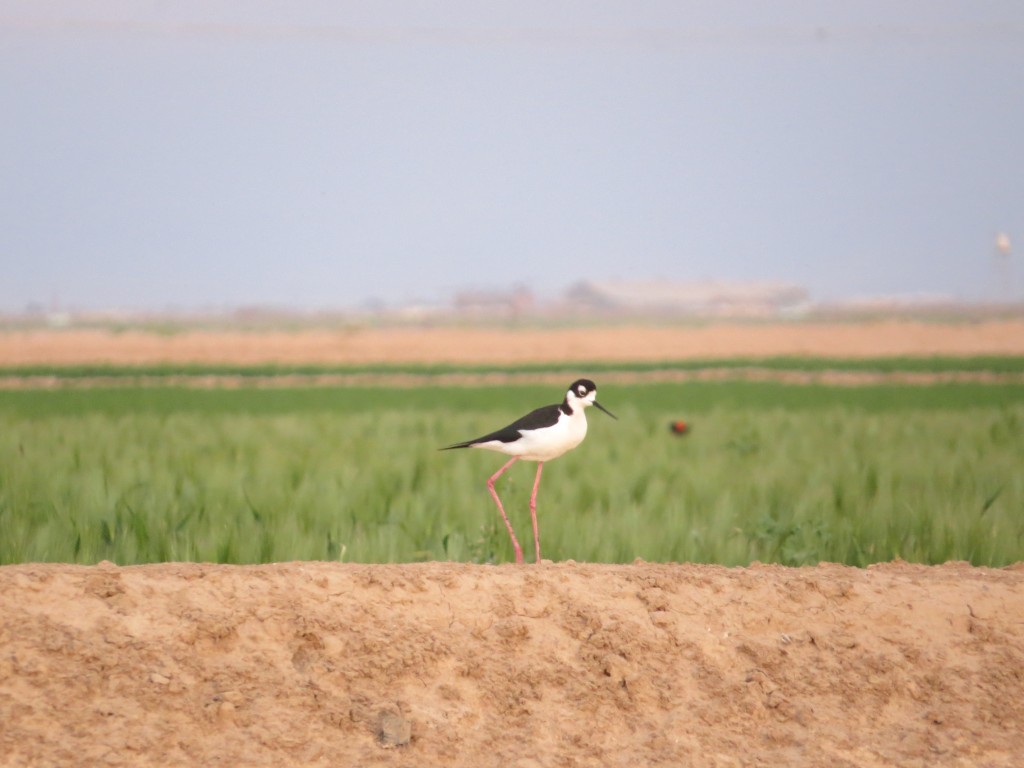
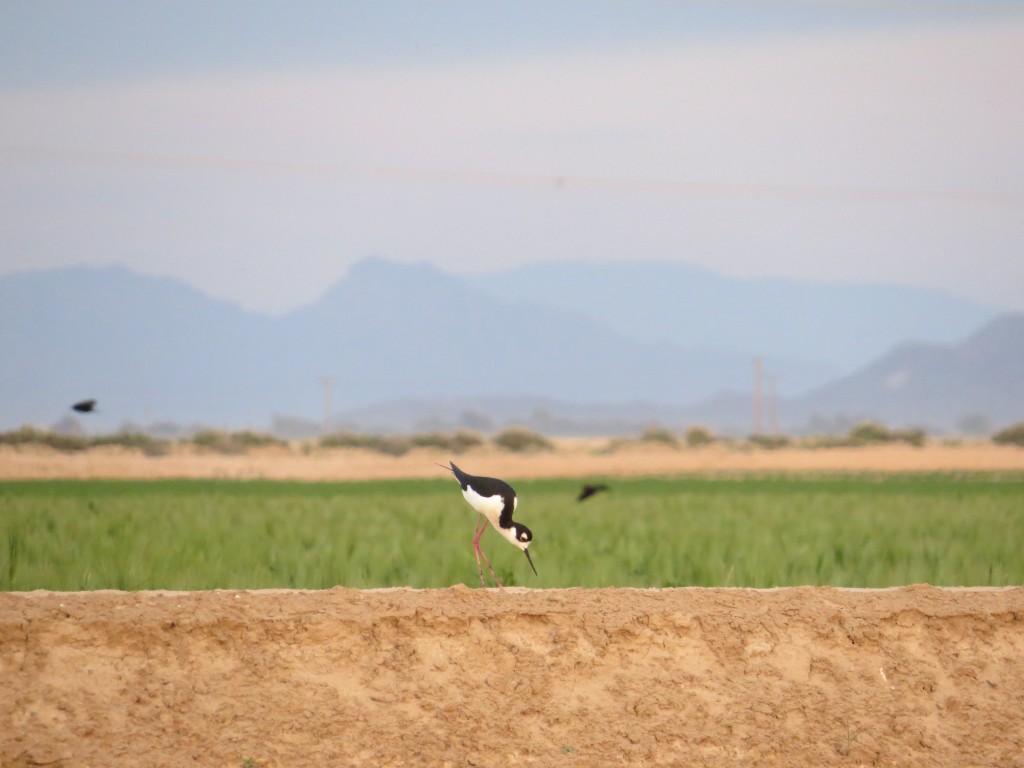 What a fantastic-looking creature. And there were two of them. In addition to the stilts, we enjoyed the chorus of thousands of migrating Red-winged Blackbirds. For a prairie birder, that has got to be one of the best sounds of spring. You can see some of these birds in the background below.
What a fantastic-looking creature. And there were two of them. In addition to the stilts, we enjoyed the chorus of thousands of migrating Red-winged Blackbirds. For a prairie birder, that has got to be one of the best sounds of spring. You can see some of these birds in the background below.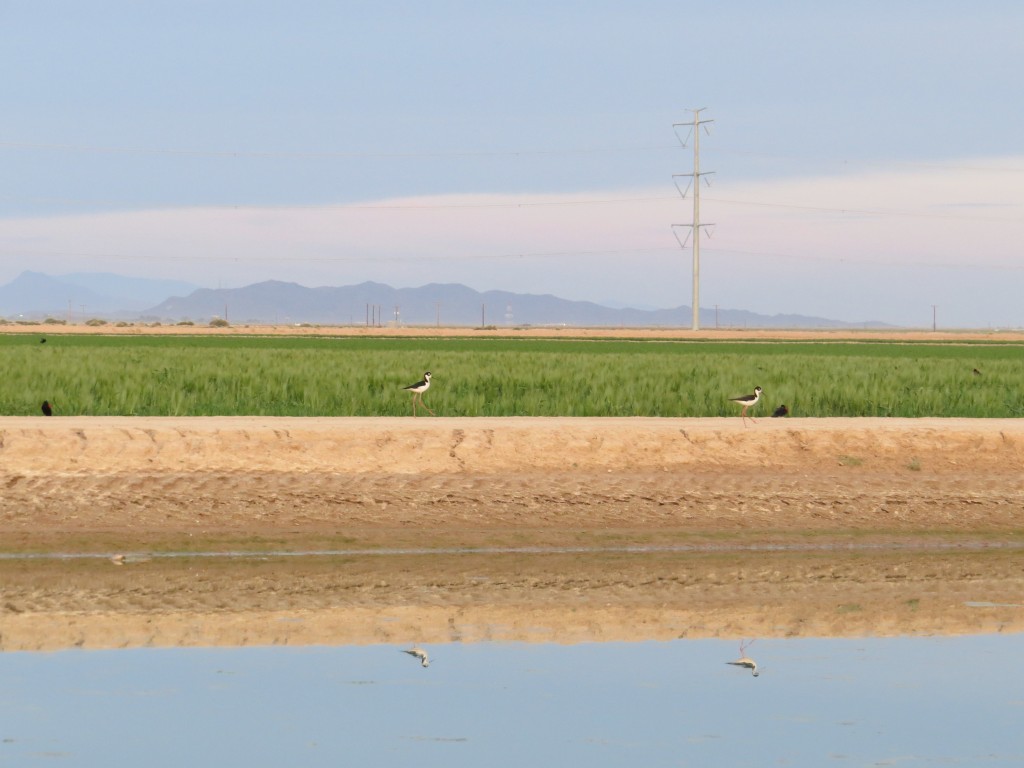 It’s pretty hard to top the night we had, but I managed to do just that by spotting my own pair of Burrowing Owls! Then my mom spotted one herself too! All told, there were four Burrowing Owls in this new location. Unbelievable. Eight Burrowing Owls for the drive. I hadn’t even seen an eBird report listing that many.
It’s pretty hard to top the night we had, but I managed to do just that by spotting my own pair of Burrowing Owls! Then my mom spotted one herself too! All told, there were four Burrowing Owls in this new location. Unbelievable. Eight Burrowing Owls for the drive. I hadn’t even seen an eBird report listing that many.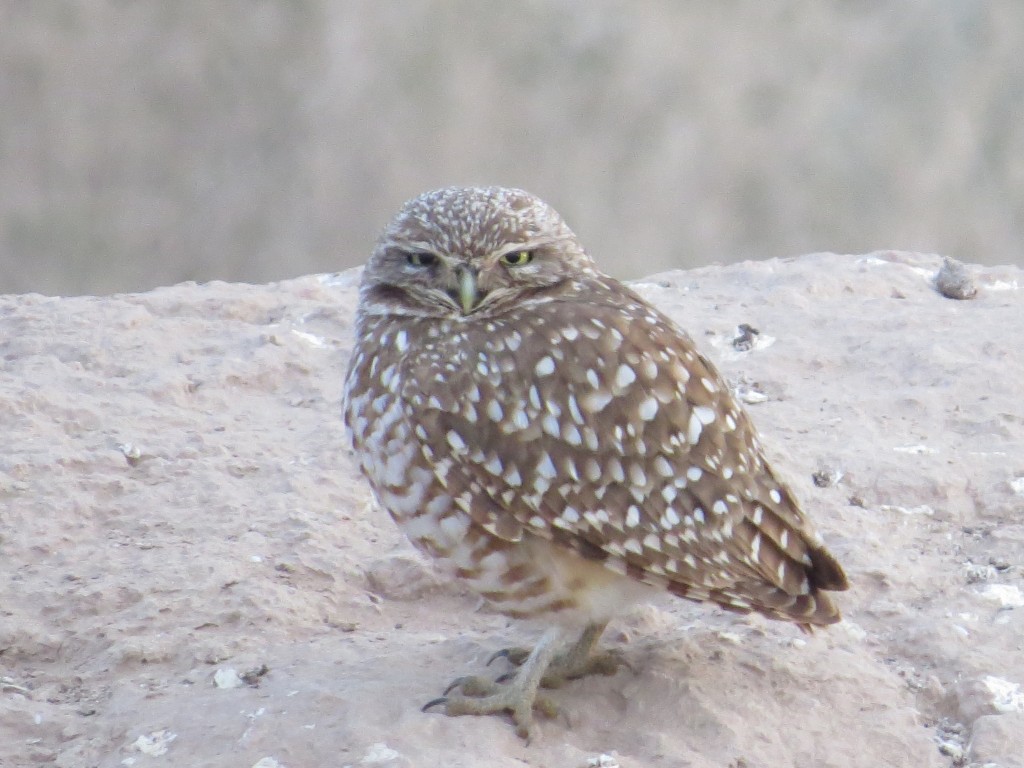
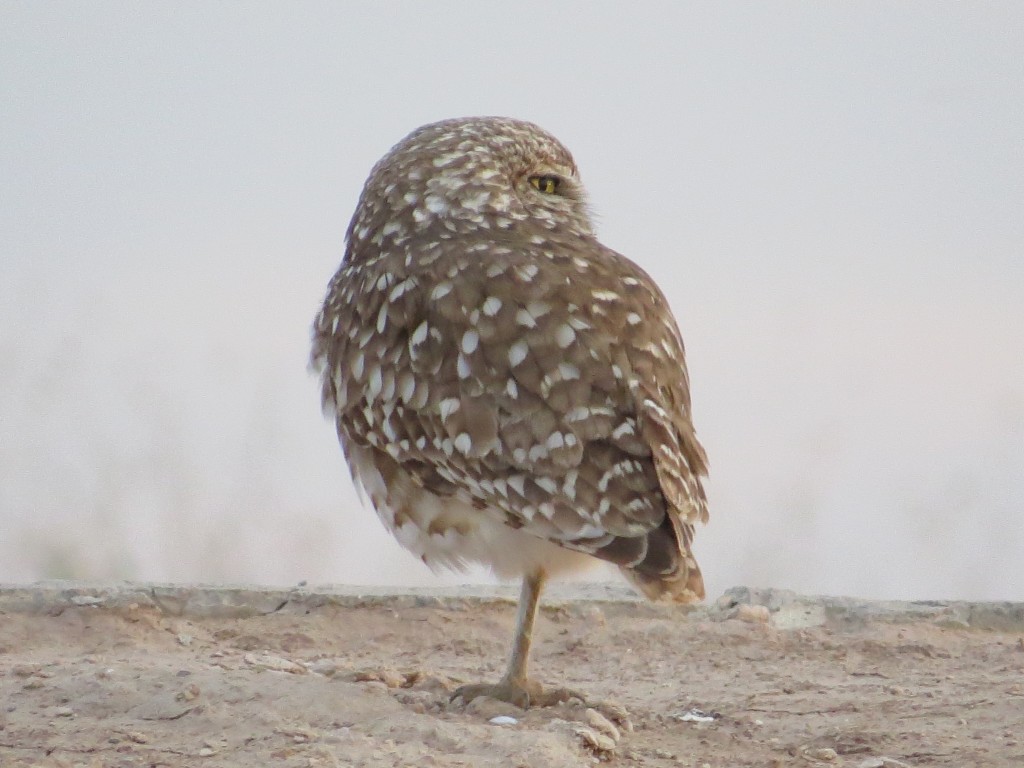 I really love these next photos as I captured a pair of Burrowers in their burrow. The one just peeking out is classic. We got to observe these owls walk backward into their burrow at the sight of an approaching hawk. The poopy whitewash you see shows that these owls regularly perch at their burrows.
I really love these next photos as I captured a pair of Burrowers in their burrow. The one just peeking out is classic. We got to observe these owls walk backward into their burrow at the sight of an approaching hawk. The poopy whitewash you see shows that these owls regularly perch at their burrows.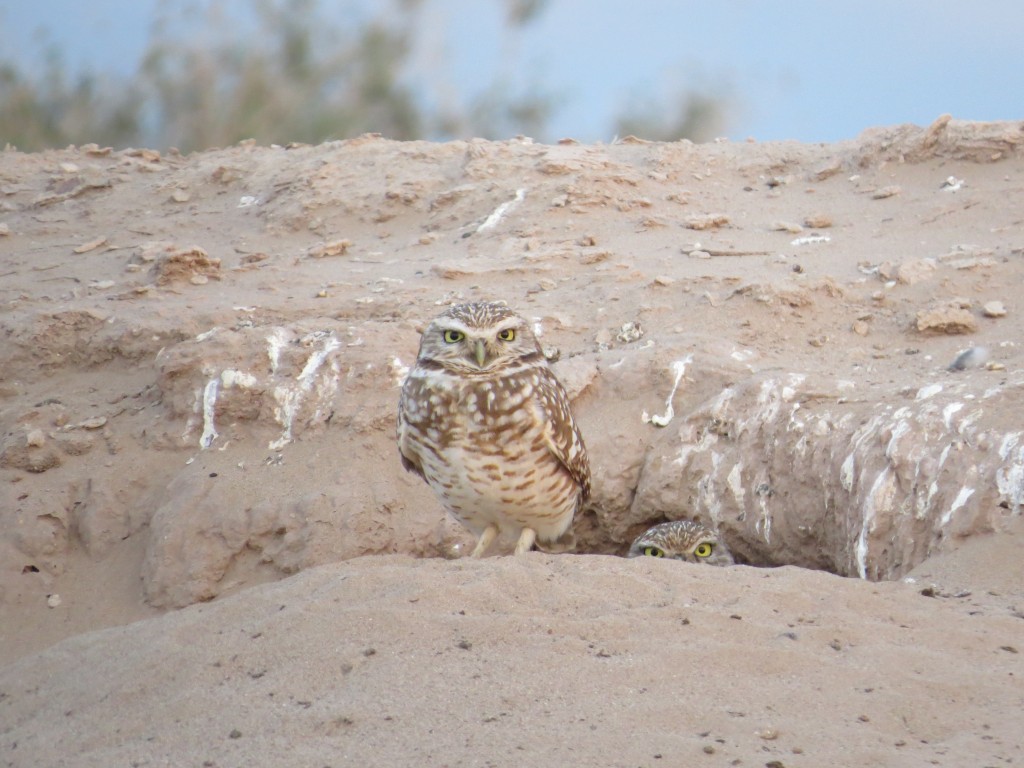
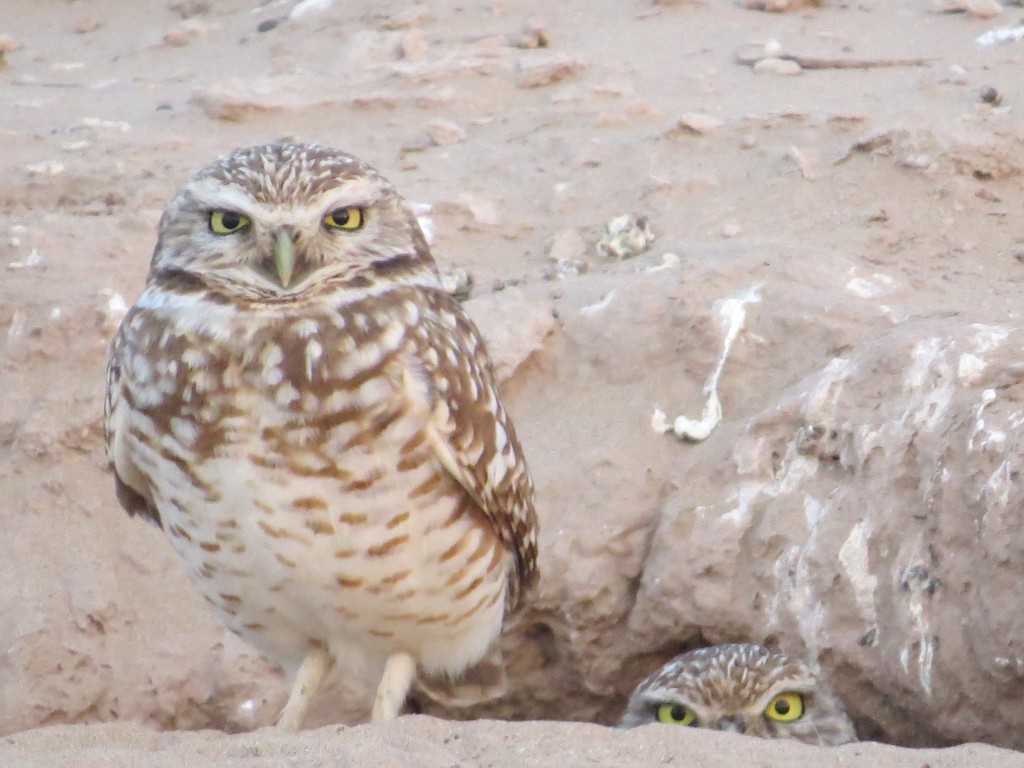
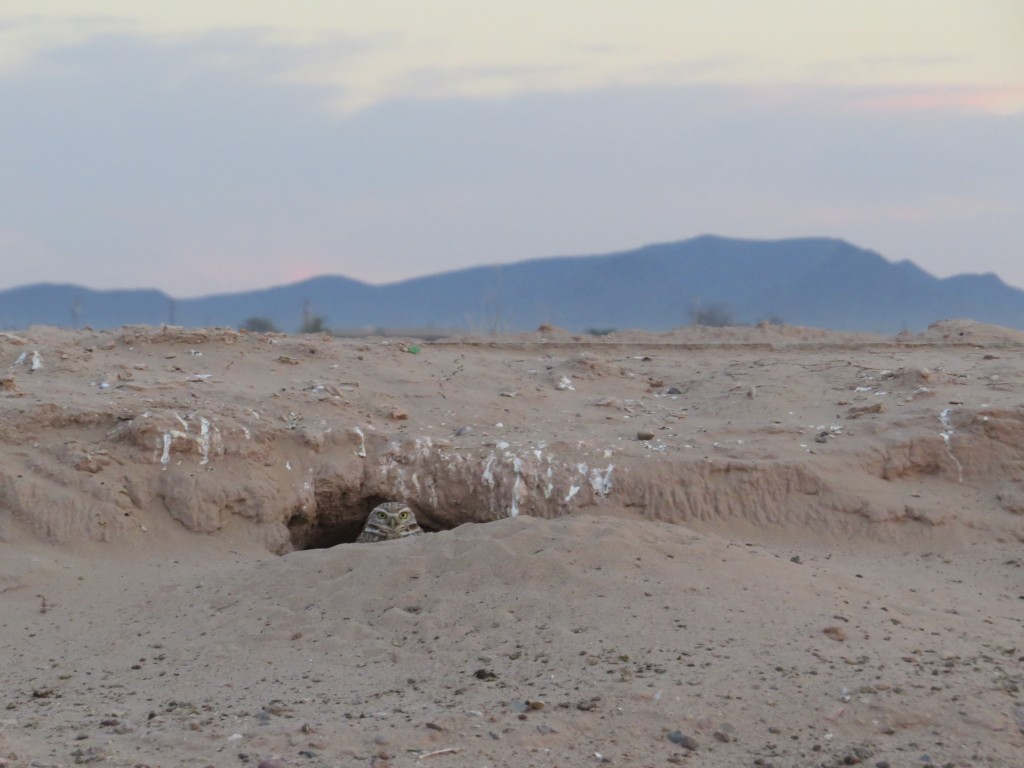
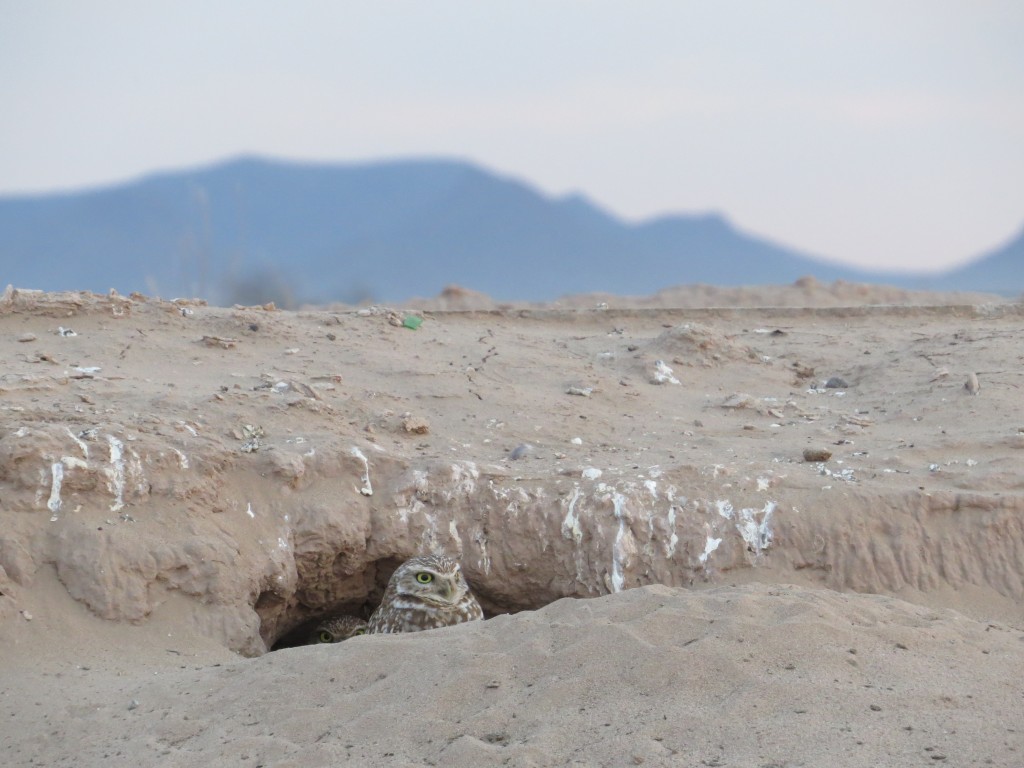 This night couldn’t have been any better. As my dad said, finding our own Burrowers was a lot more fun than just following up on other birders’ reports. To top it all off, we picked up our Swainson’s Hawk lifer on the way home bringing our lifer total to 11 for the first day! And my top two targets of Burrowing Owl and Cinnamon teal were already found. Now I could actually enjoy the sinking sun instead of lamenting its passing.
This night couldn’t have been any better. As my dad said, finding our own Burrowers was a lot more fun than just following up on other birders’ reports. To top it all off, we picked up our Swainson’s Hawk lifer on the way home bringing our lifer total to 11 for the first day! And my top two targets of Burrowing Owl and Cinnamon teal were already found. Now I could actually enjoy the sinking sun instead of lamenting its passing. 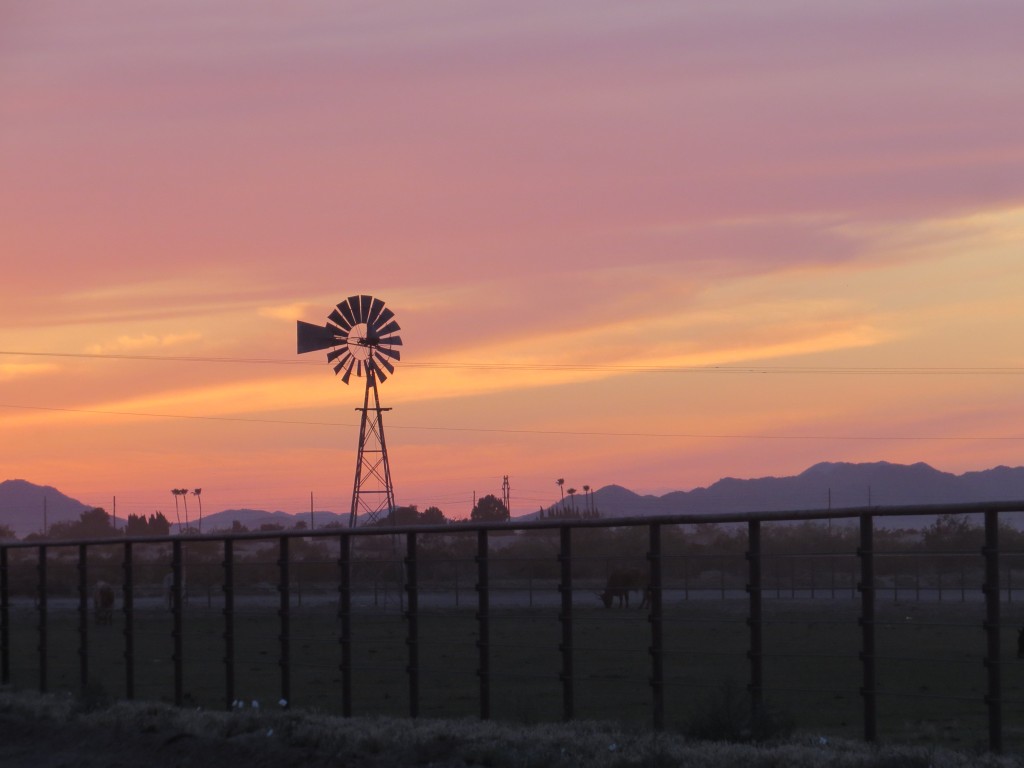
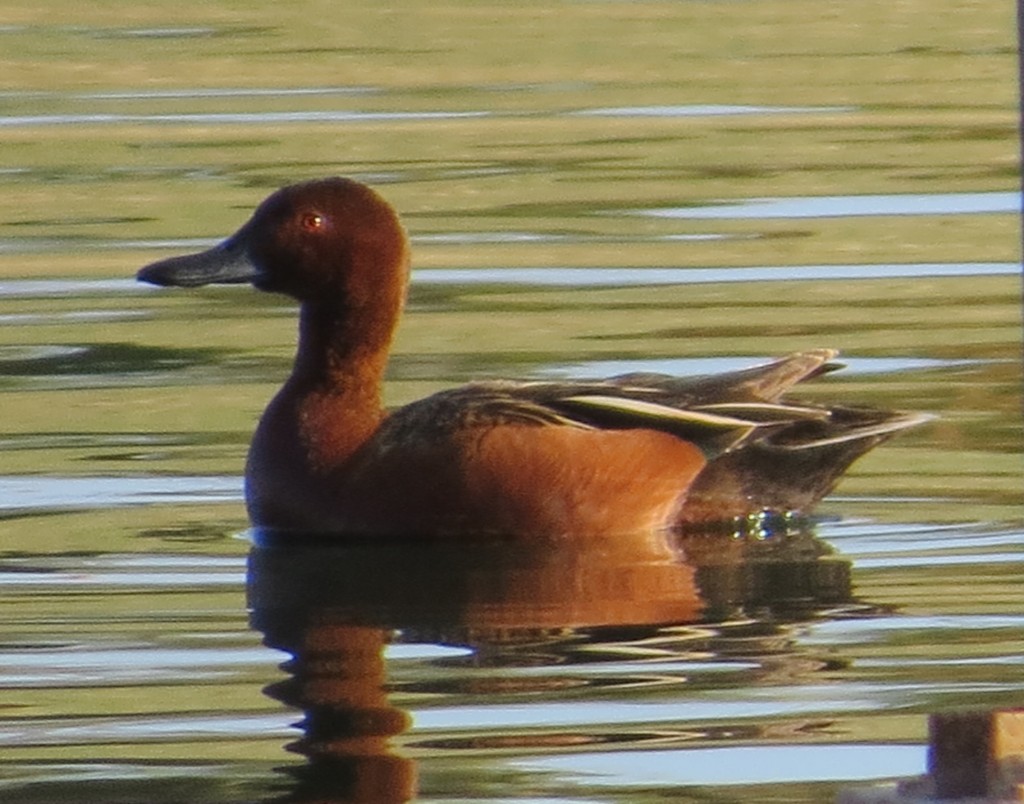
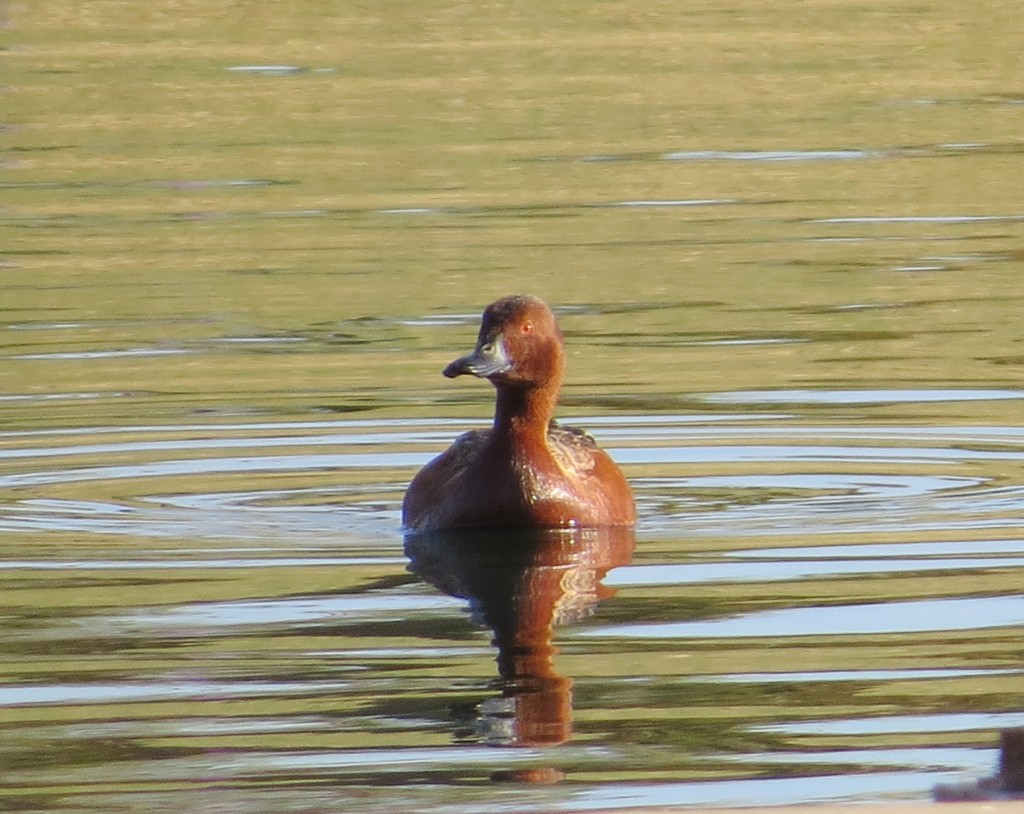 Bam! What a way to start the Arizona birding! As I was standing in the middle of the street photographing this bird, the air was filled with the most exotic bird noises I’ve ever heard. What I was hearing were the clicks, whistles, and squeaks of Great-tailed Grackles everywhere. I’ve heard them called nuisance birds before, but I thought they were simply amazing. Maybe it was the sounds, maybe it was warmth, maybe it was the cool cacti and palm vegetation everywhere, but I was enjoying the euphoria of birding in this wonderful new environment.
Bam! What a way to start the Arizona birding! As I was standing in the middle of the street photographing this bird, the air was filled with the most exotic bird noises I’ve ever heard. What I was hearing were the clicks, whistles, and squeaks of Great-tailed Grackles everywhere. I’ve heard them called nuisance birds before, but I thought they were simply amazing. Maybe it was the sounds, maybe it was warmth, maybe it was the cool cacti and palm vegetation everywhere, but I was enjoying the euphoria of birding in this wonderful new environment.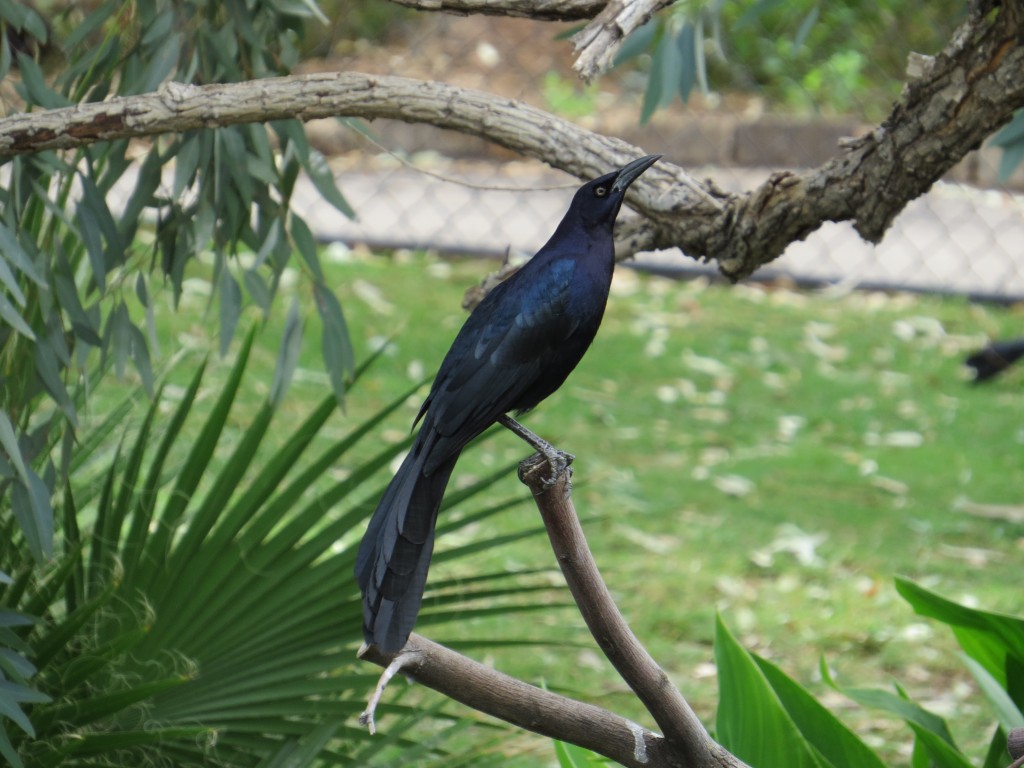
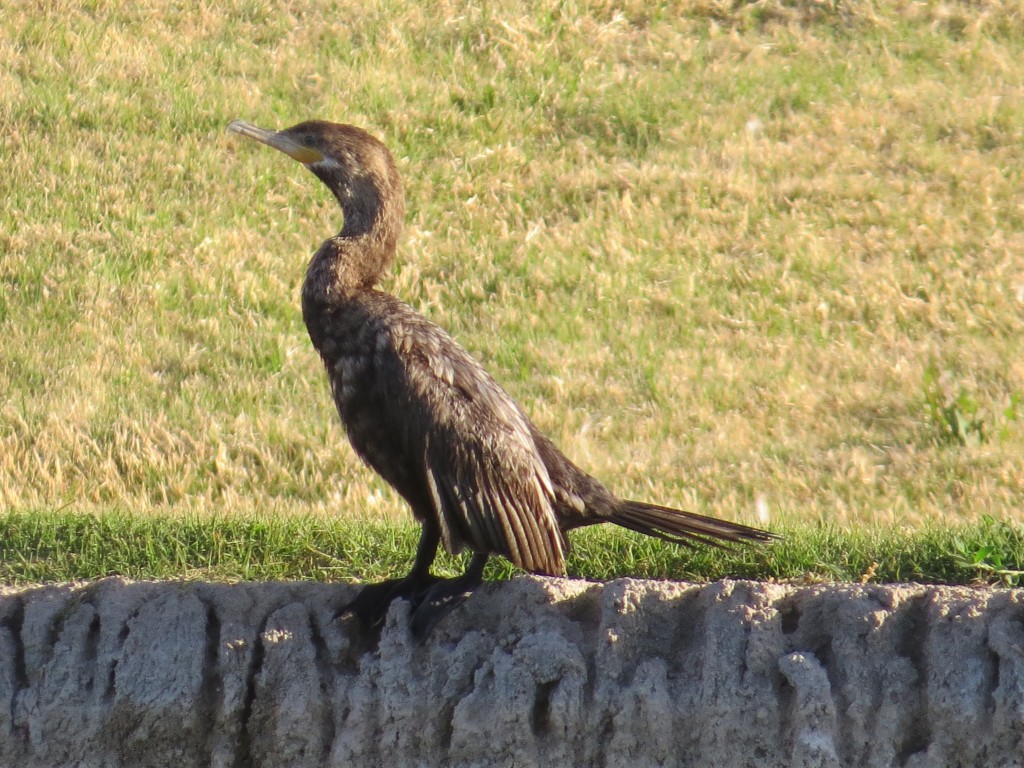
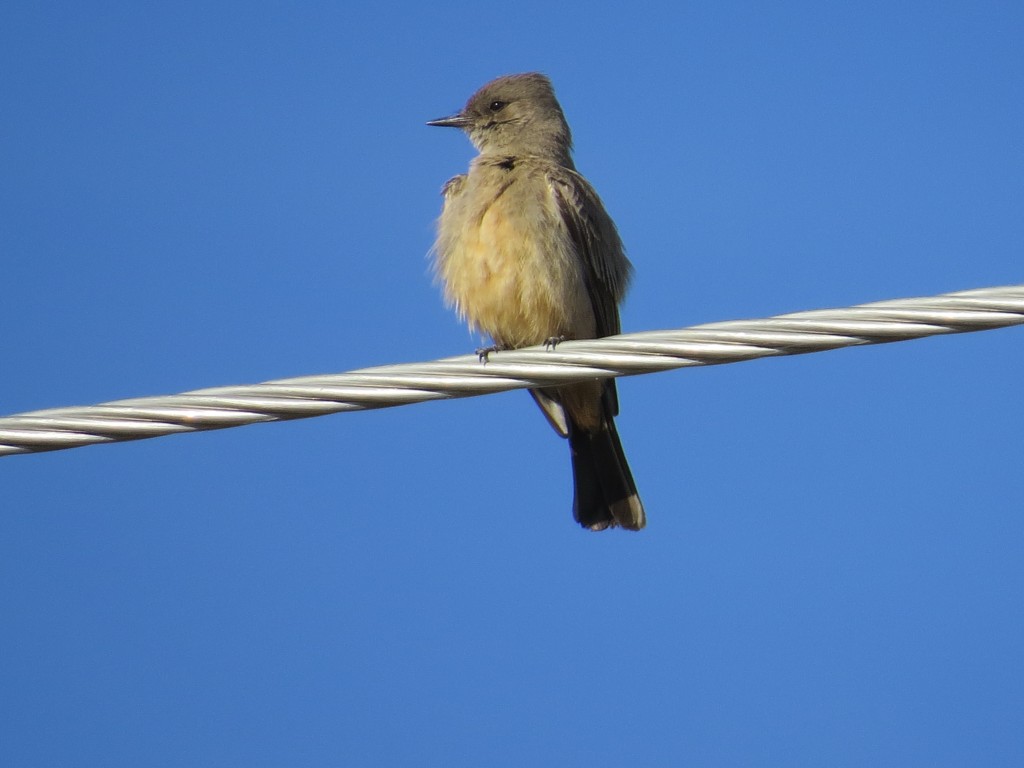
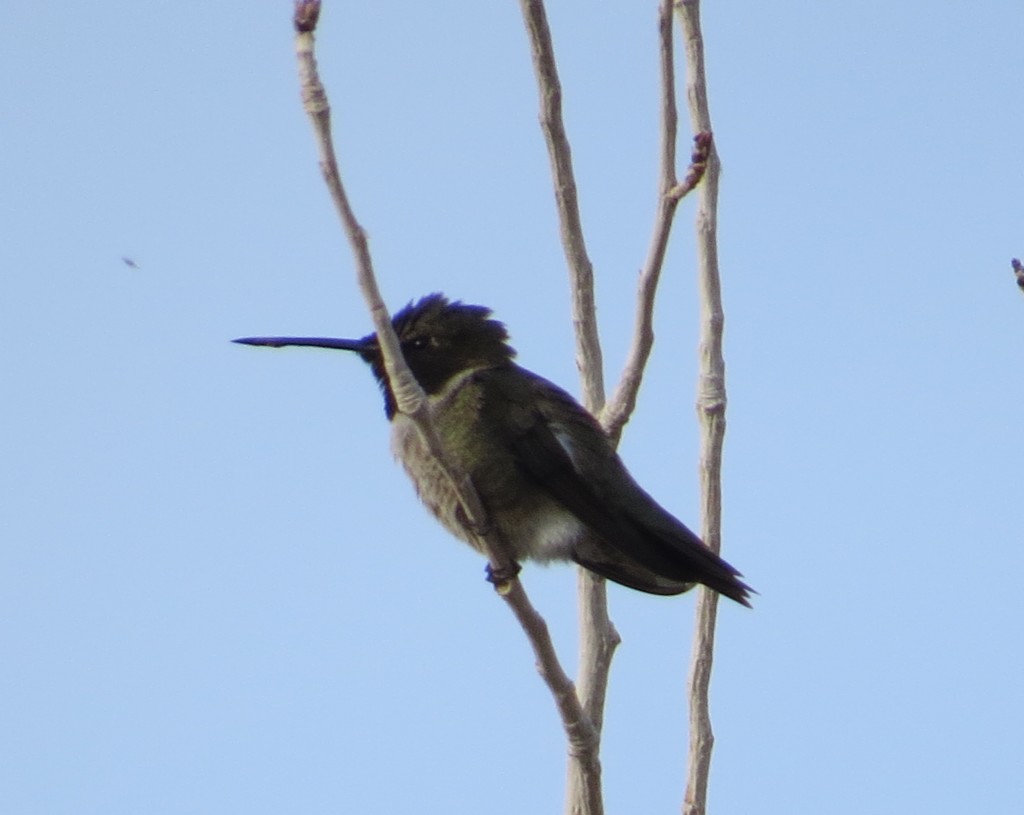
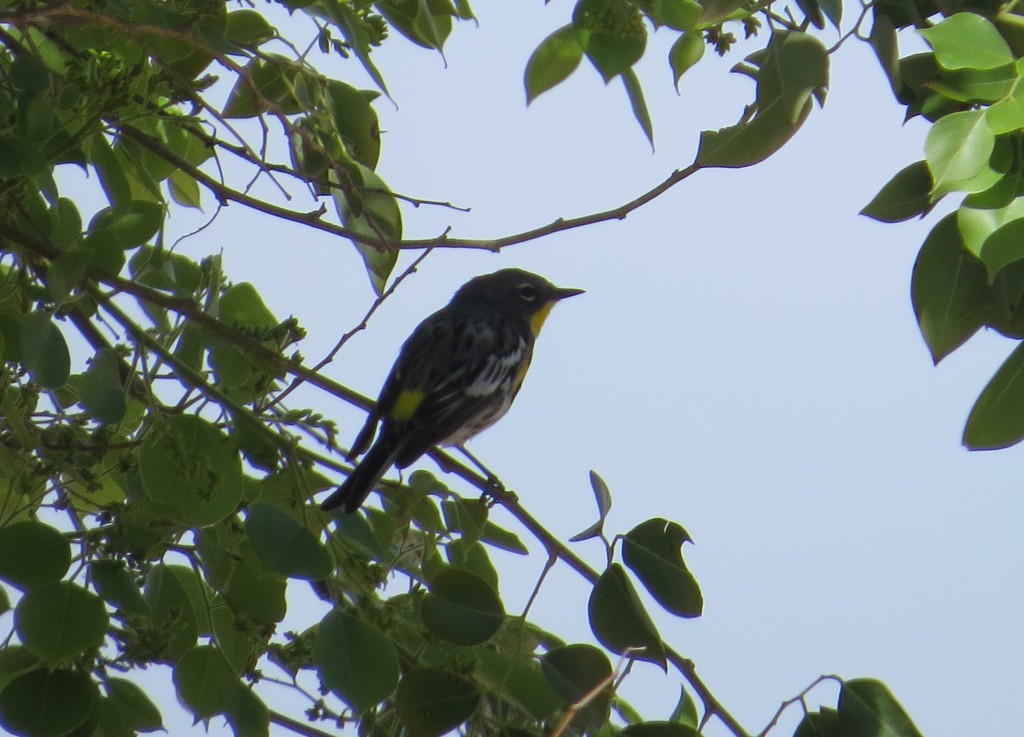
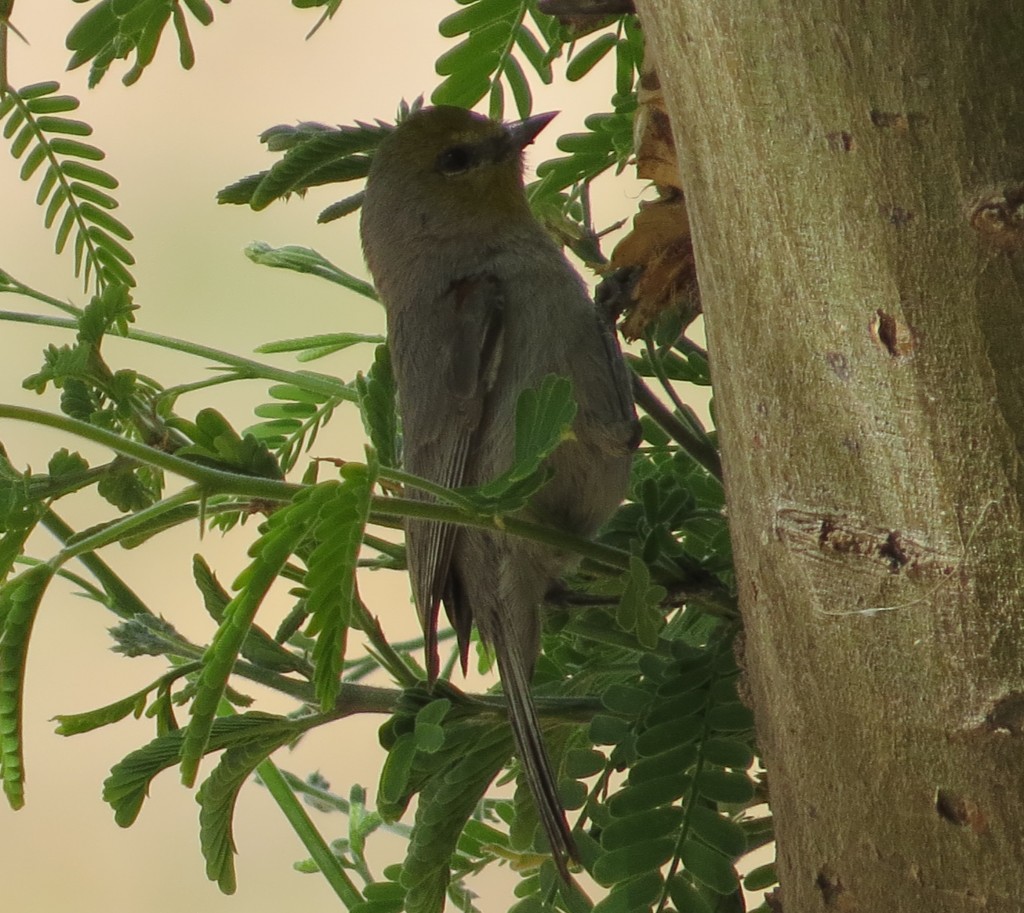
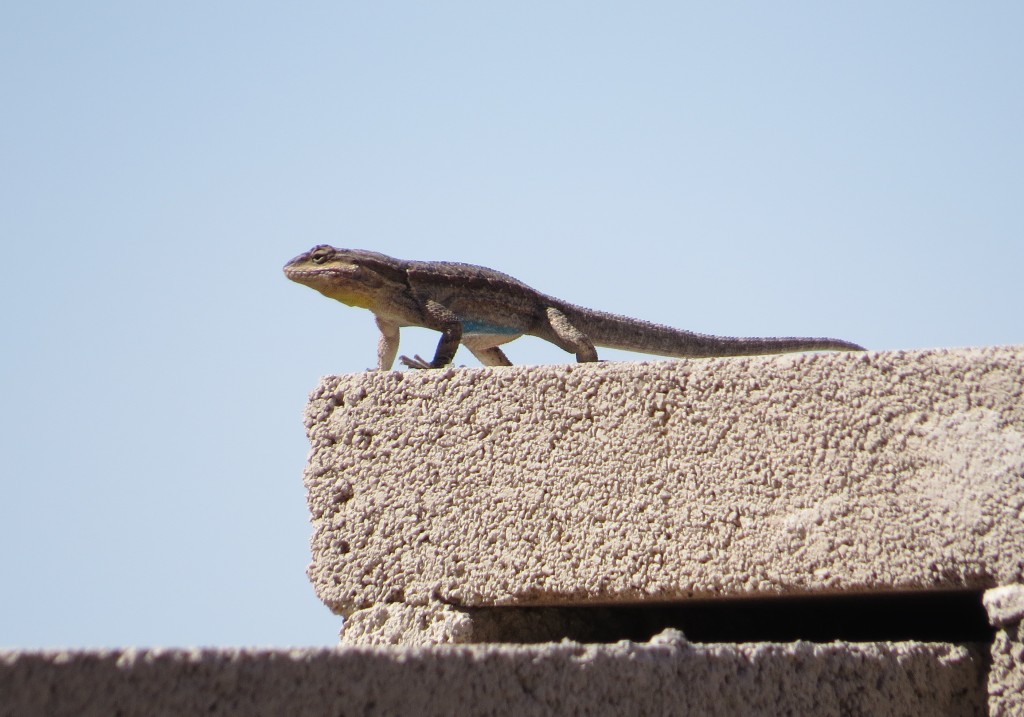
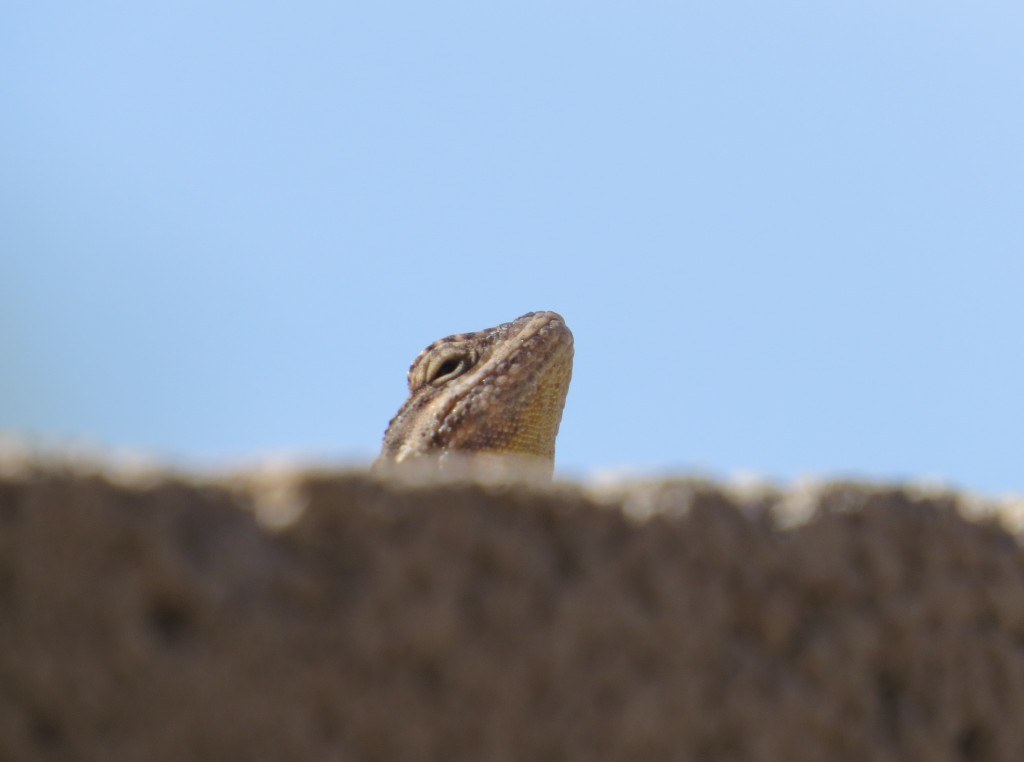 After some time of going in the house to check on Marin and going out of the house to look for new birds, I was getting the itch to see what other avian treasures the neighborhood held. So Dad and I went for a little walk. Right around the corner we found another life bird, the Northern Mockingbird.
After some time of going in the house to check on Marin and going out of the house to look for new birds, I was getting the itch to see what other avian treasures the neighborhood held. So Dad and I went for a little walk. Right around the corner we found another life bird, the Northern Mockingbird.